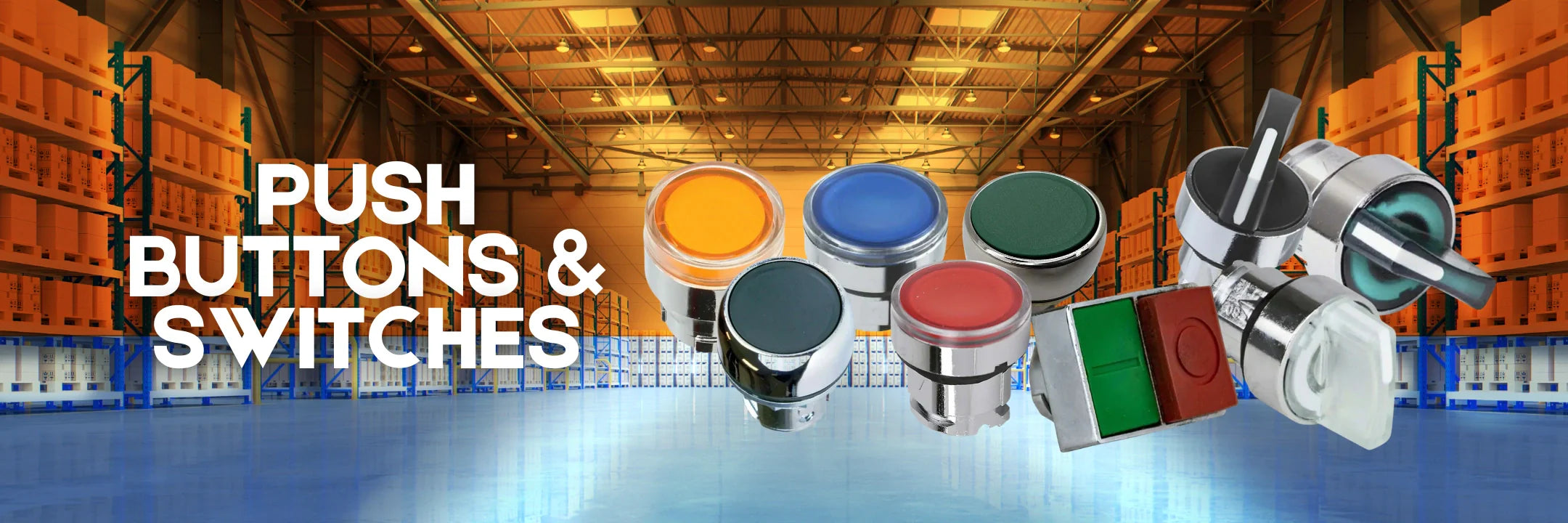
Pulsadores e interruptores
276 productos
Mostrando 1 - 48 de 276 productos
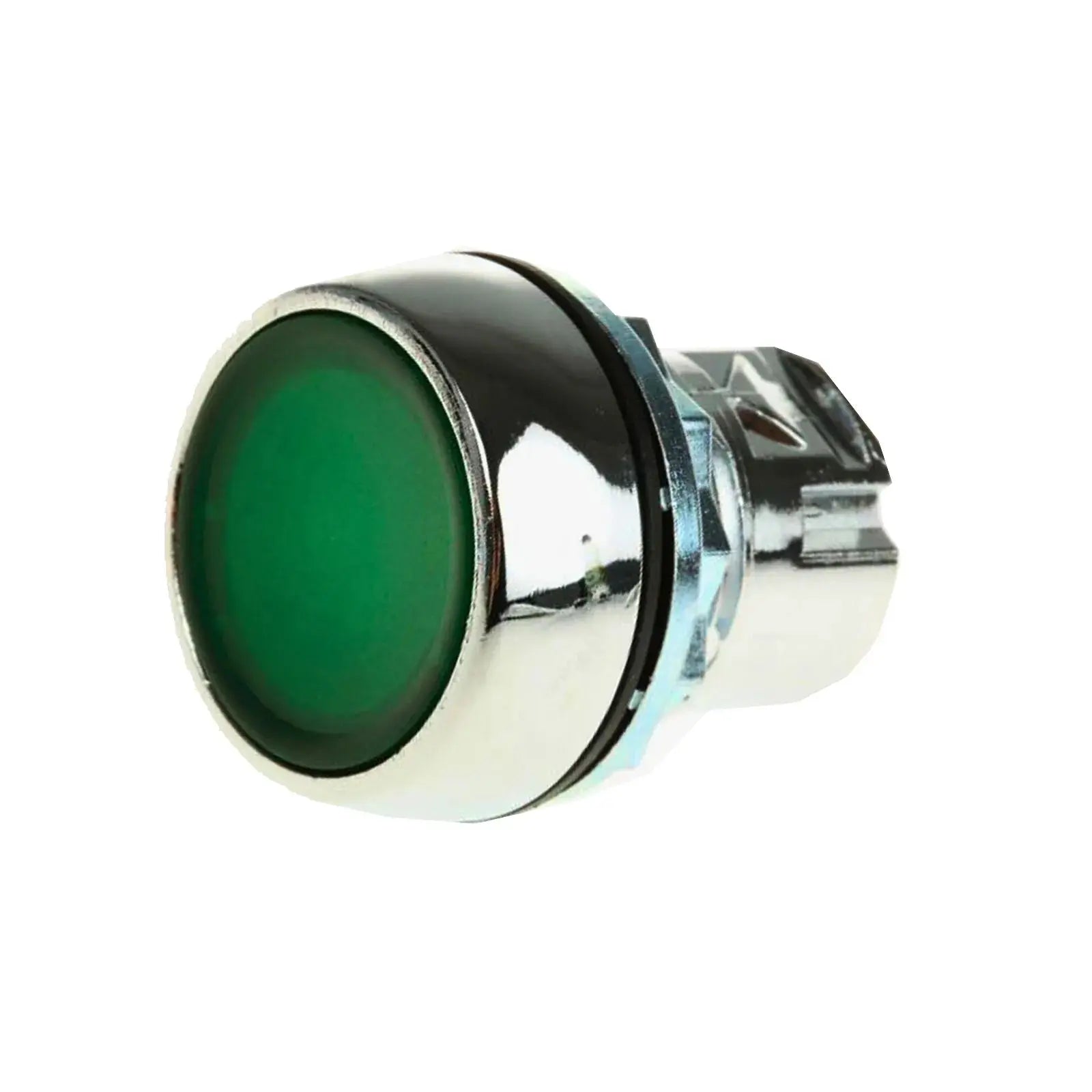
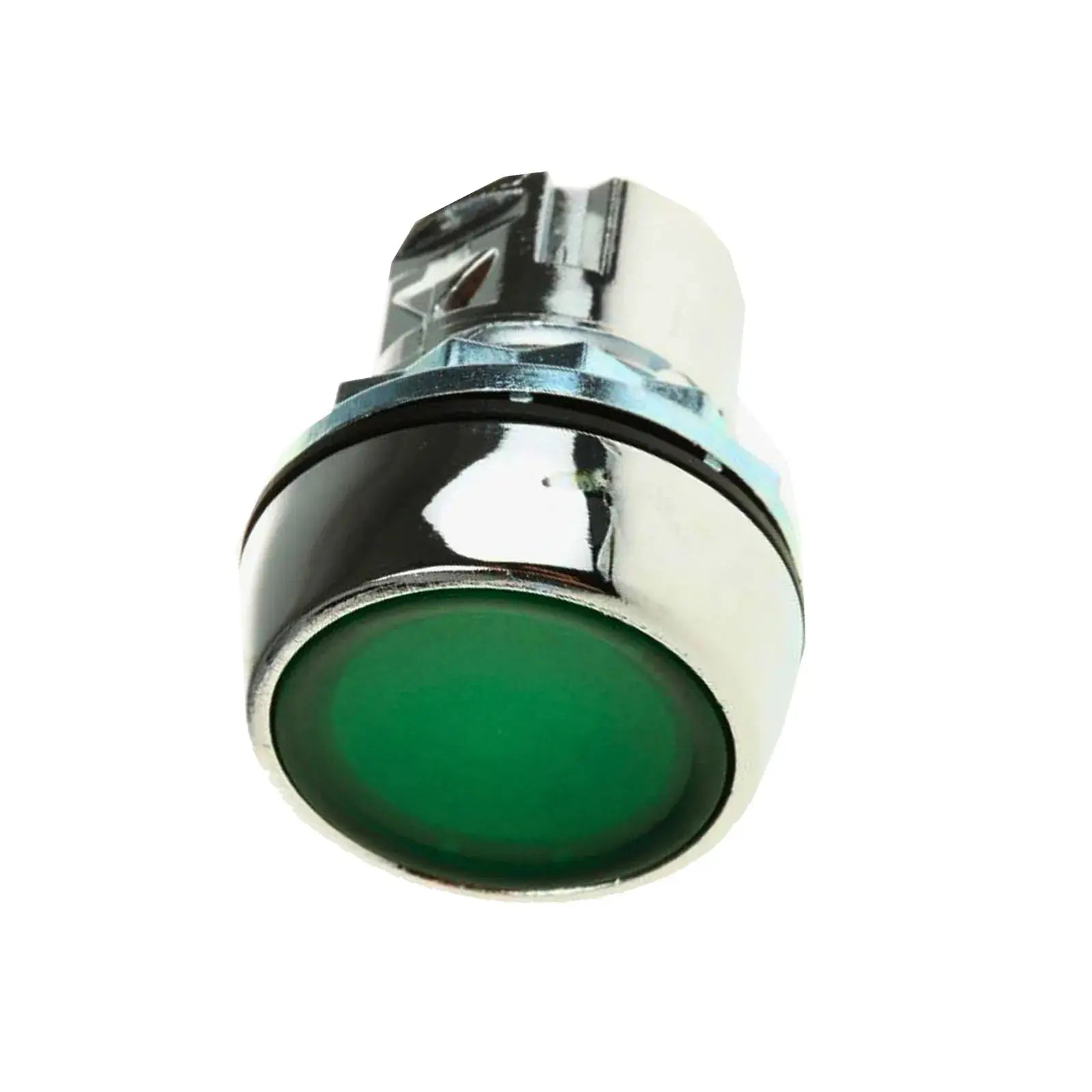
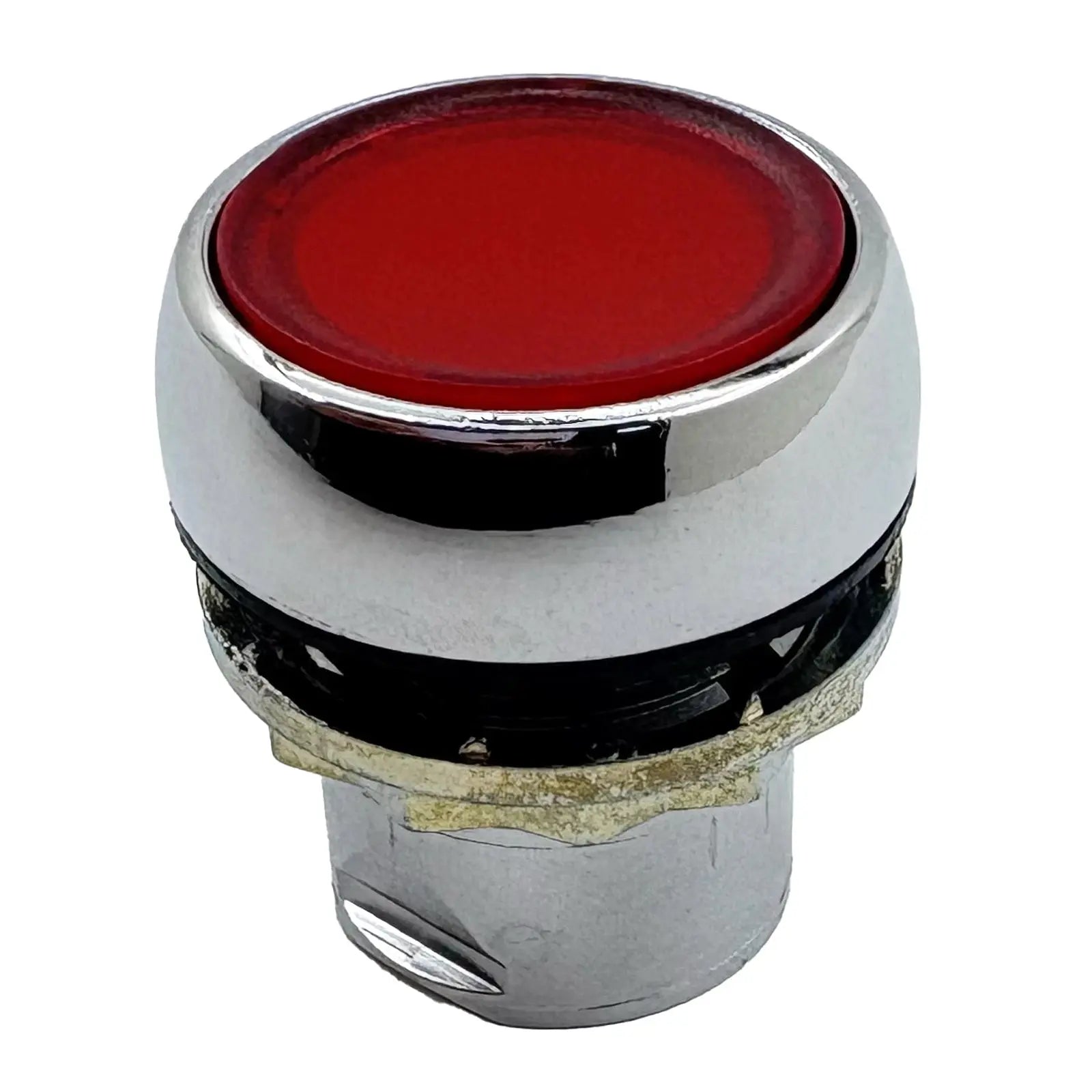
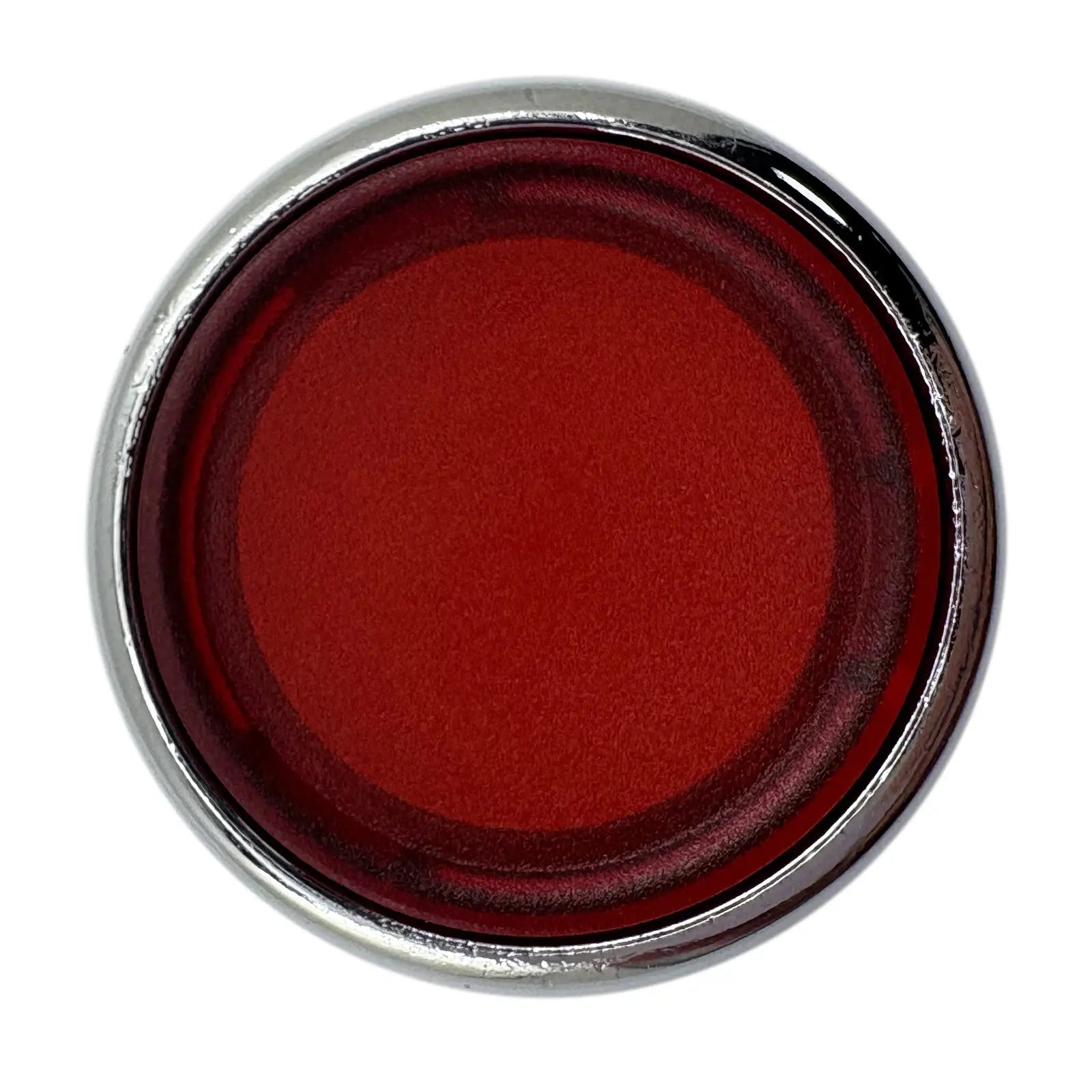

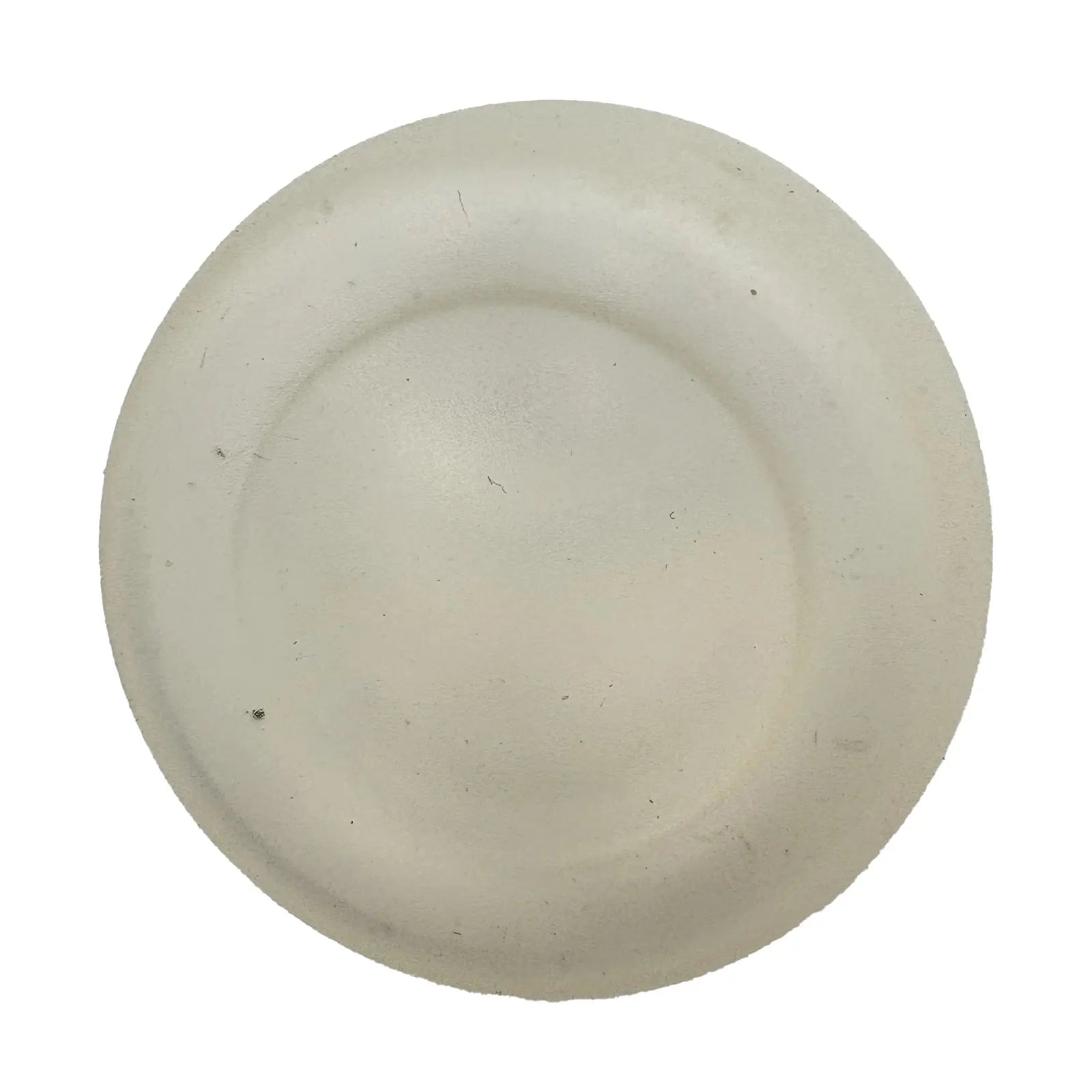
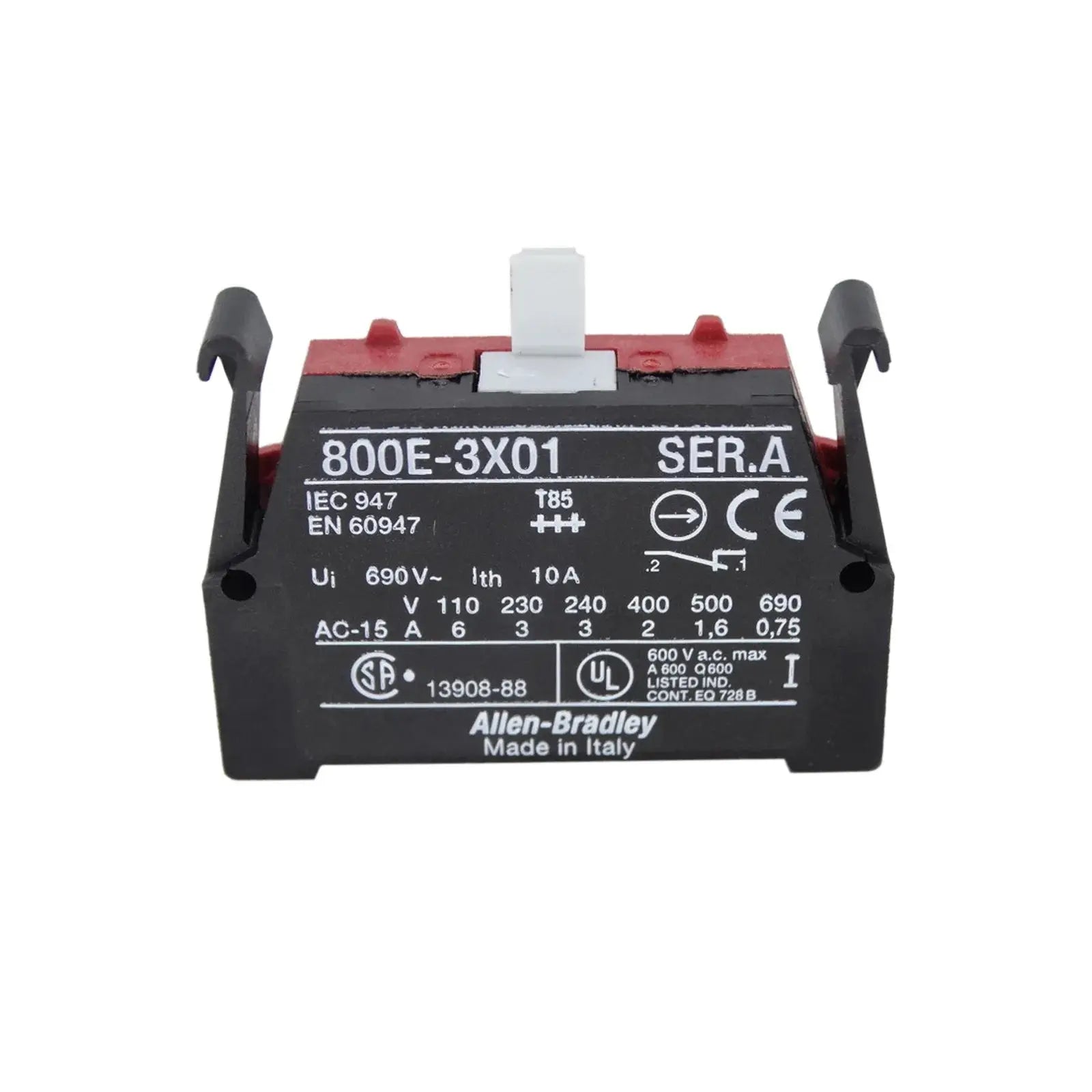
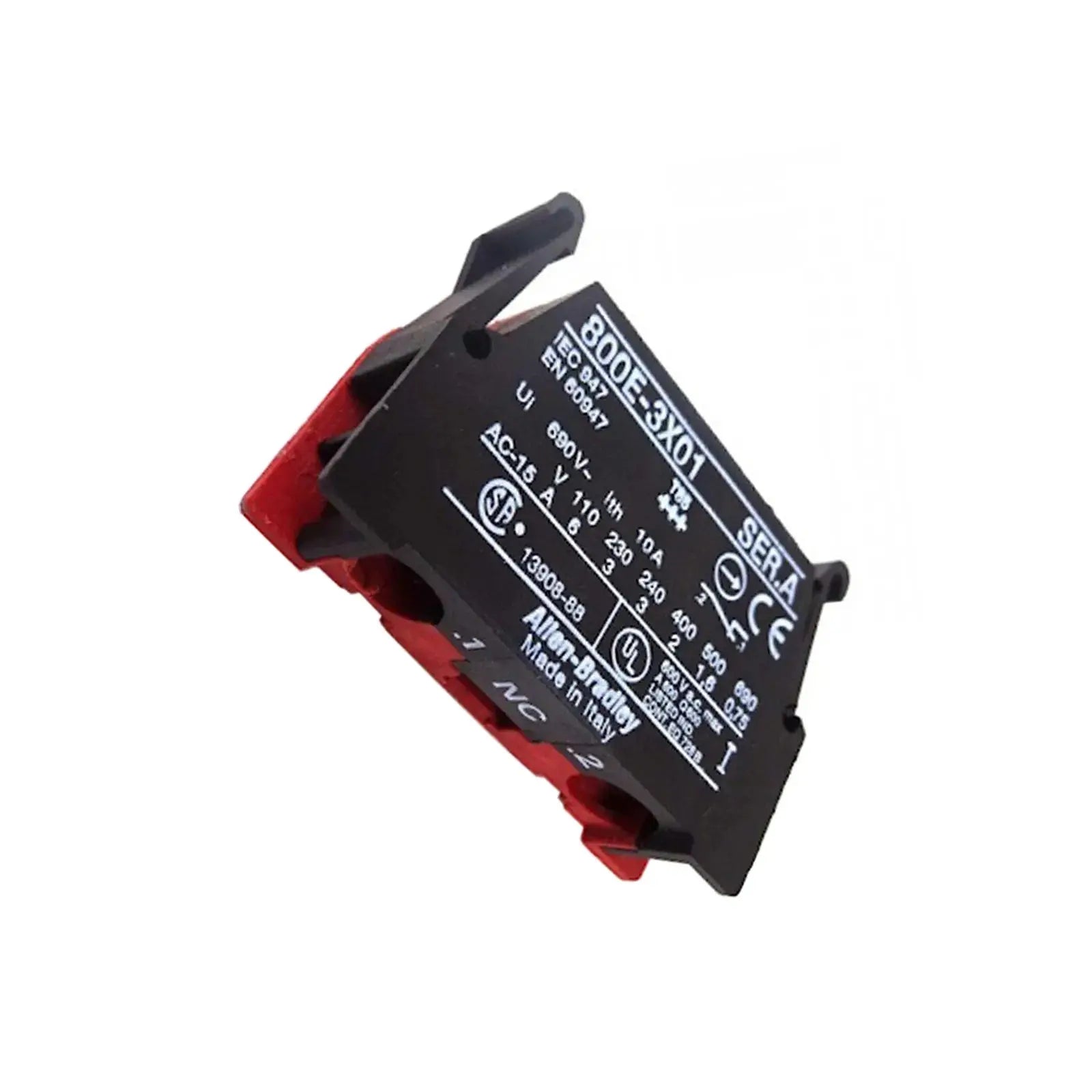
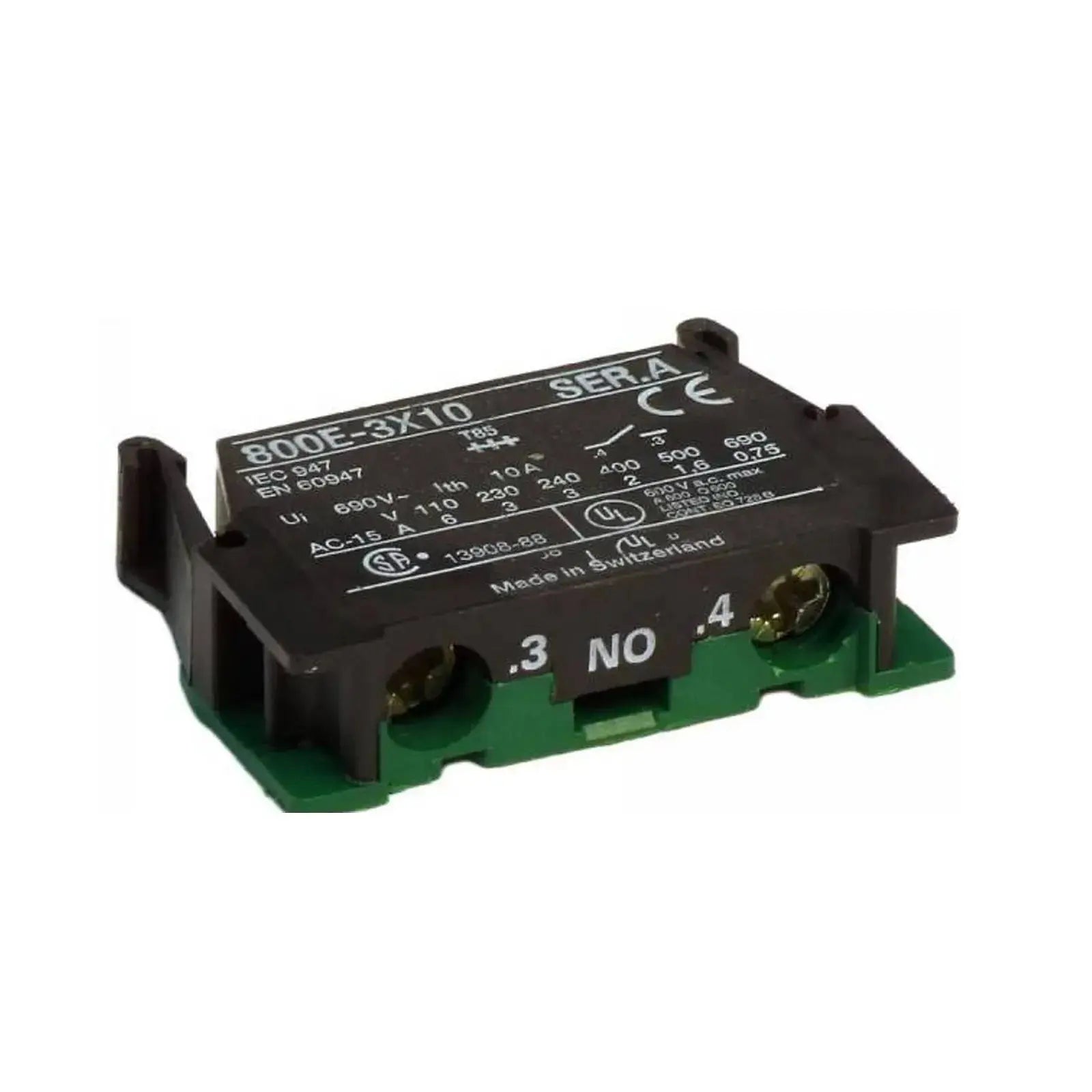
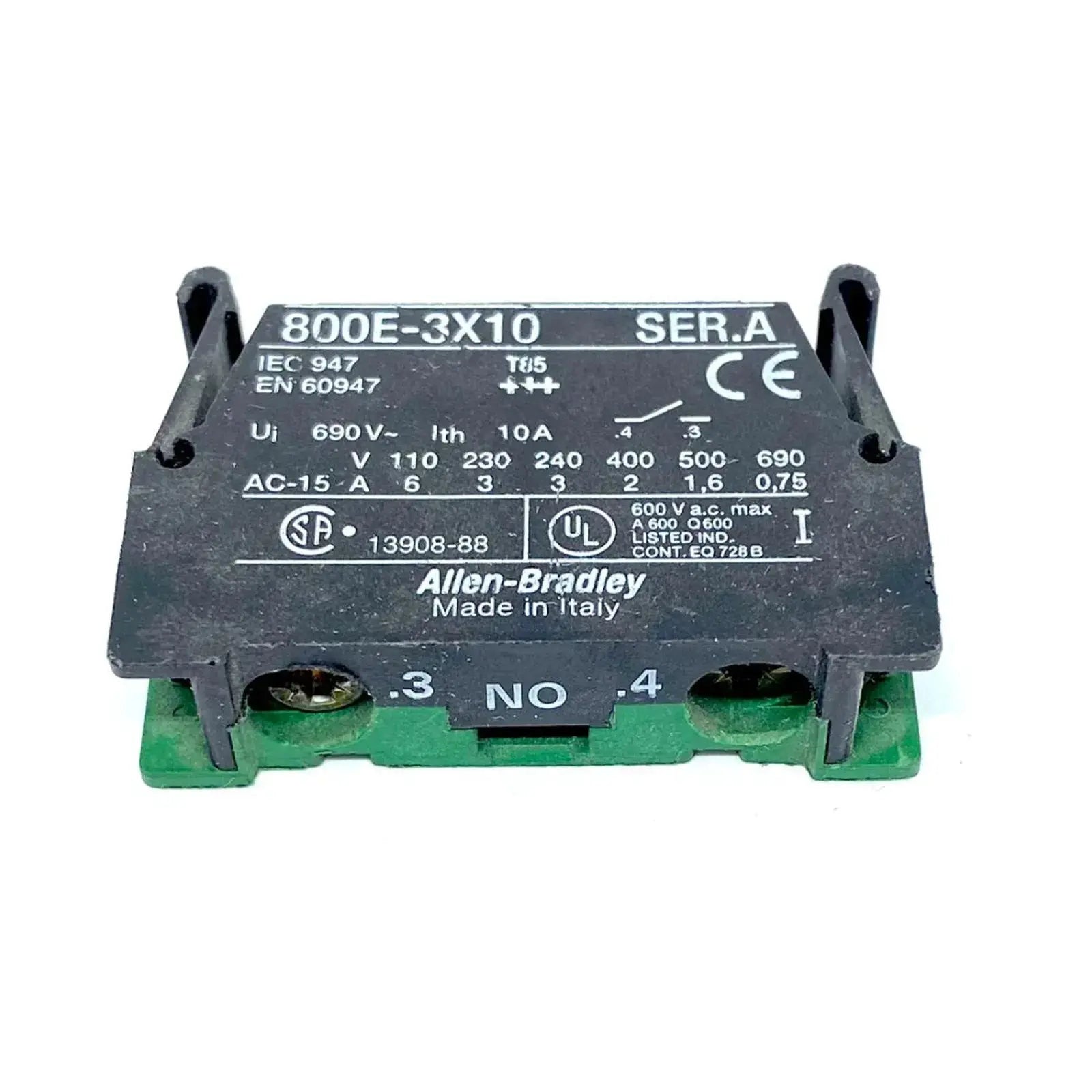
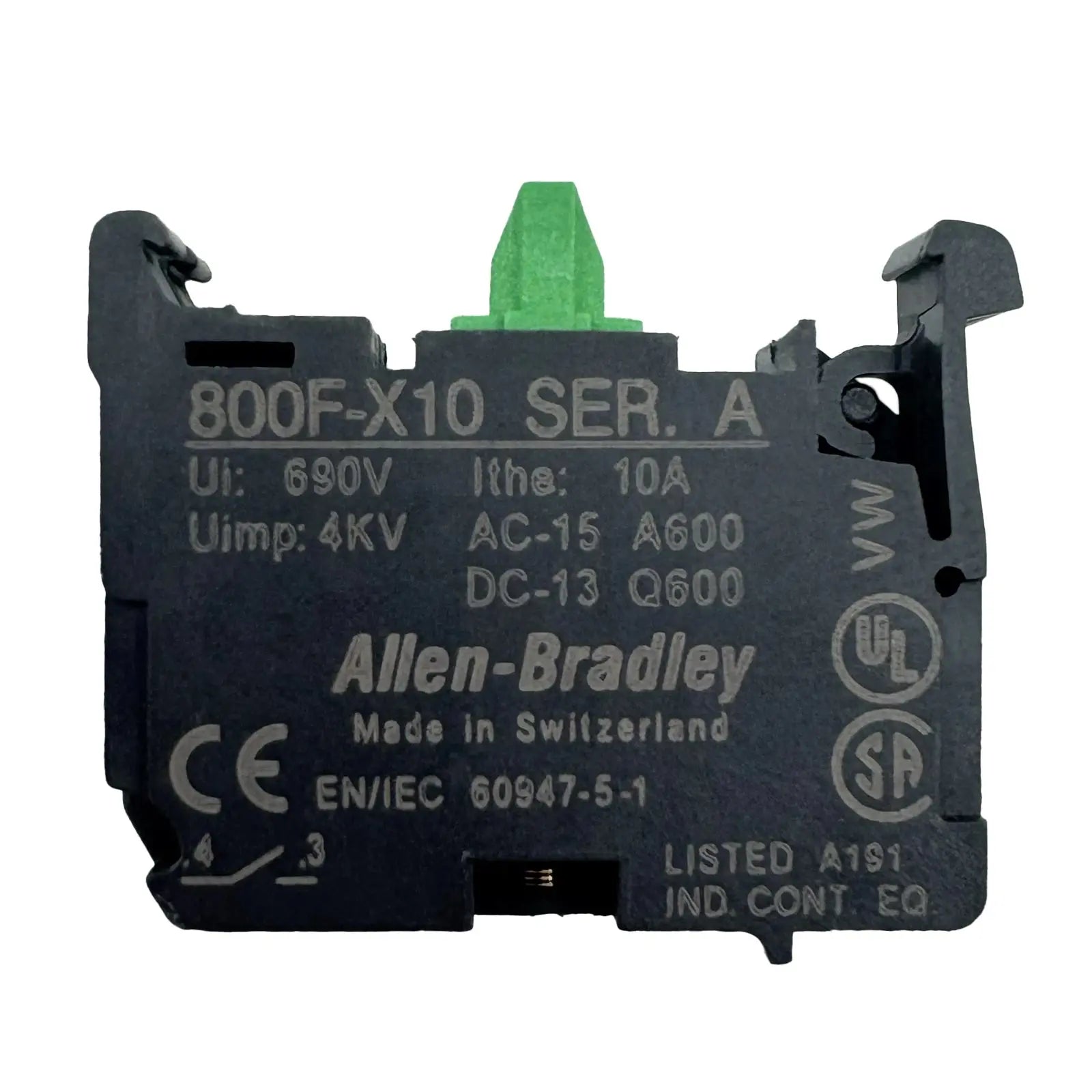
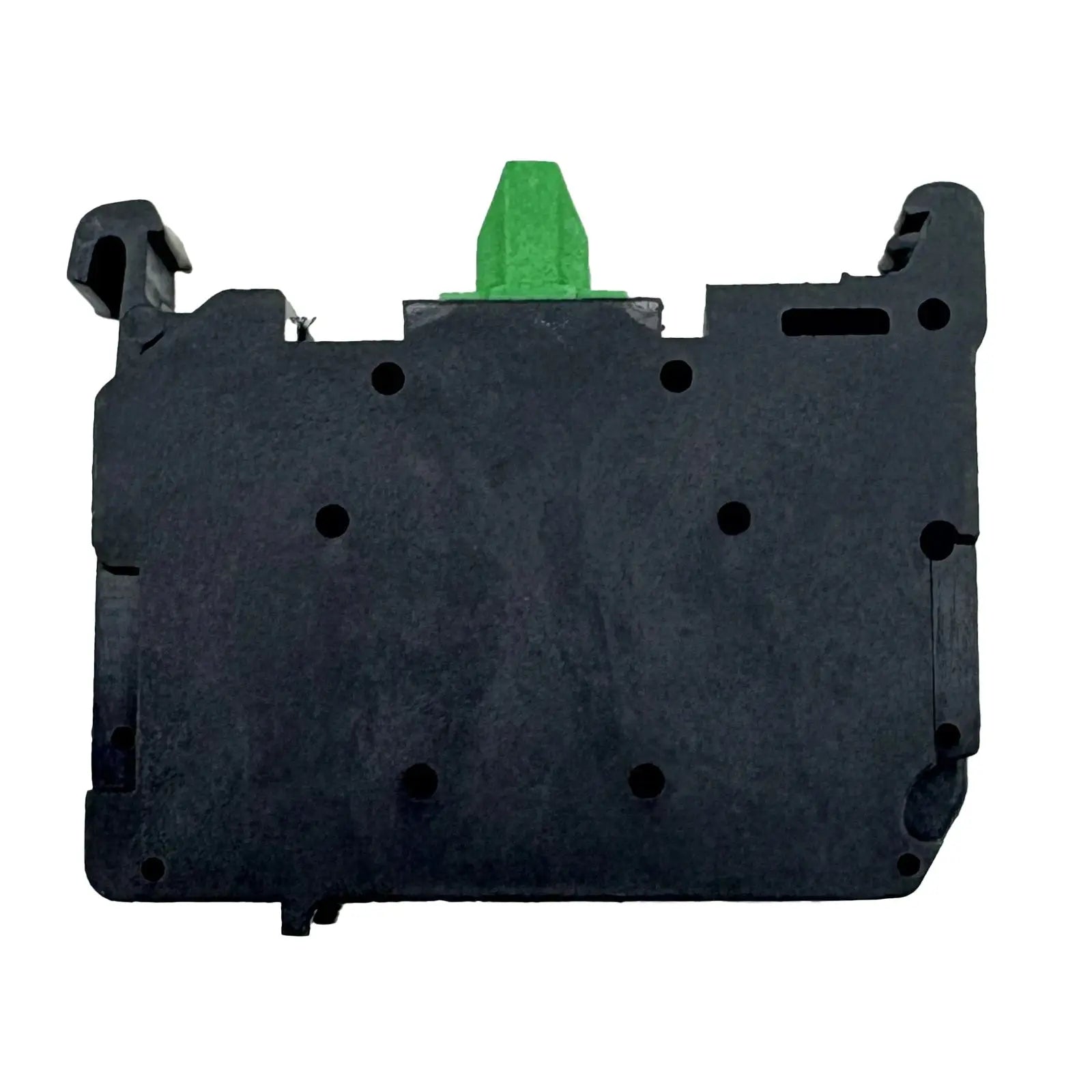
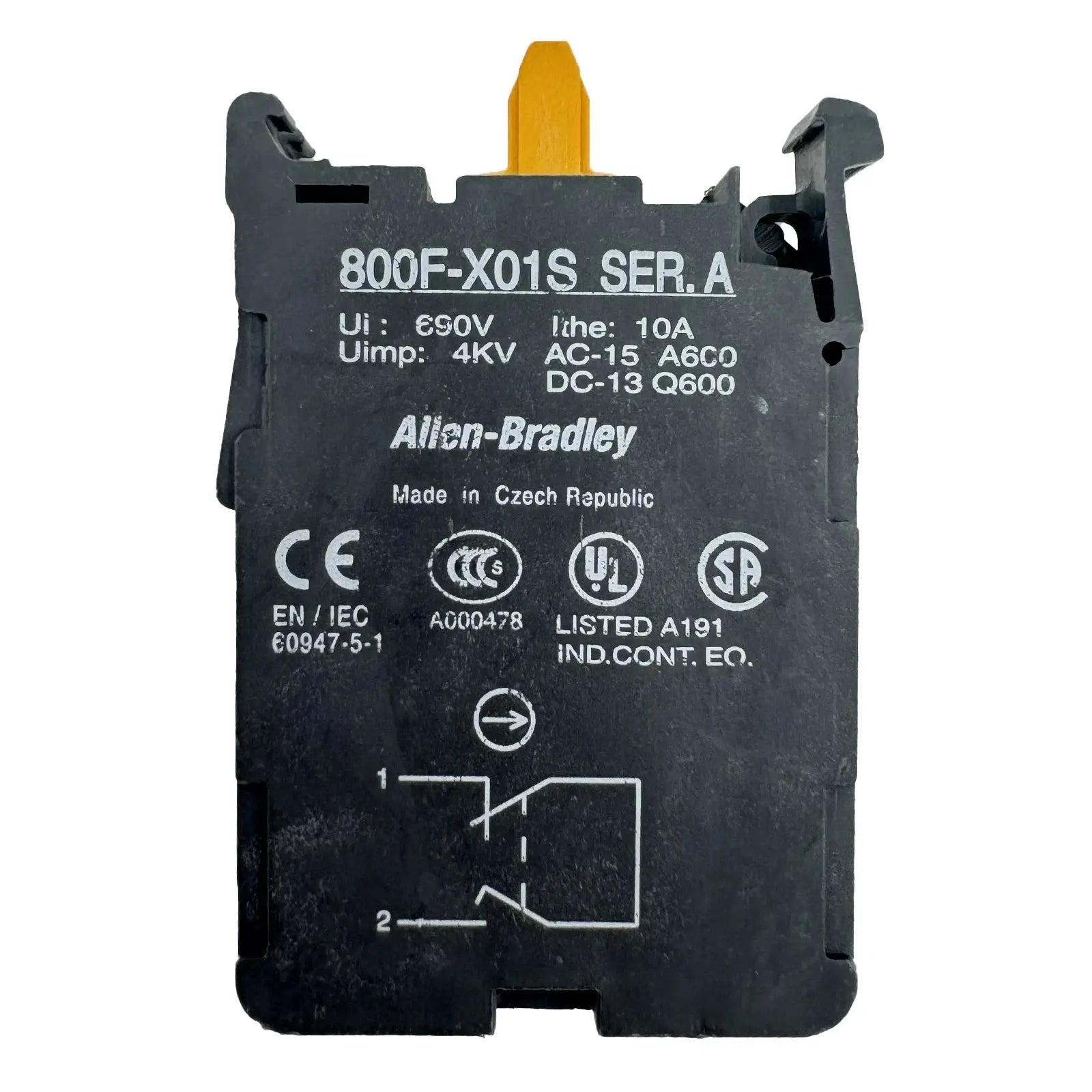
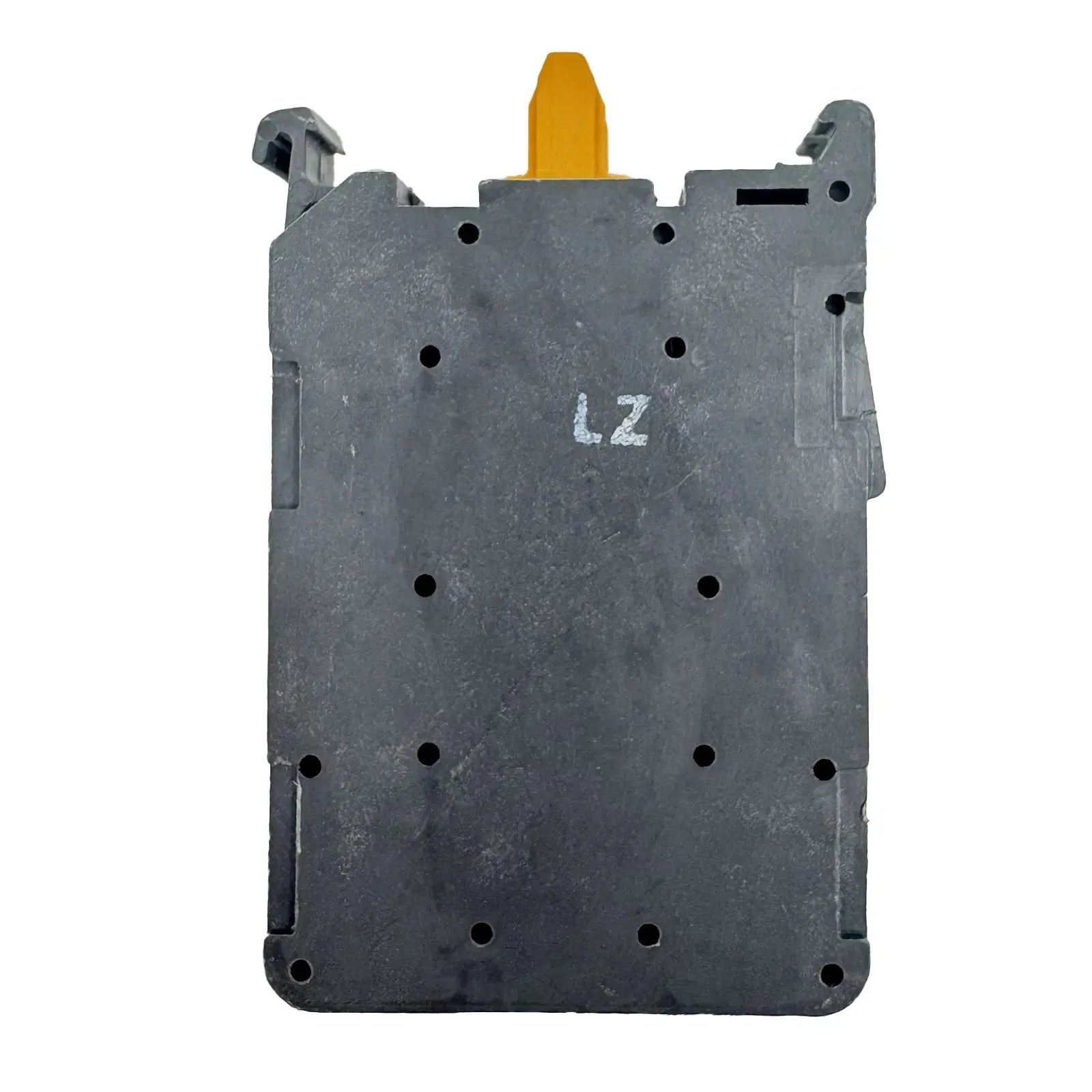

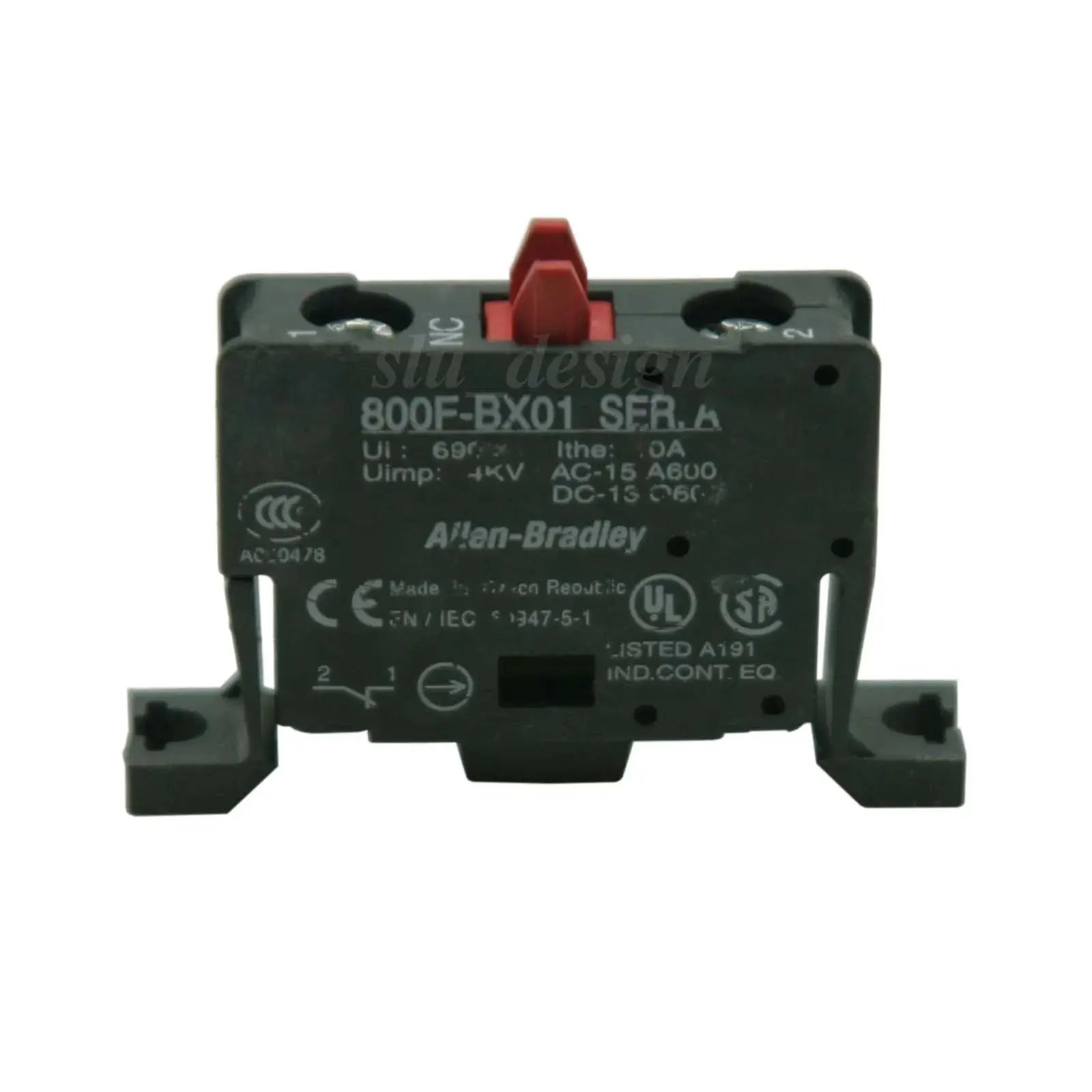

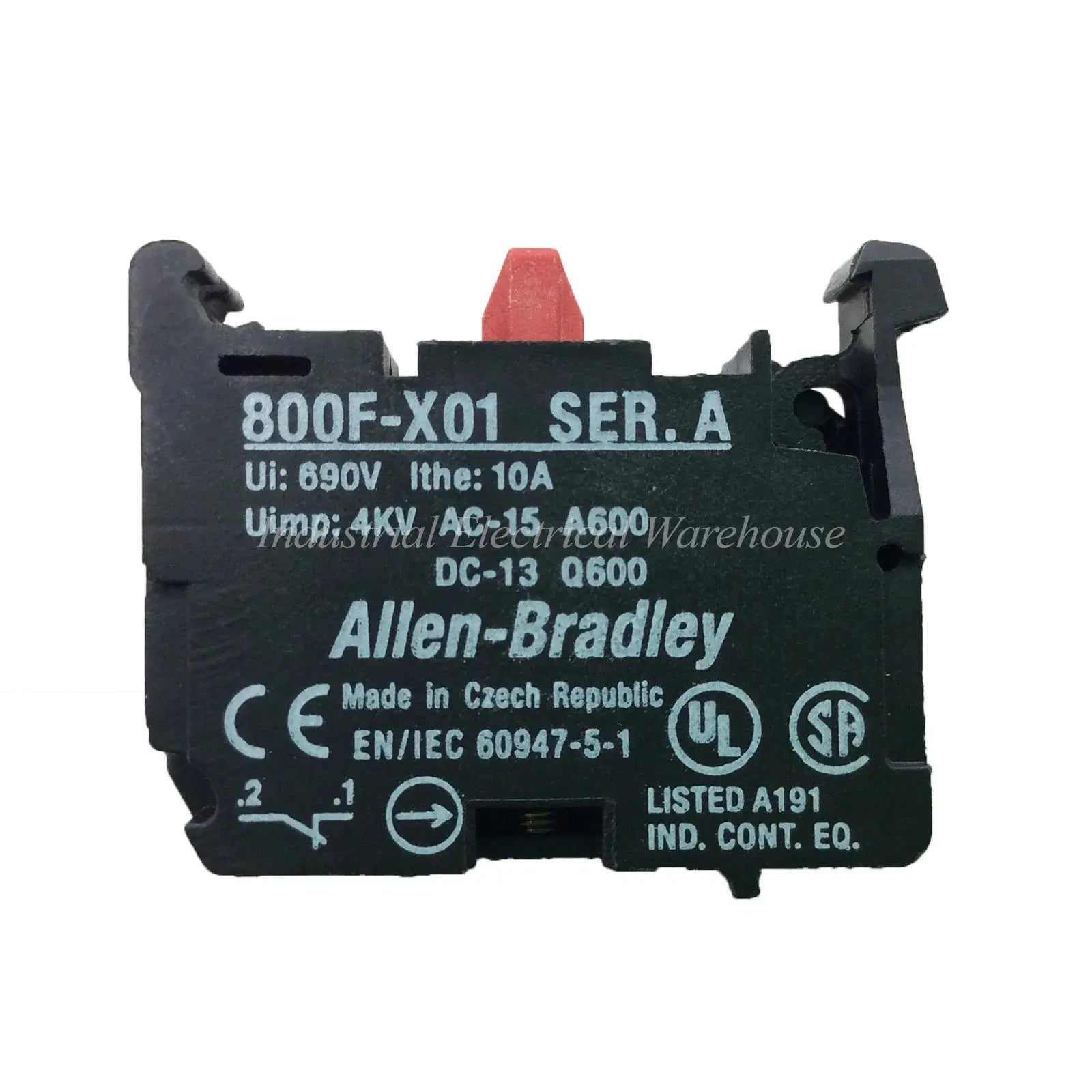
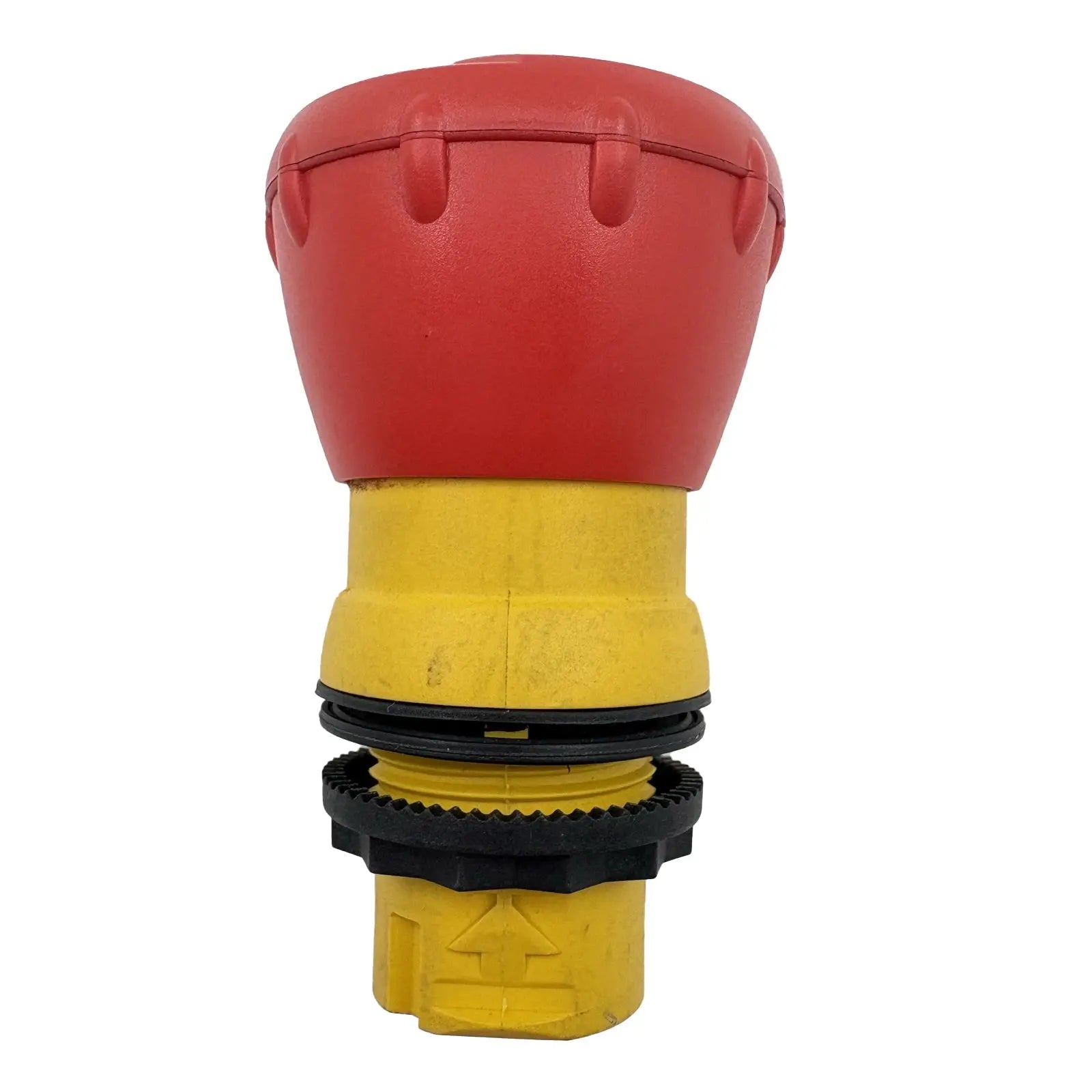
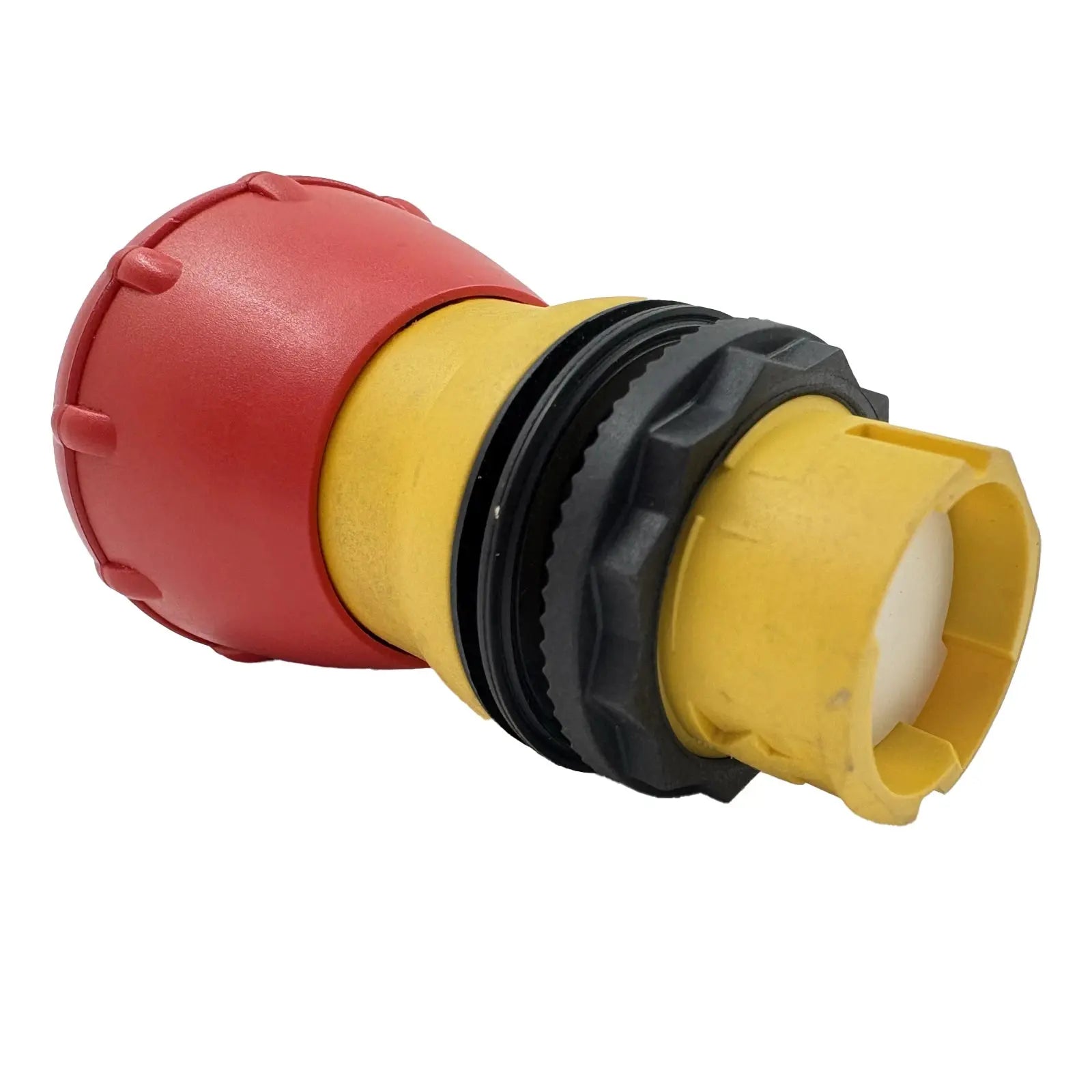
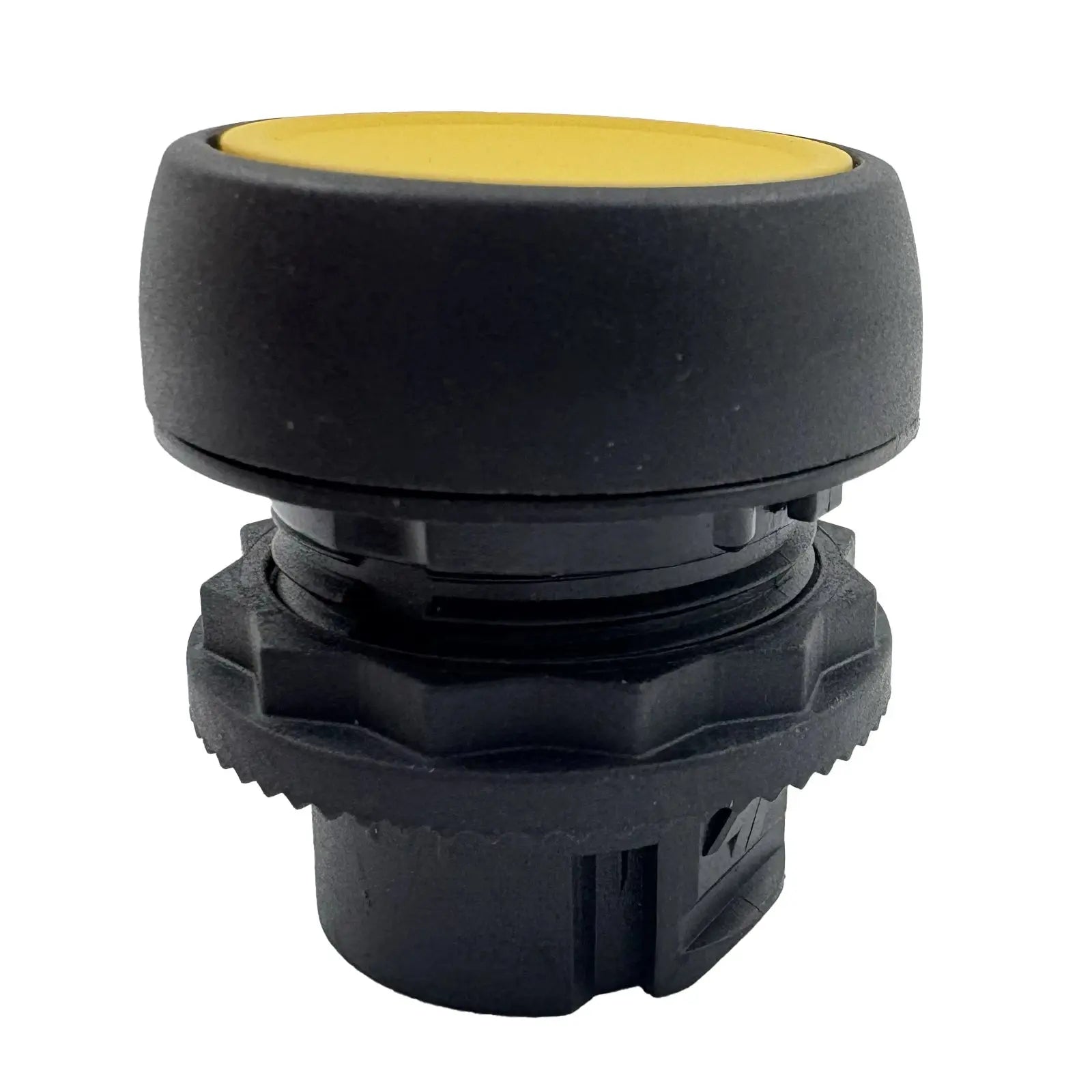
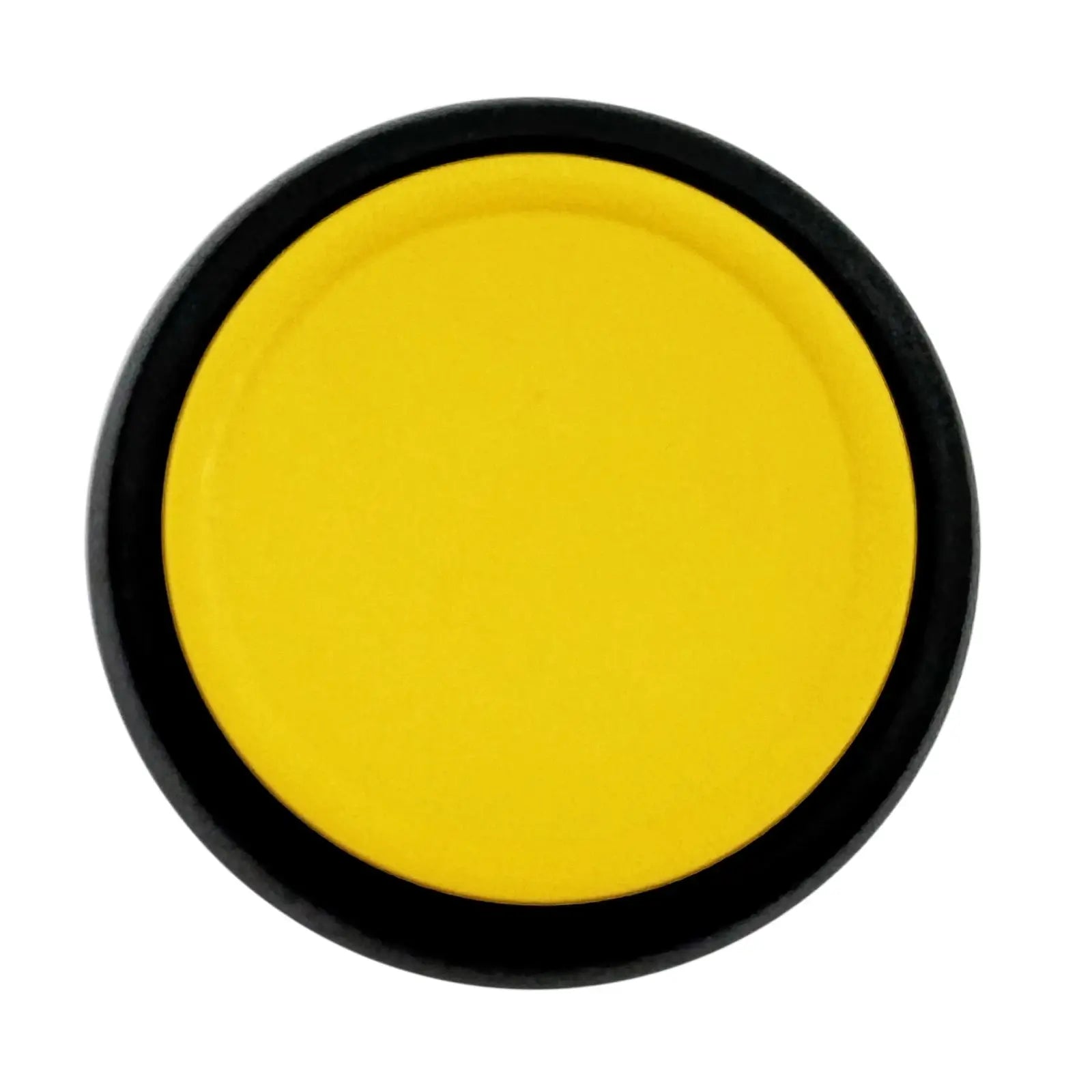
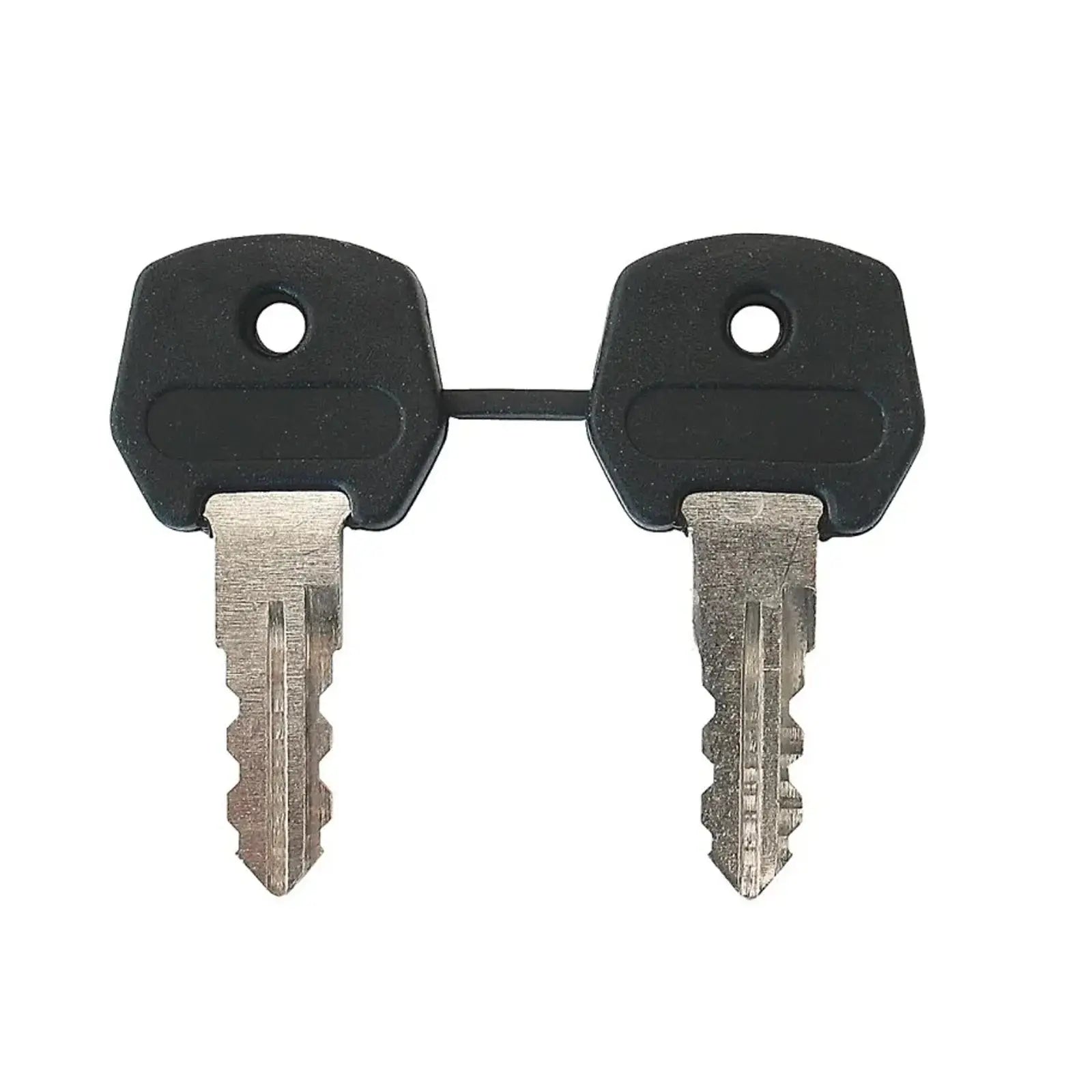

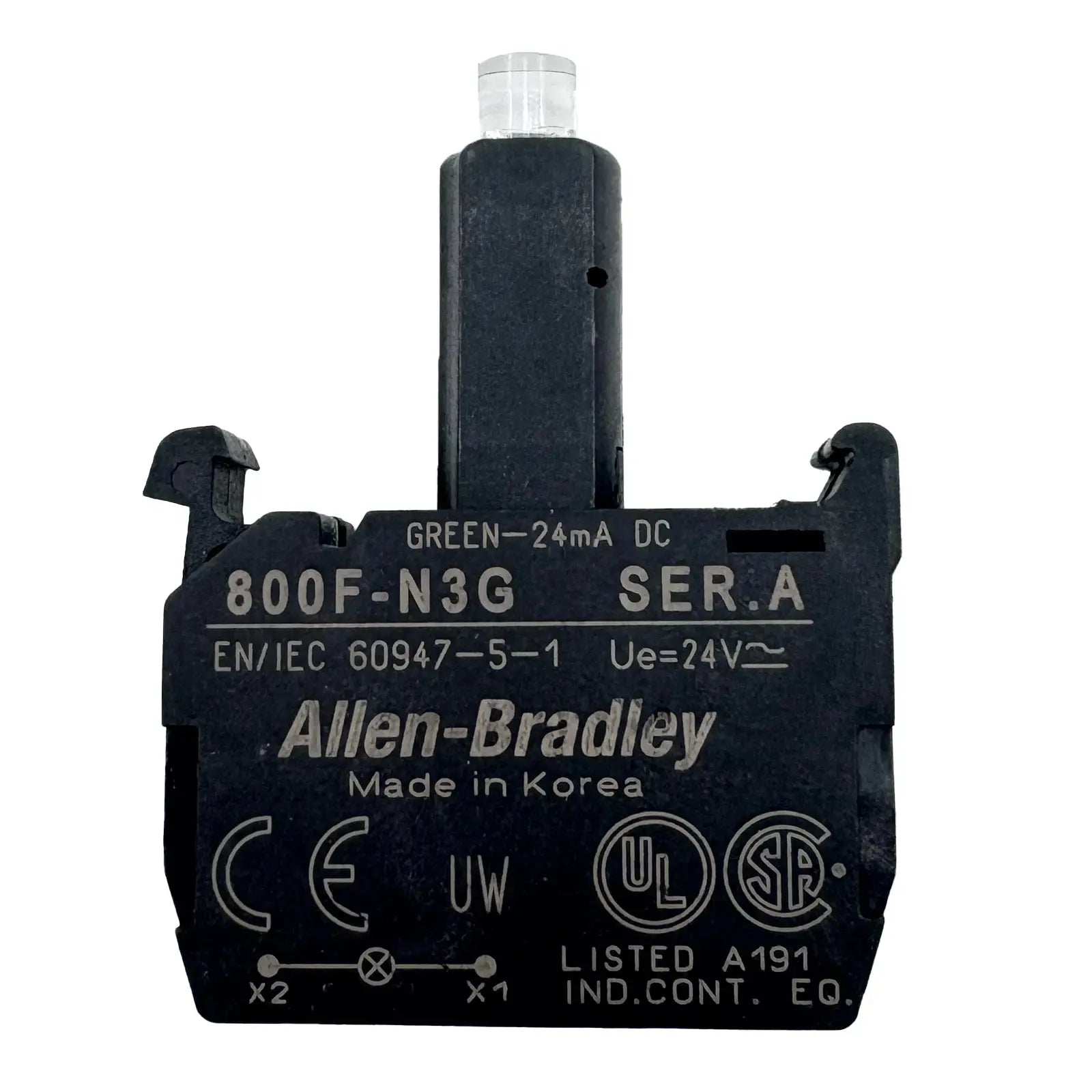
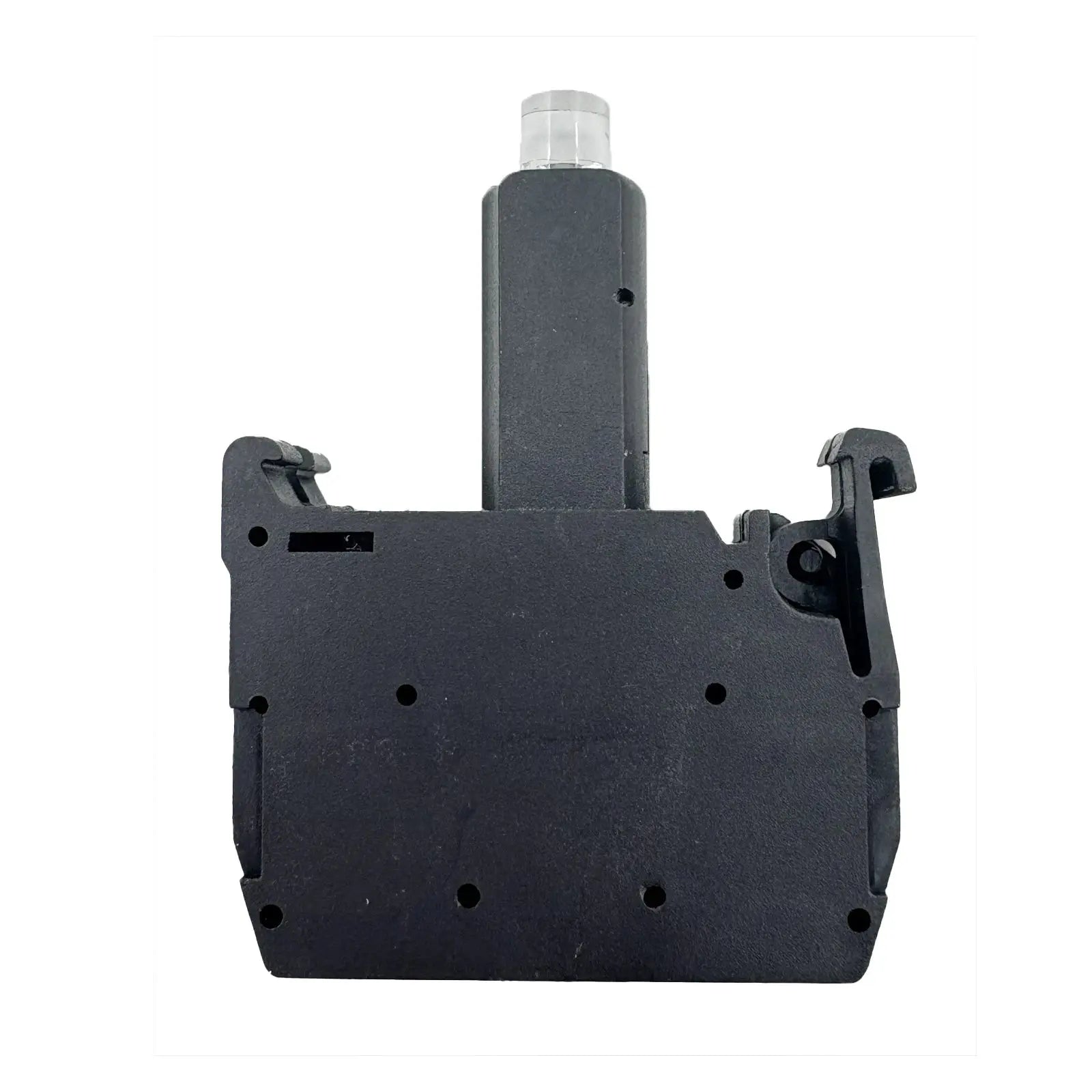
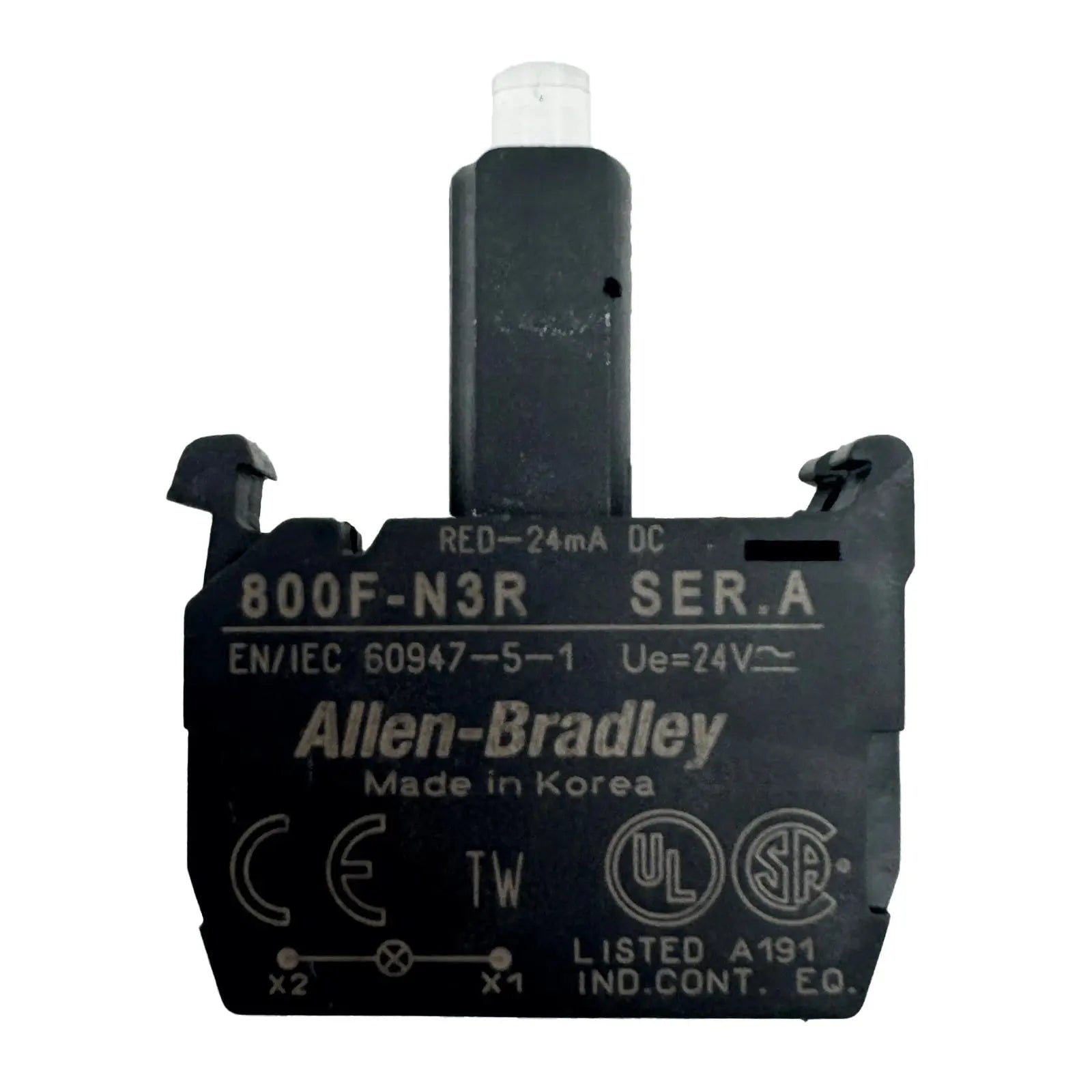
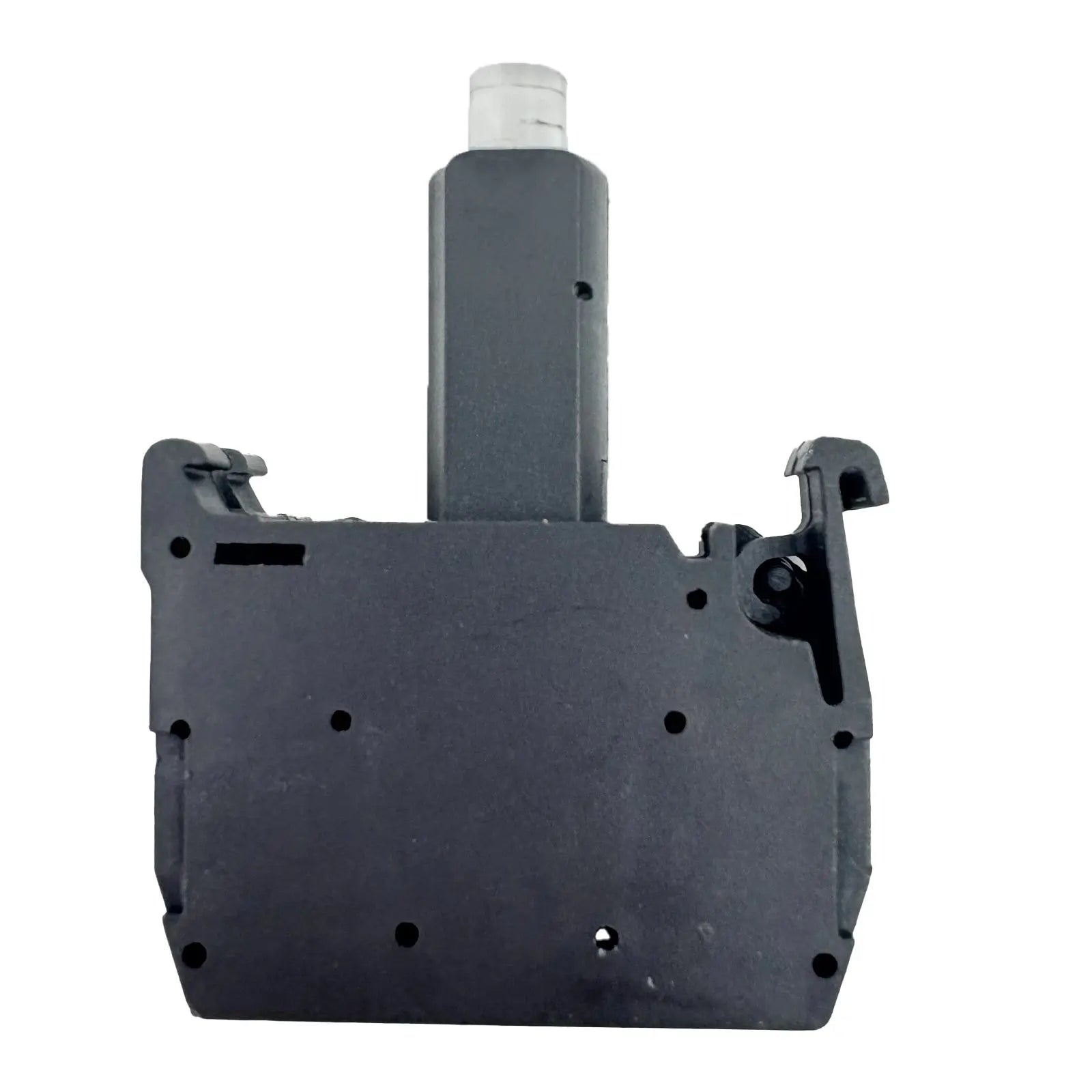
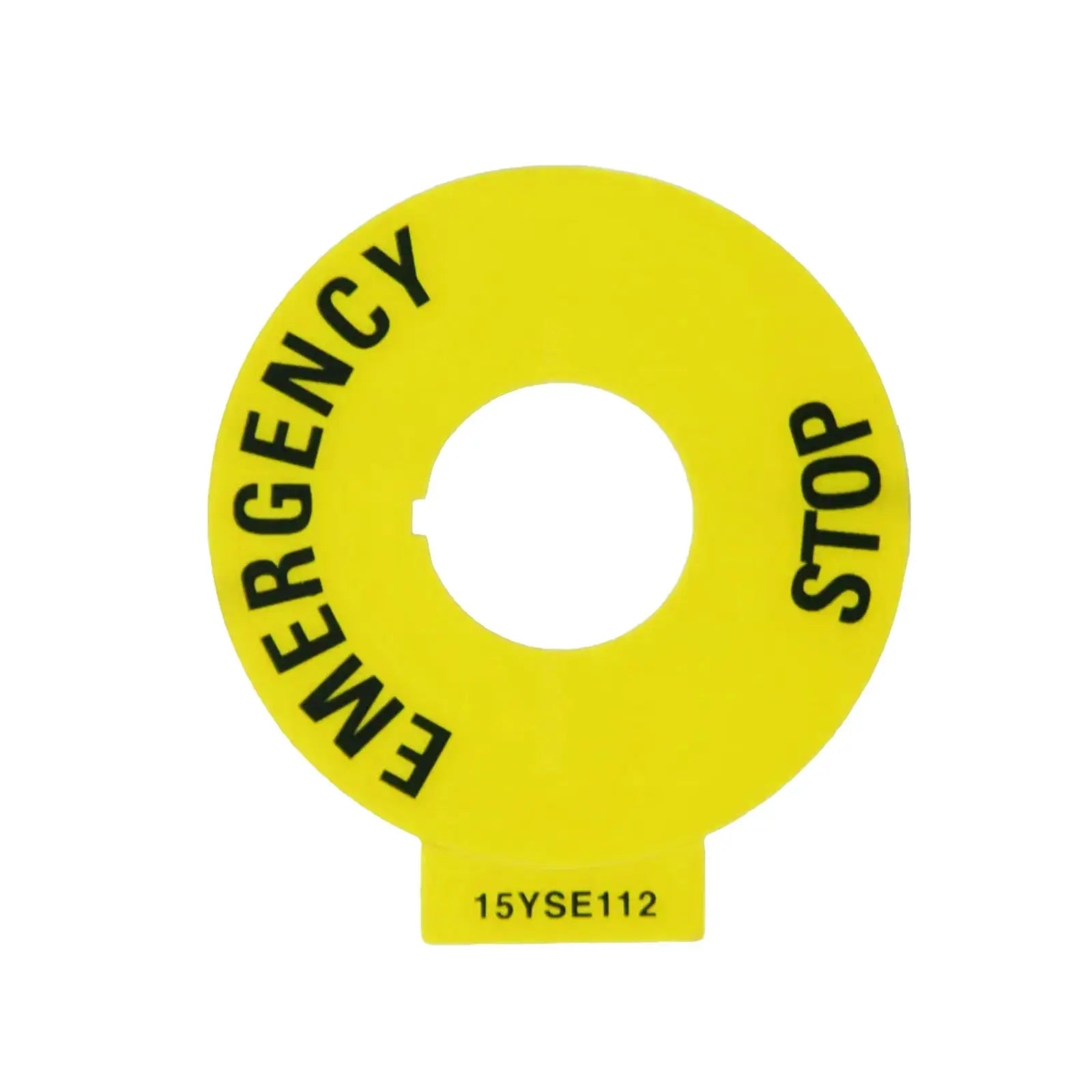
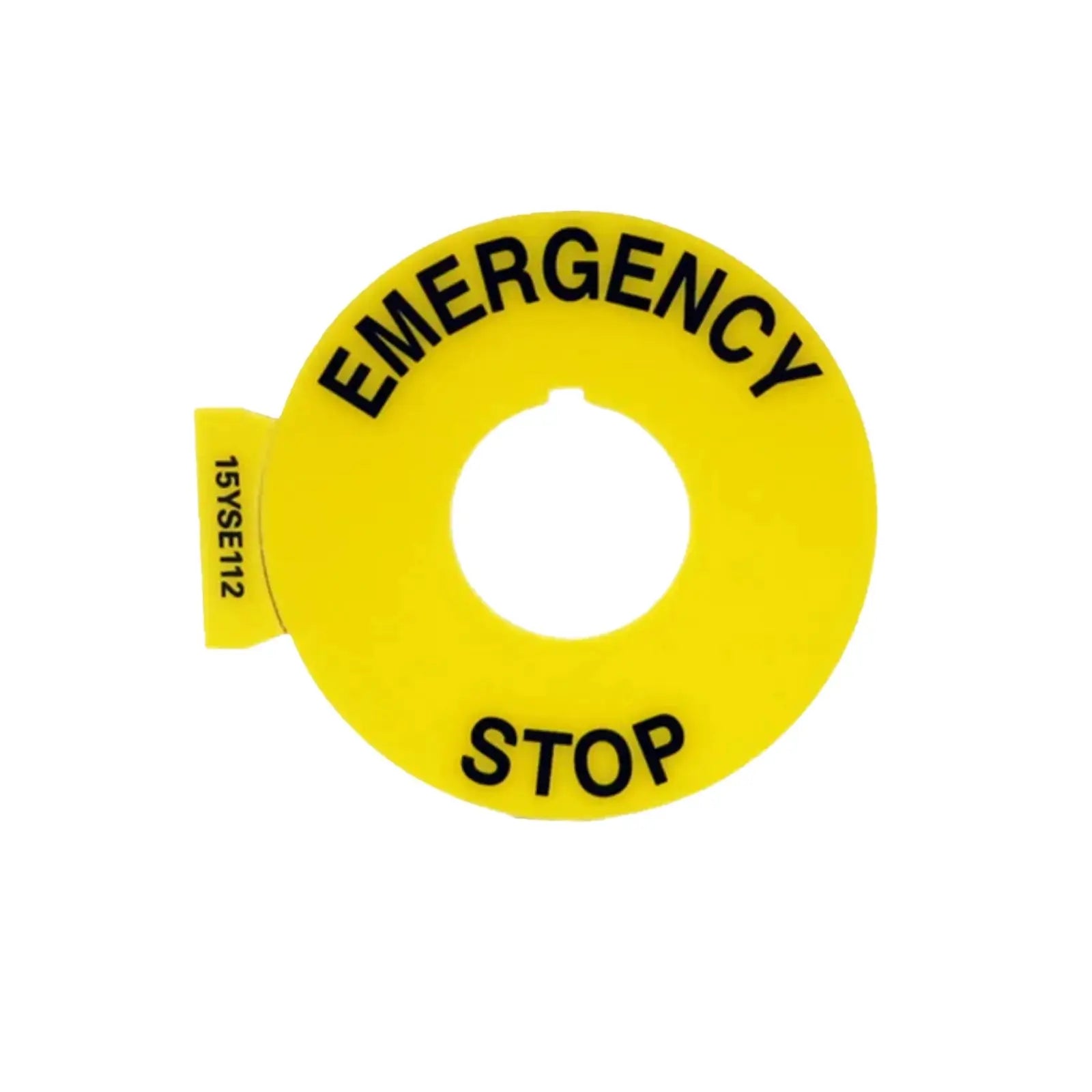
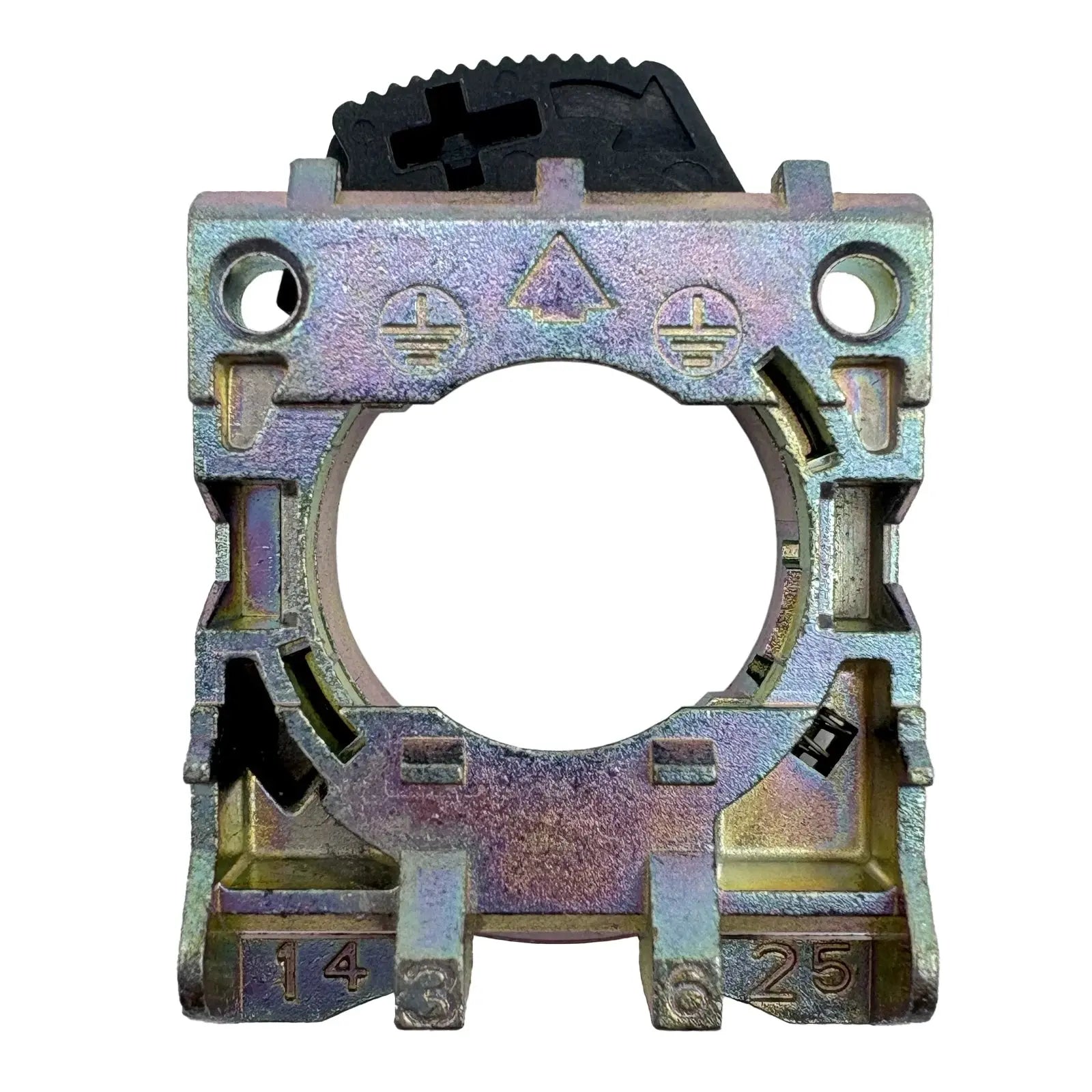
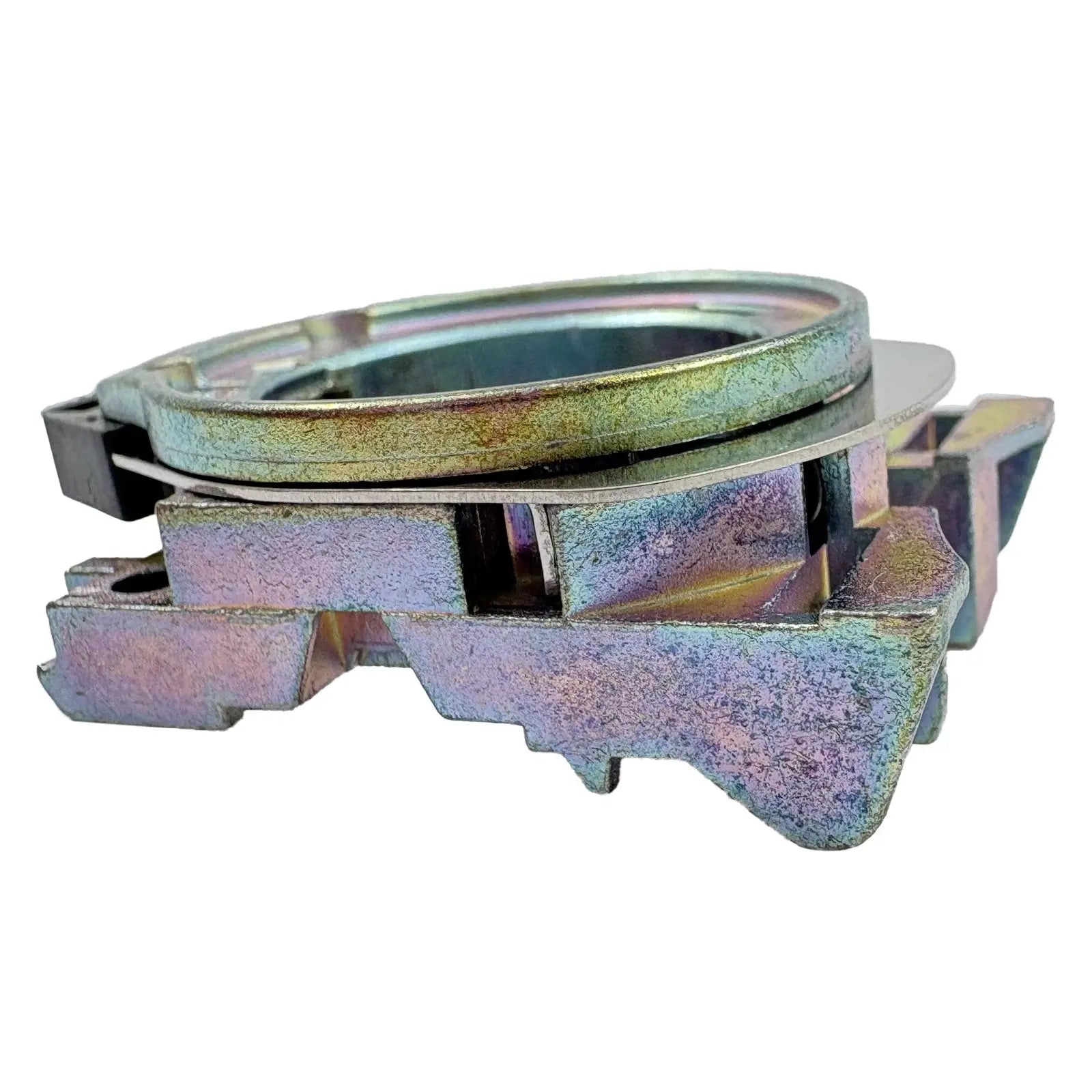
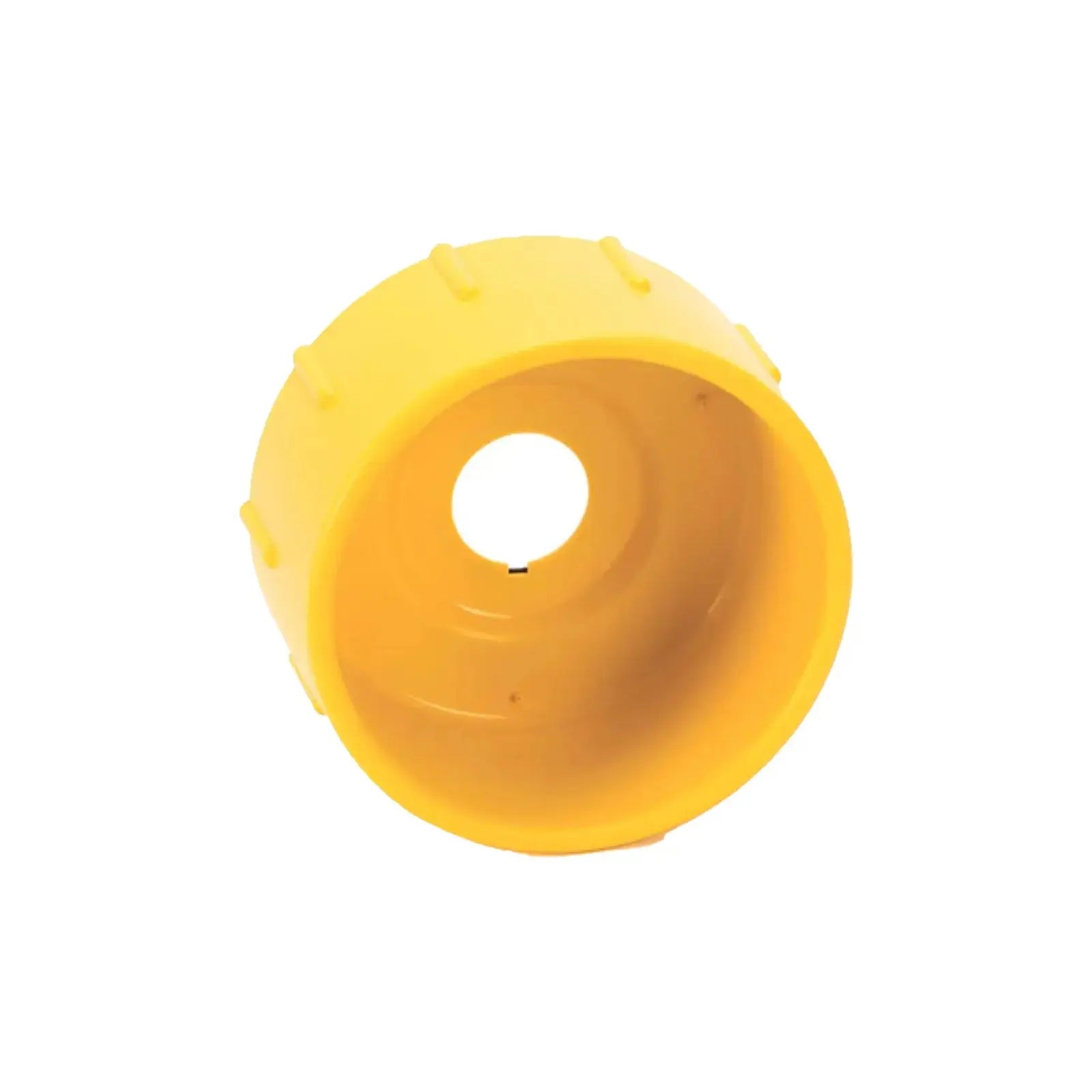
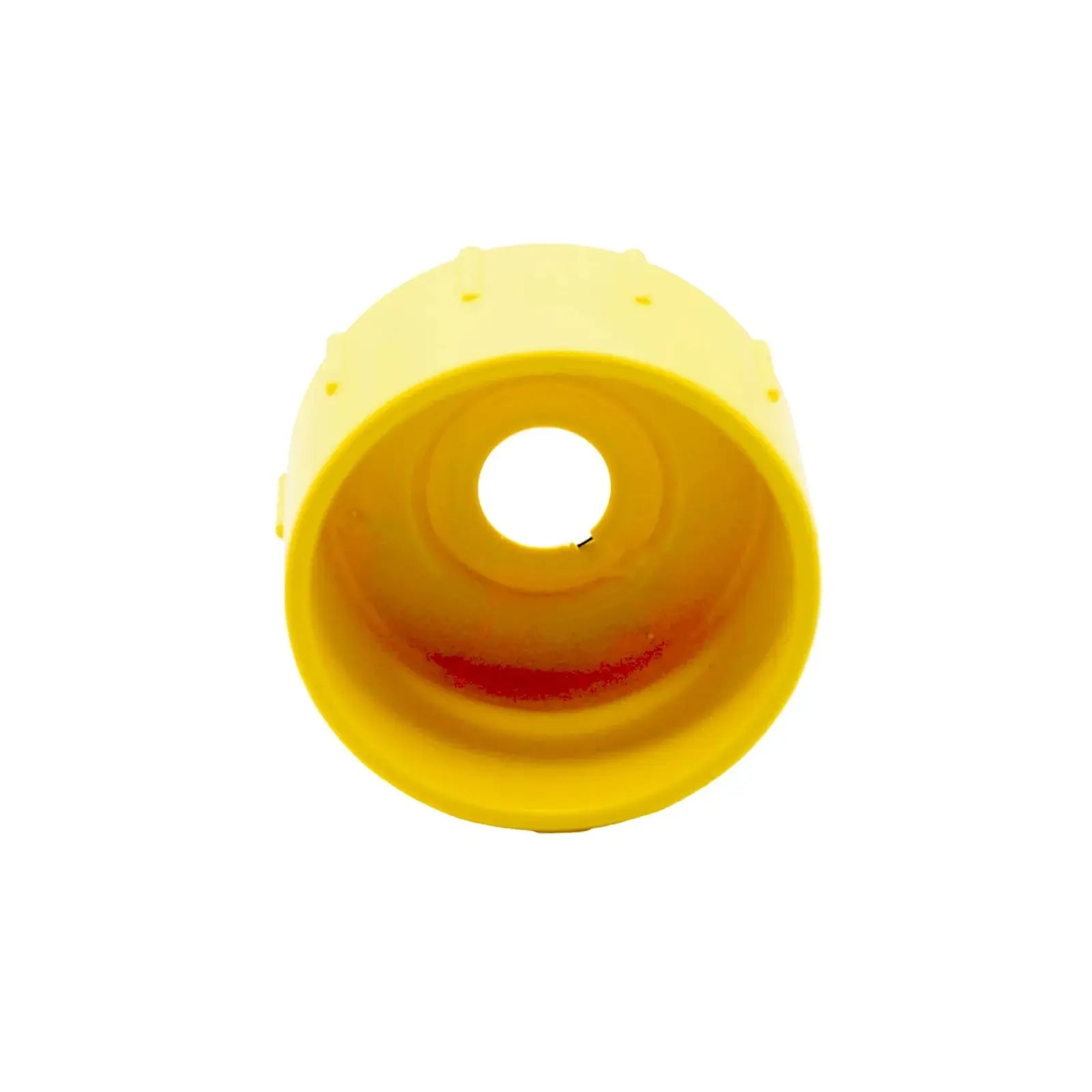
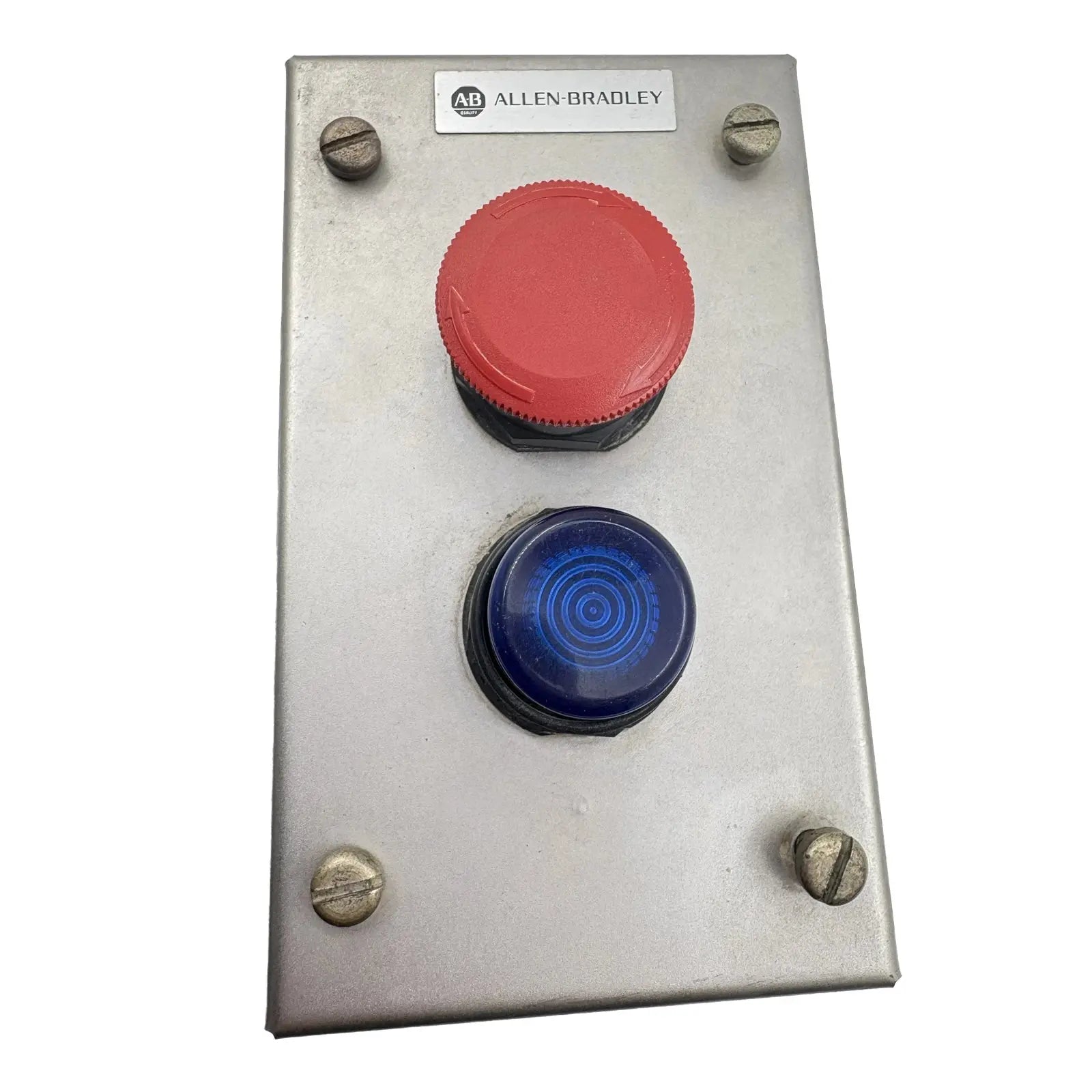
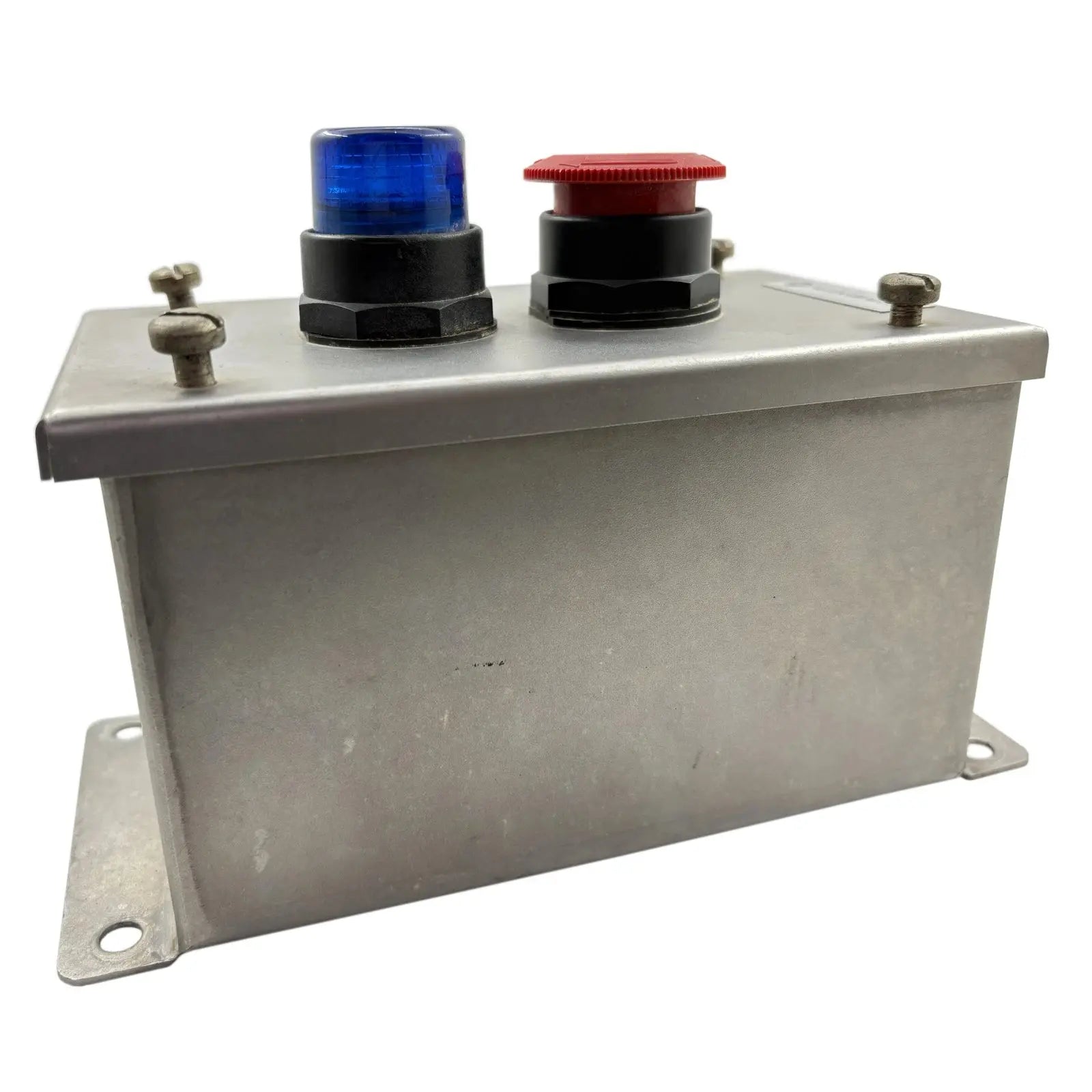
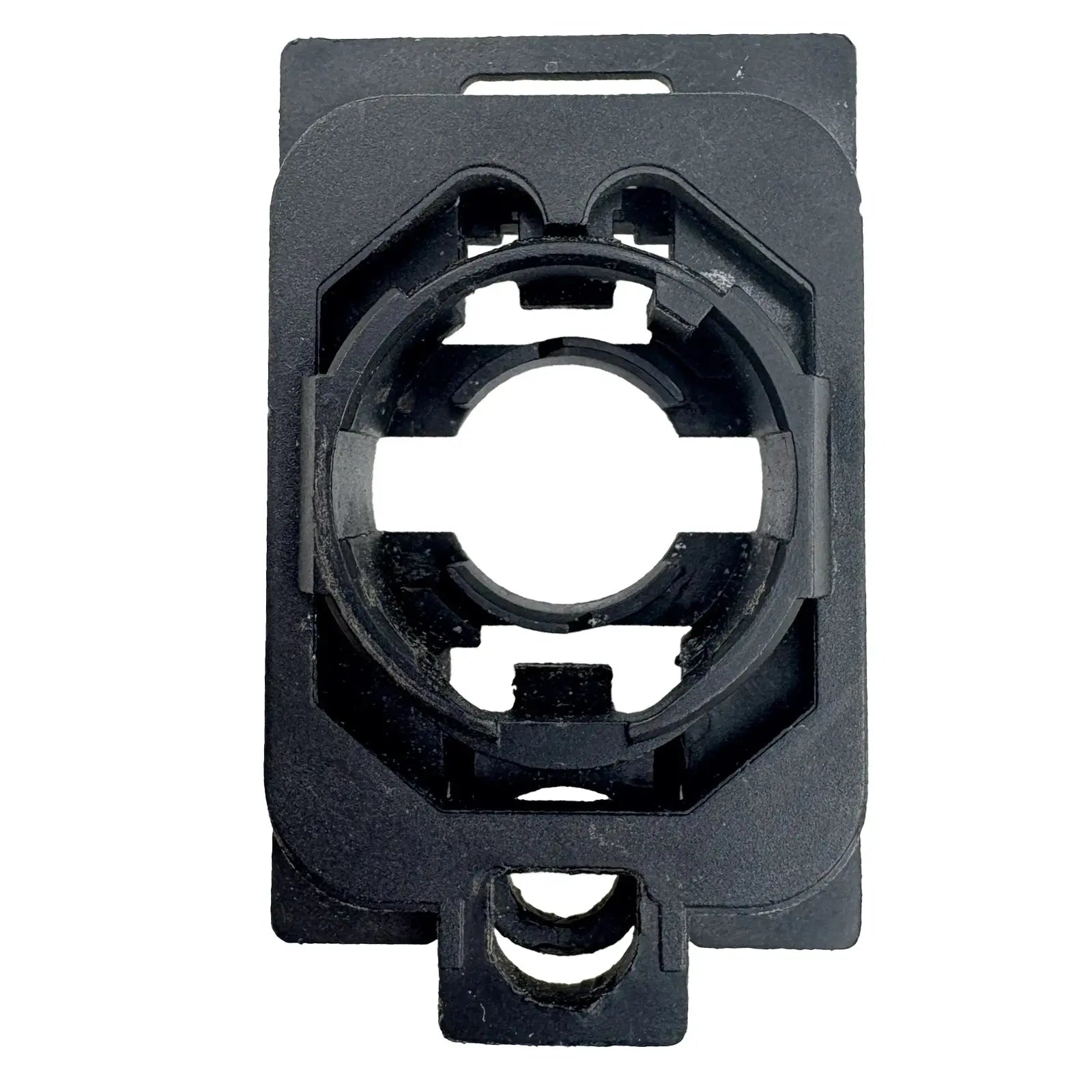
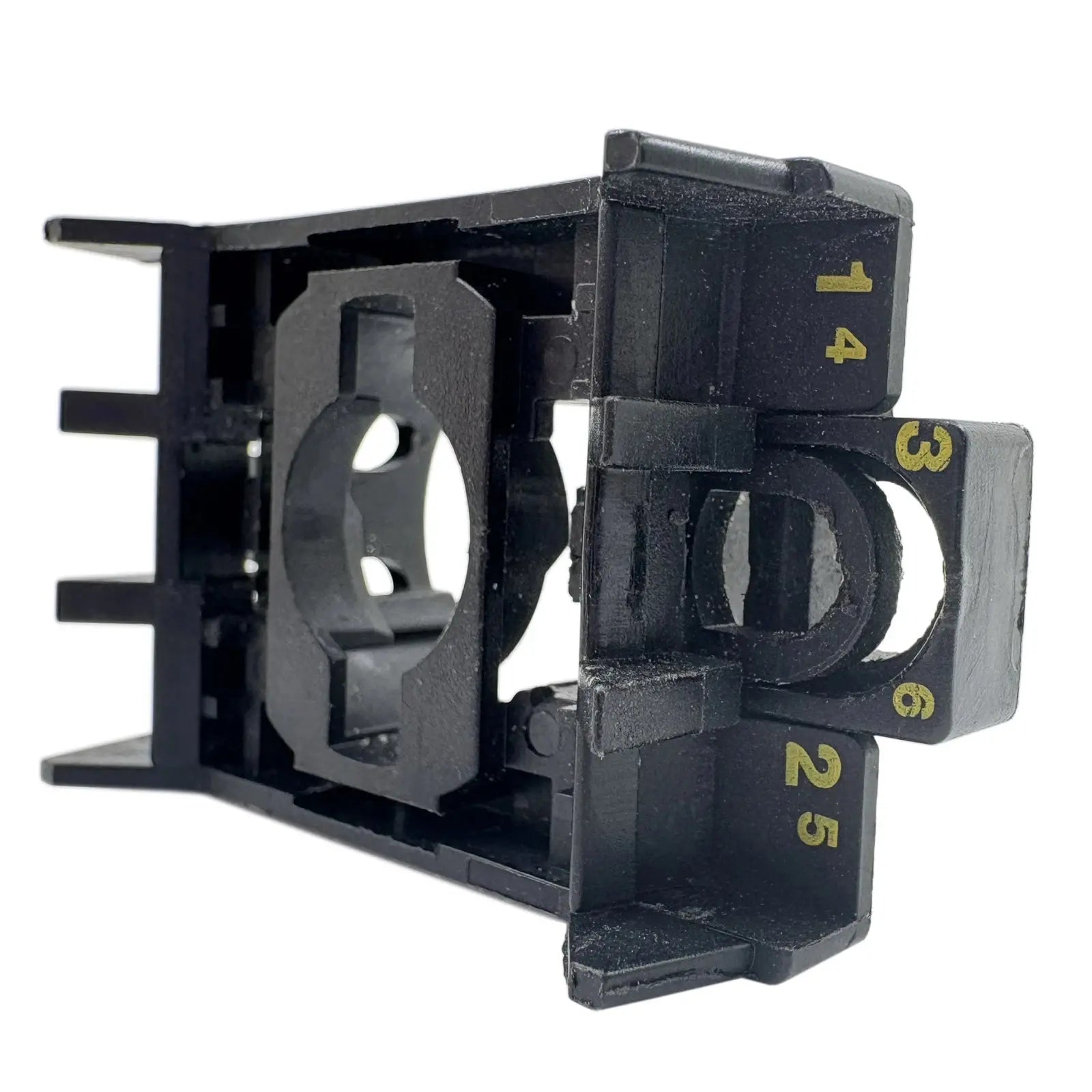
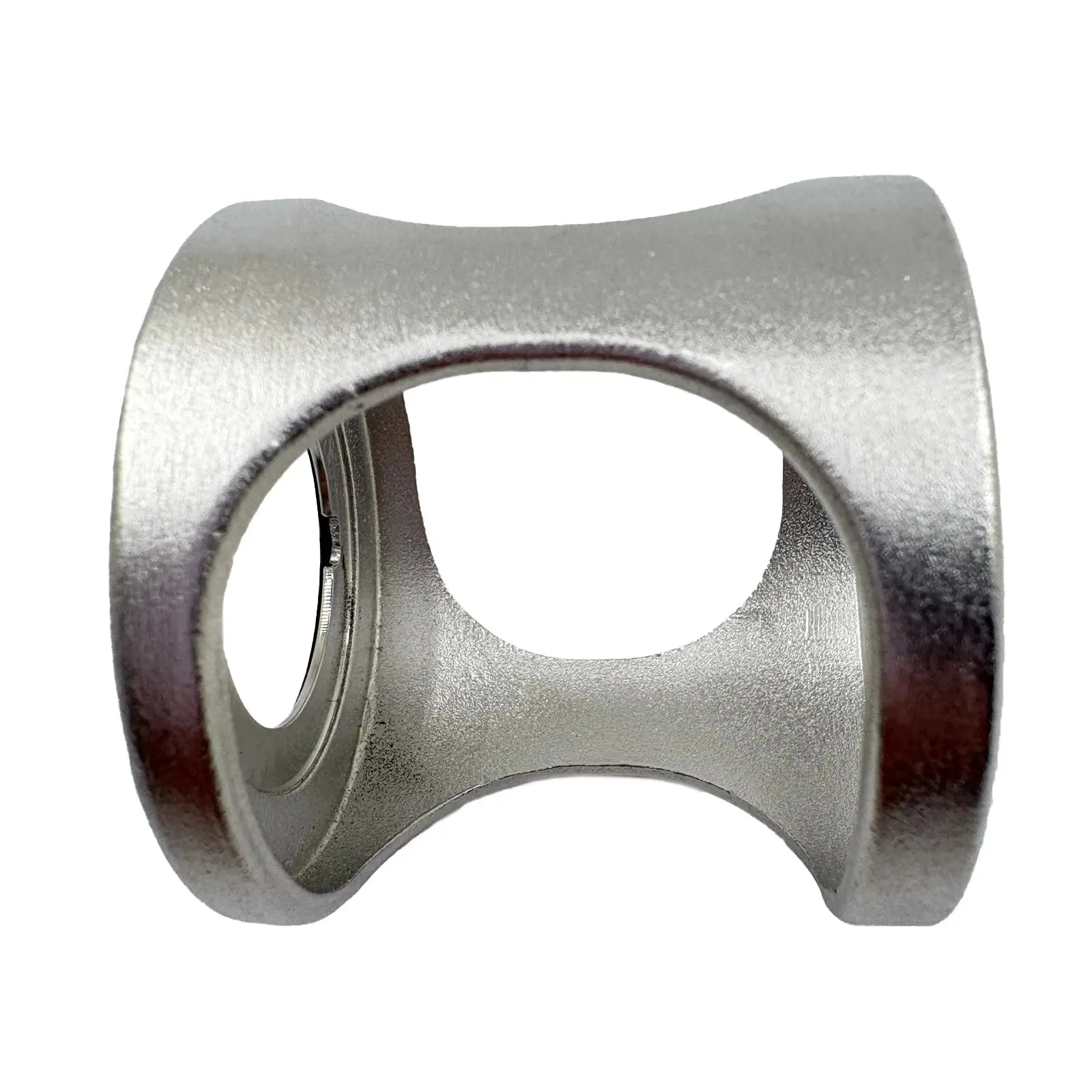
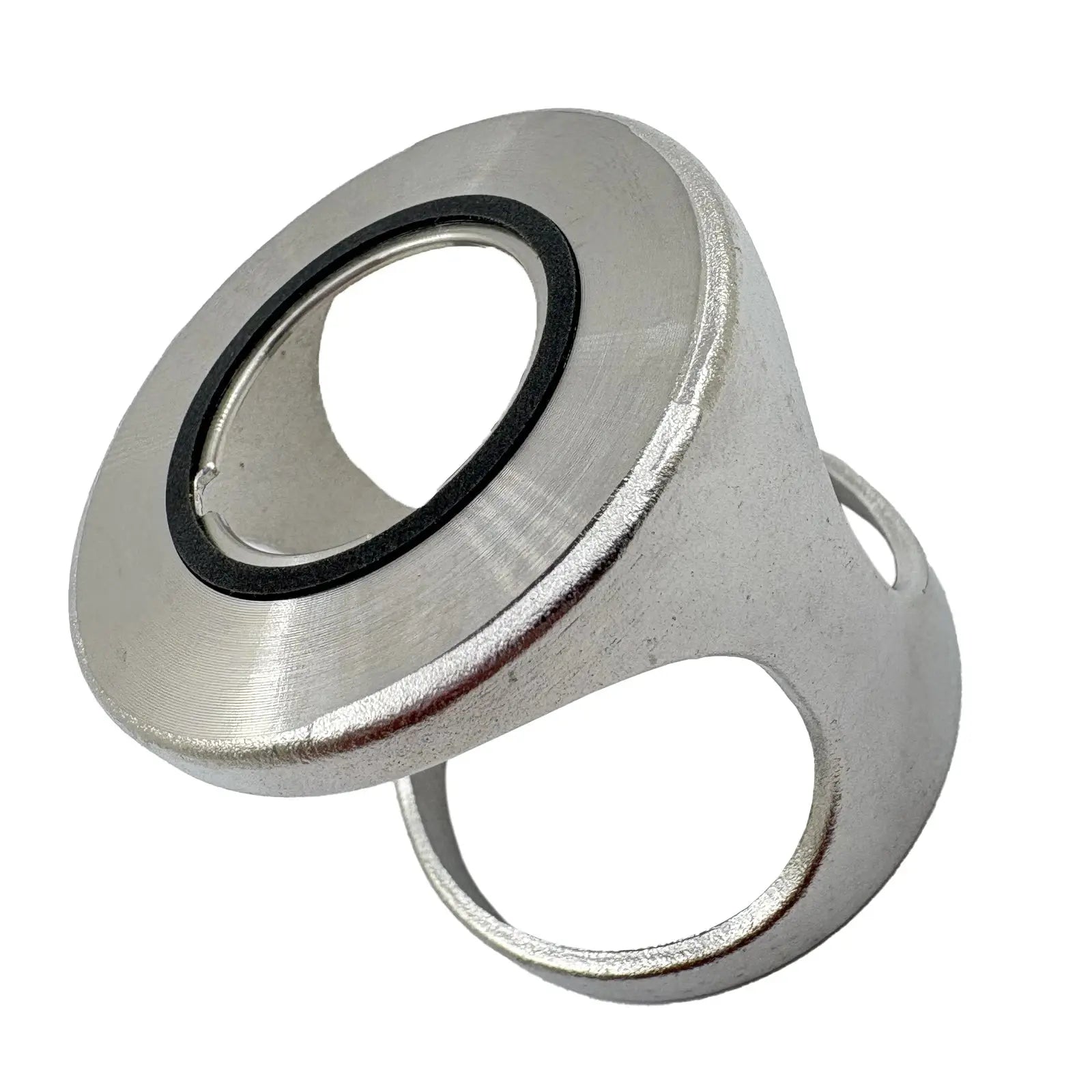
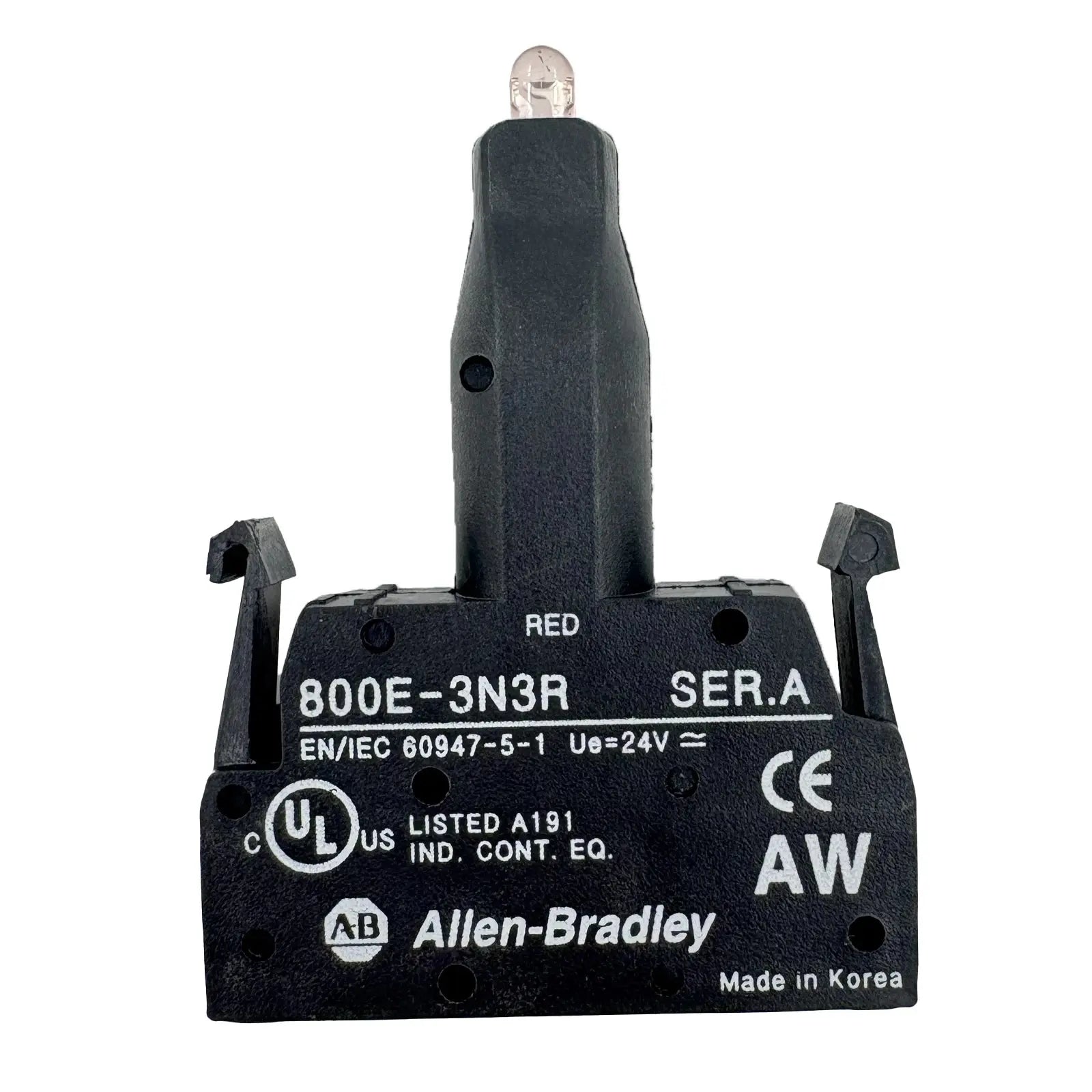
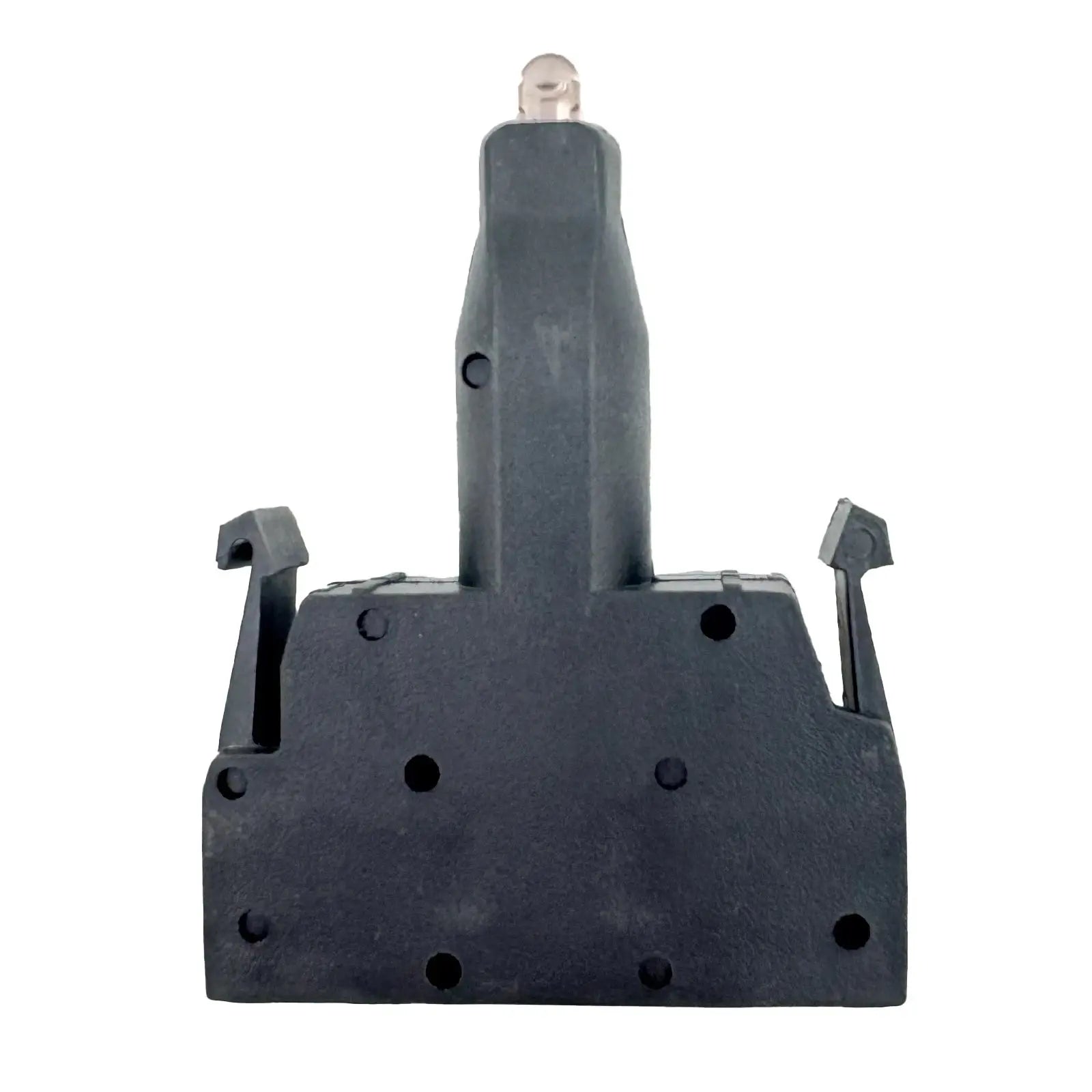


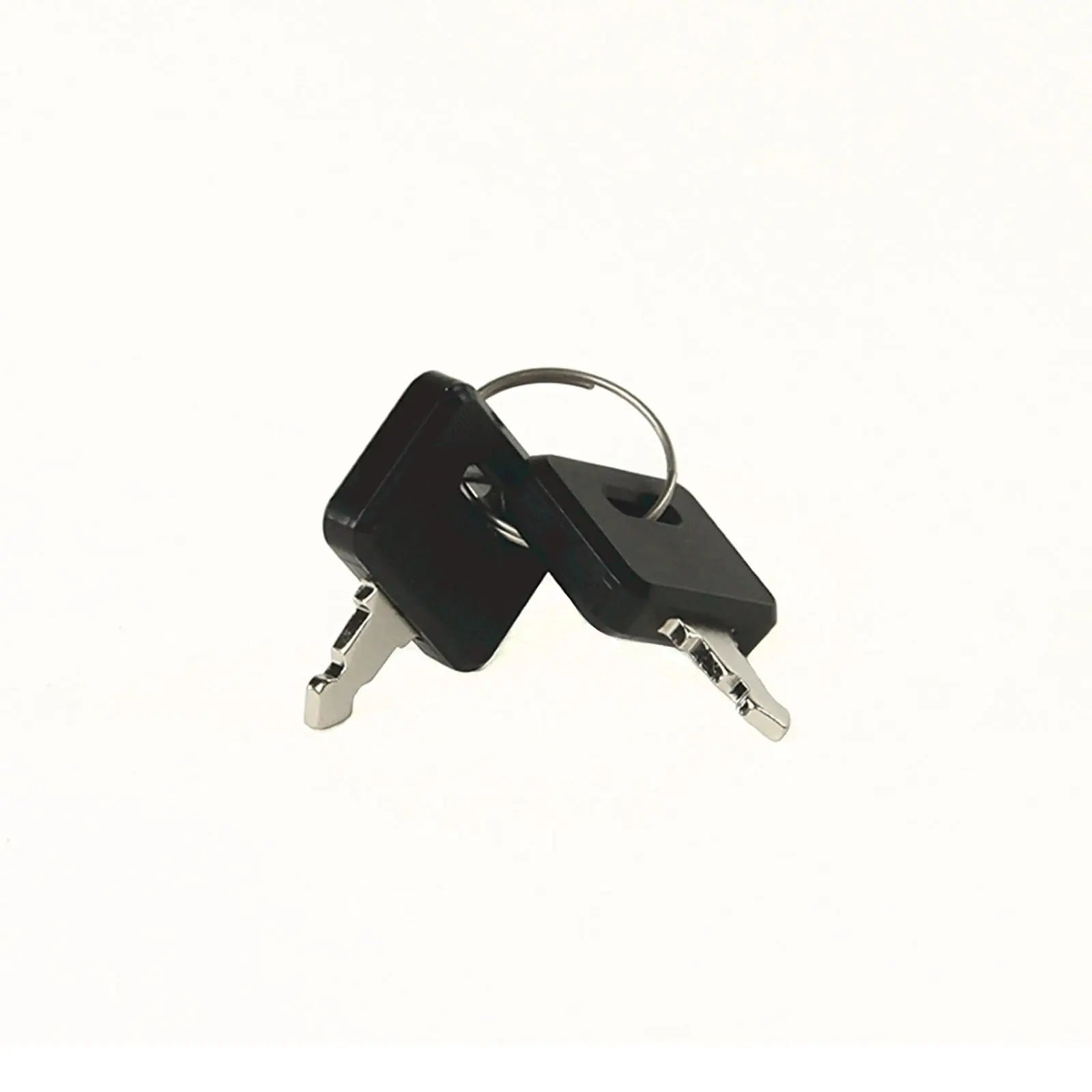
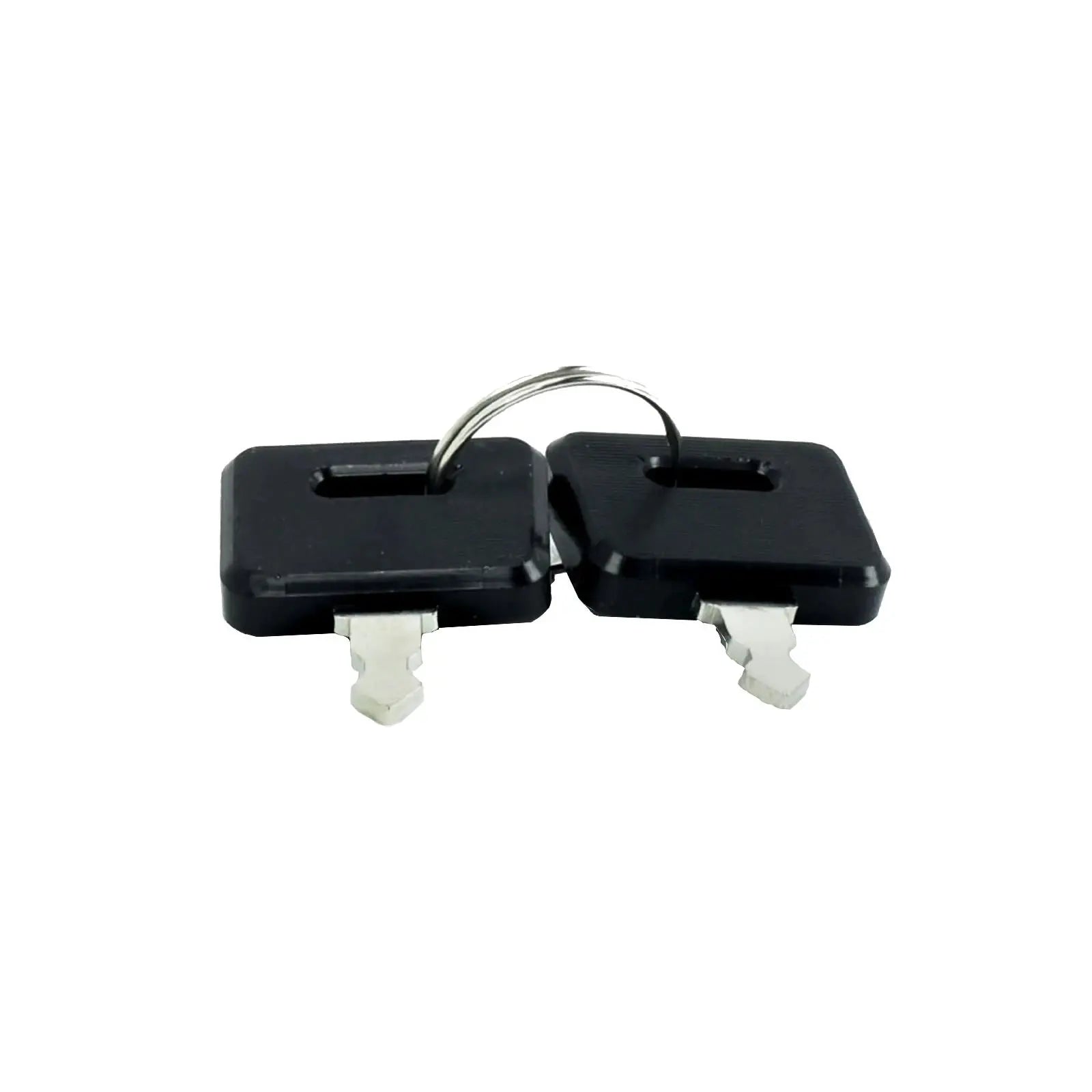
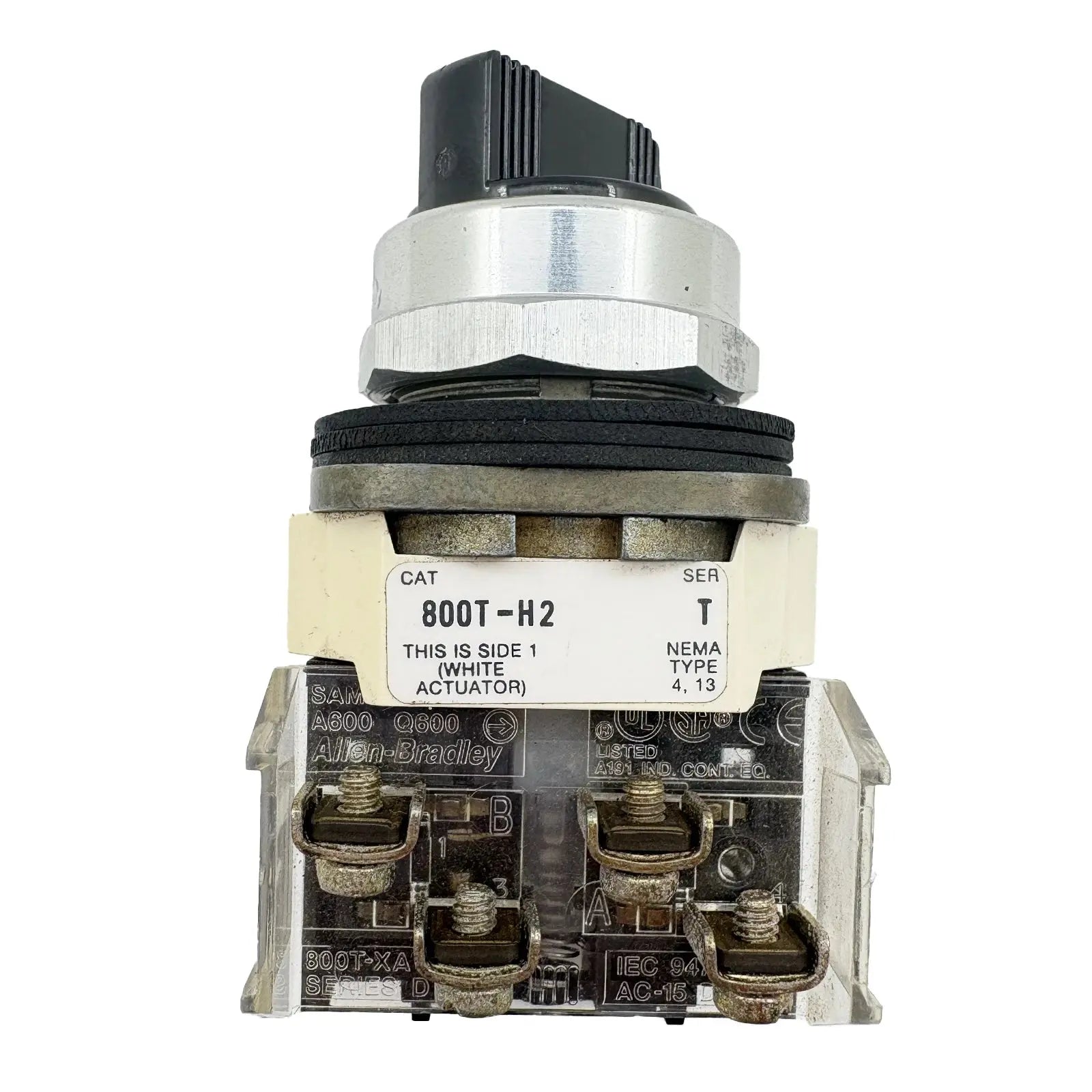
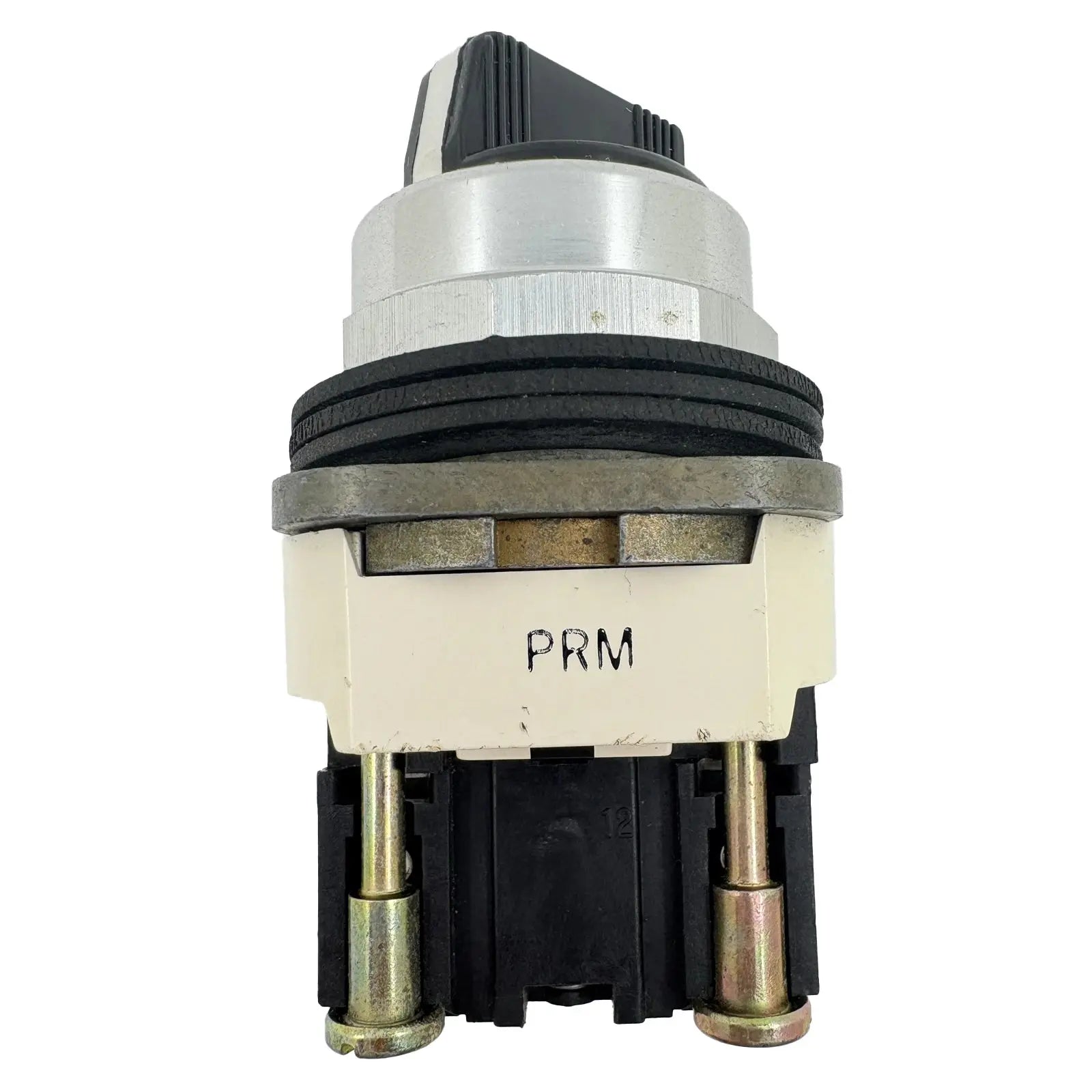

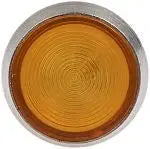
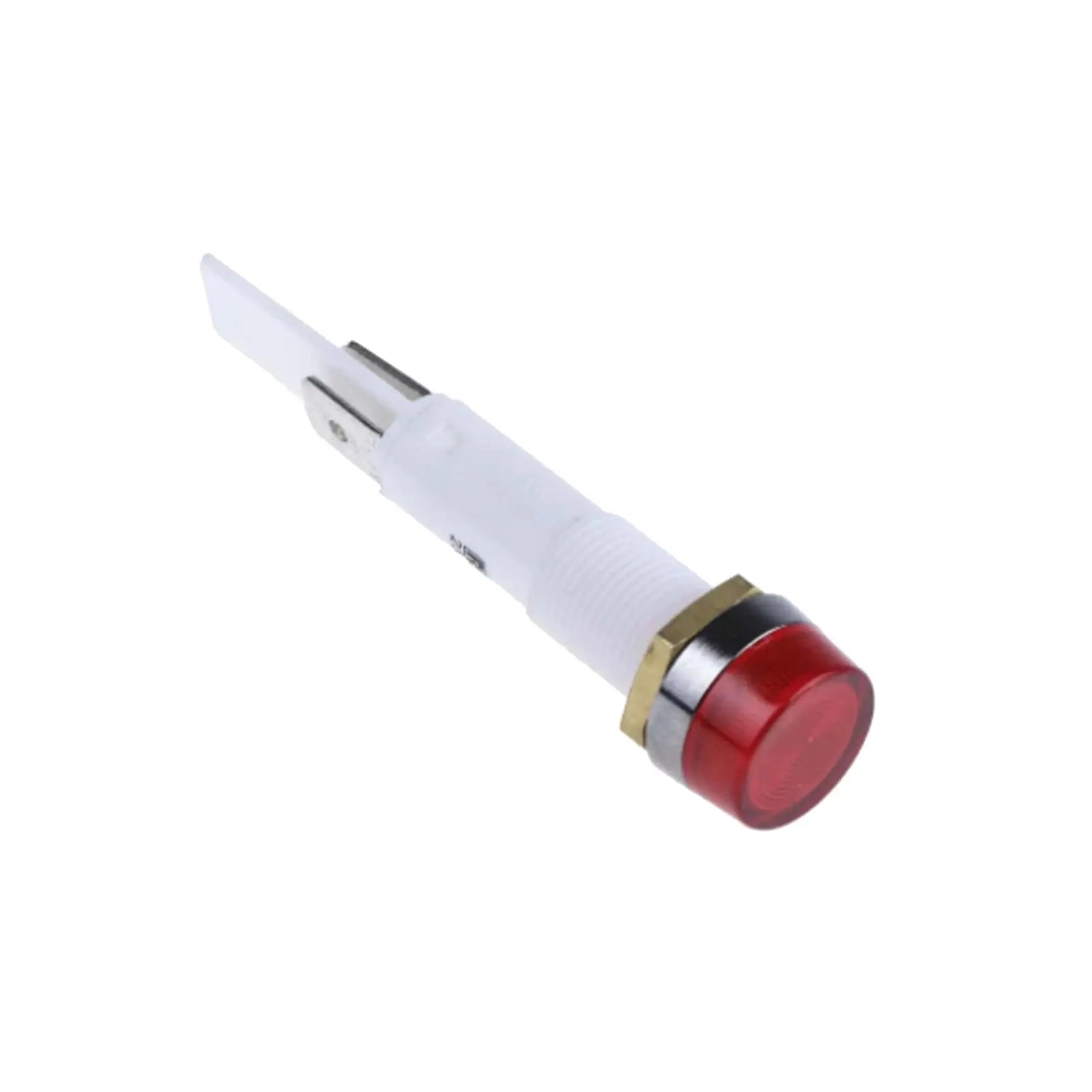
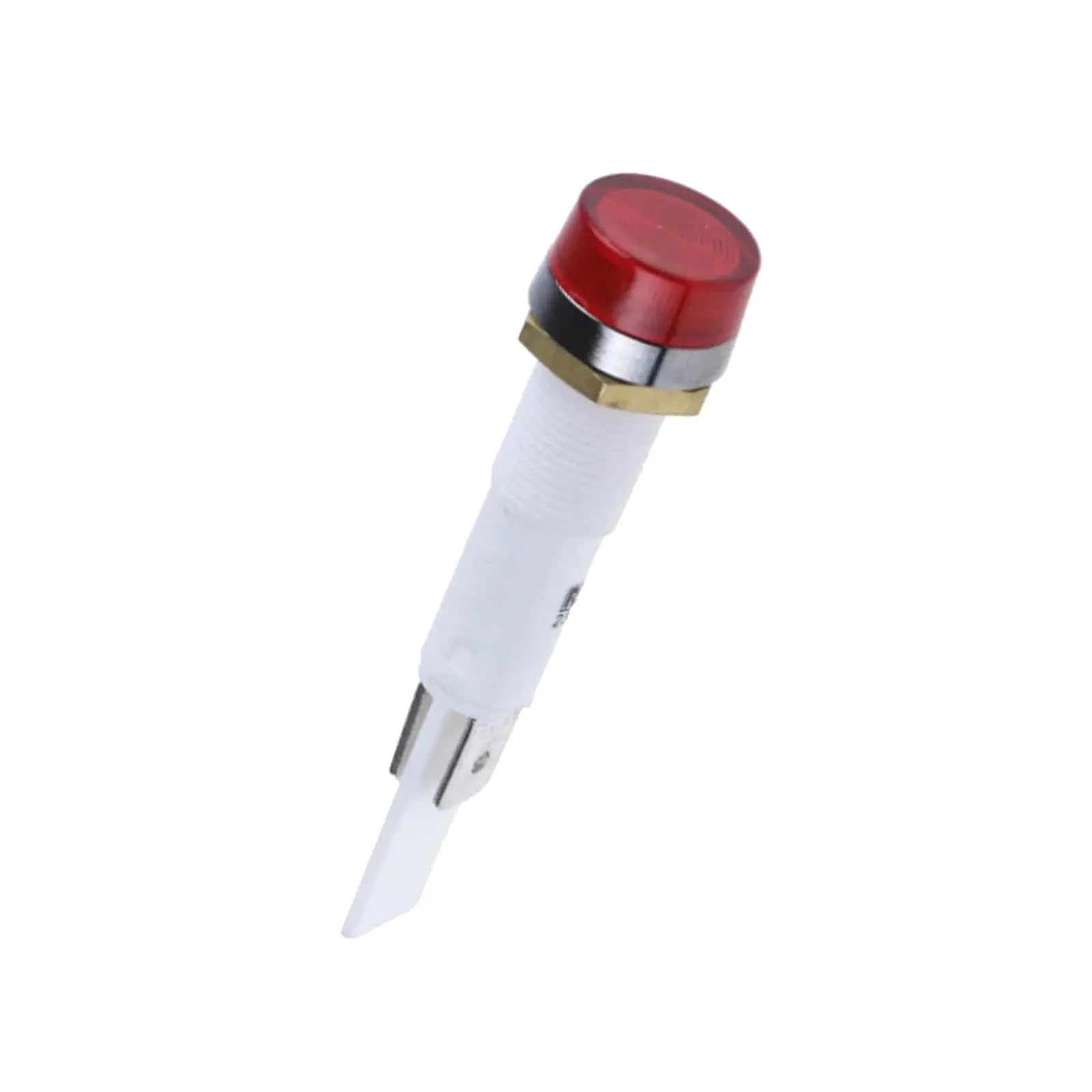
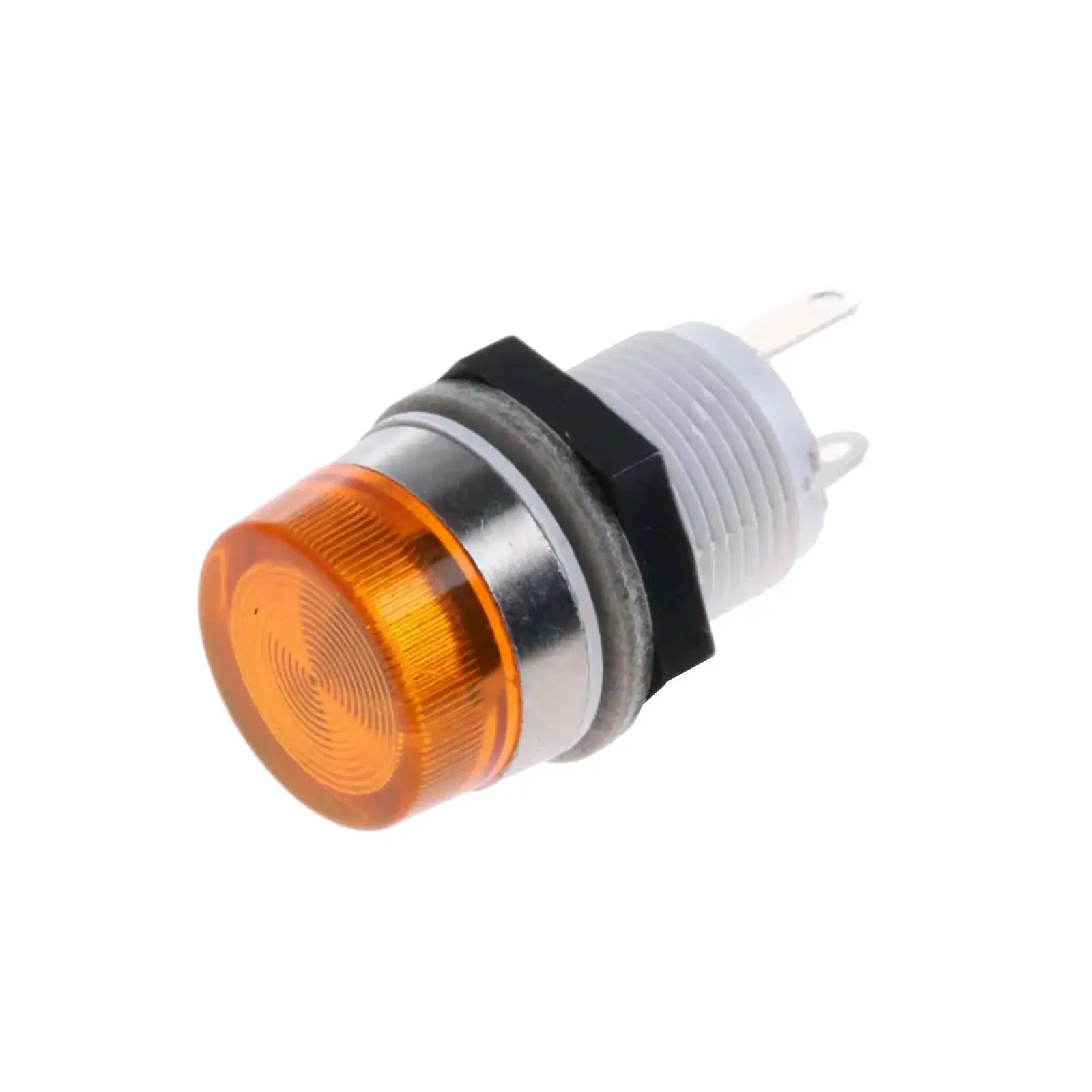
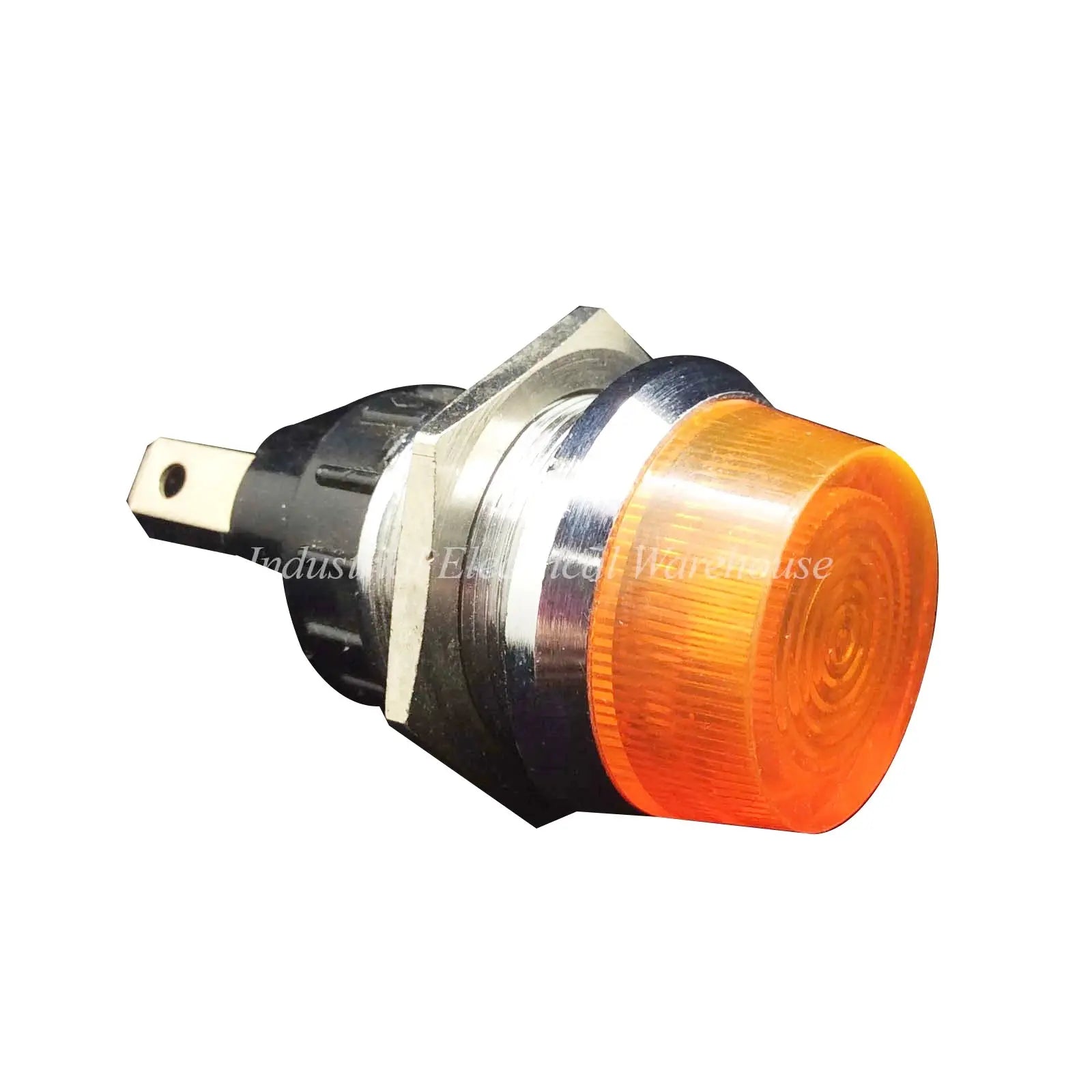
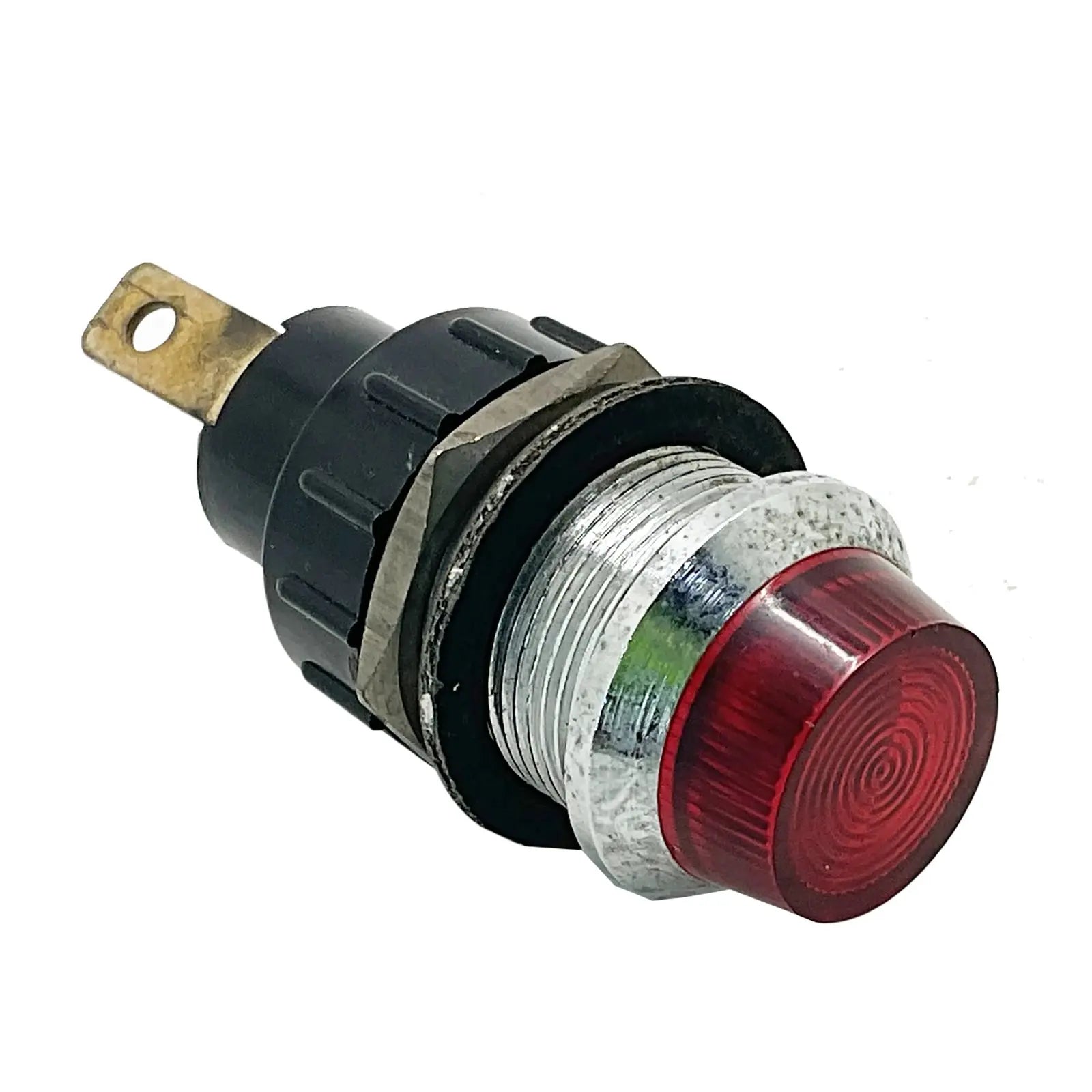
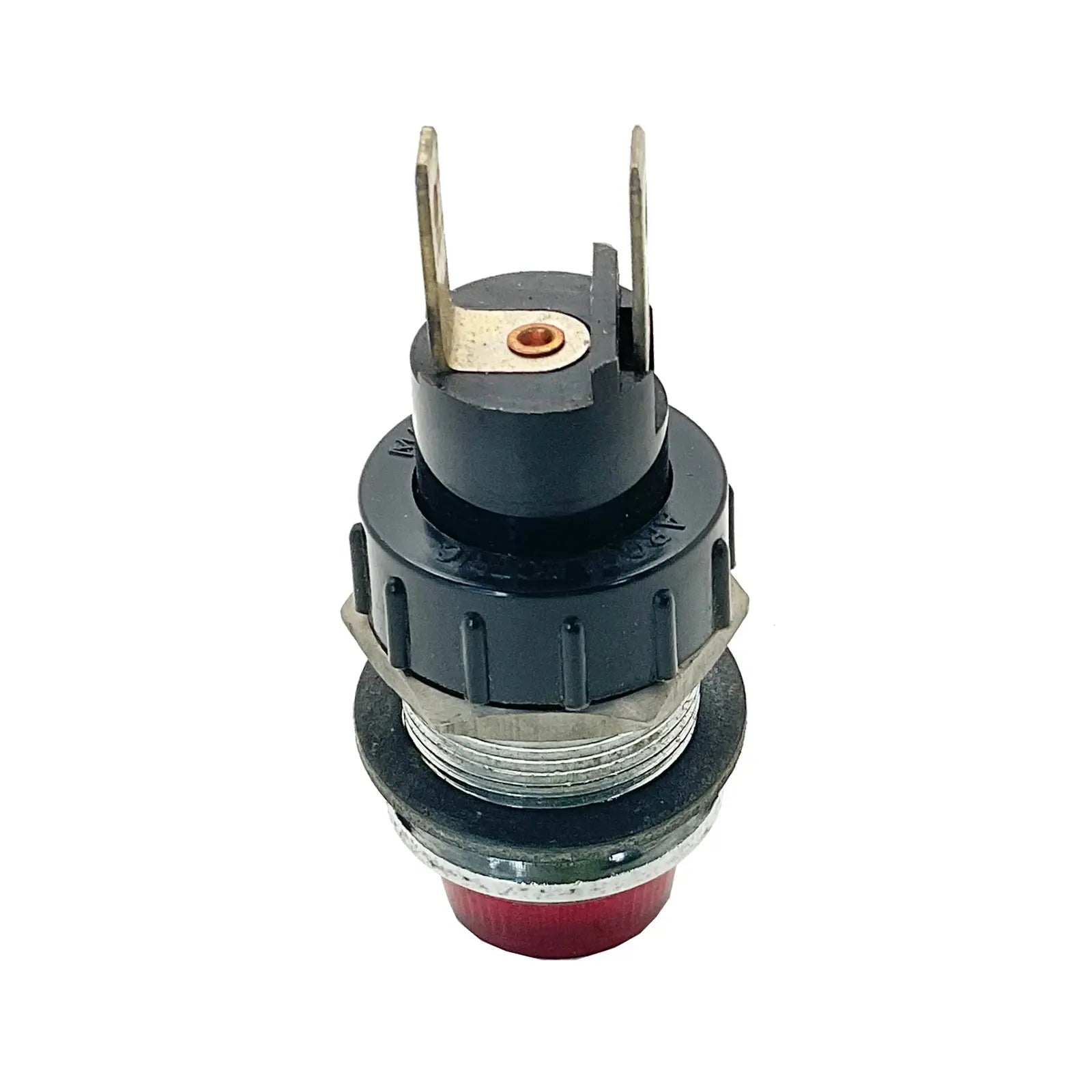


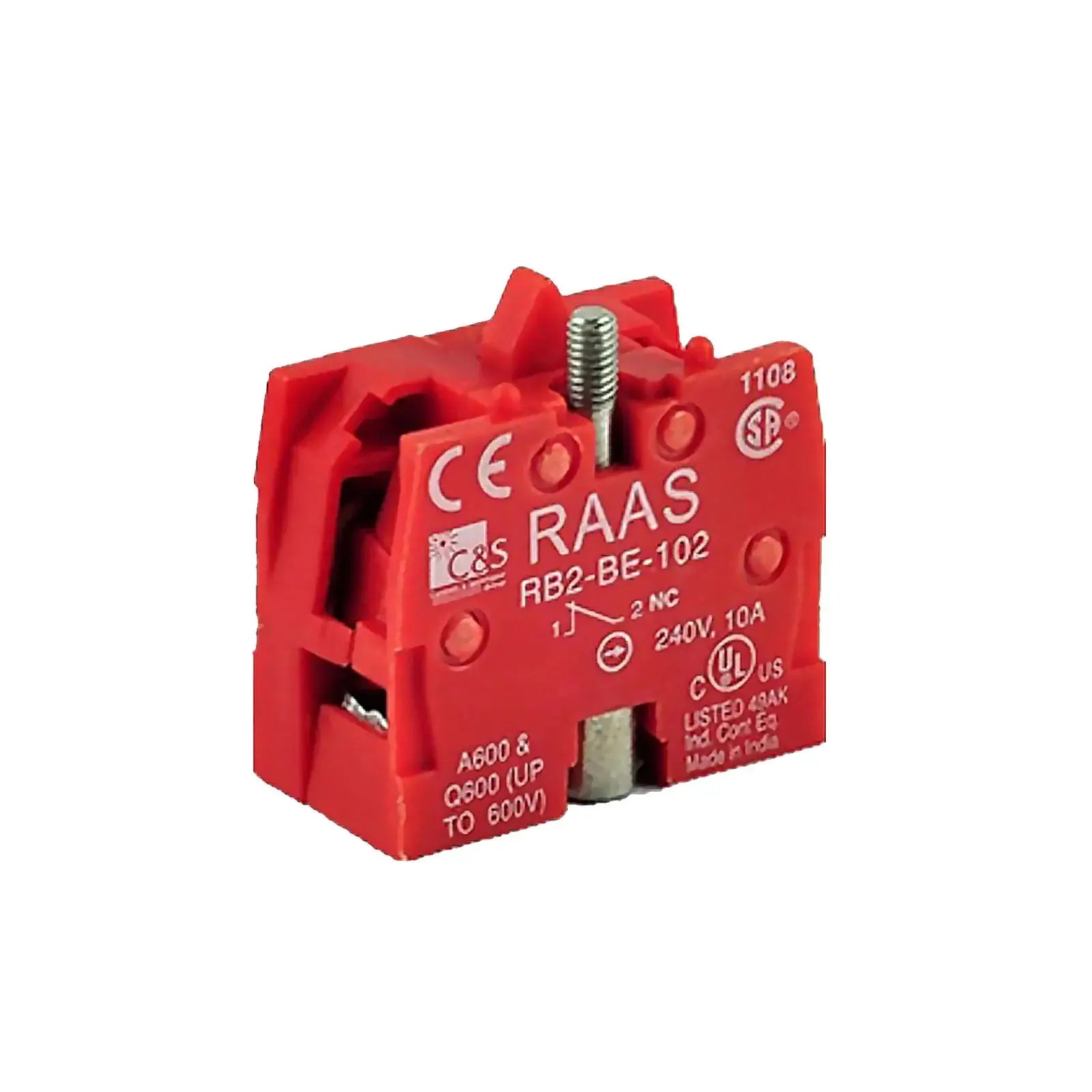
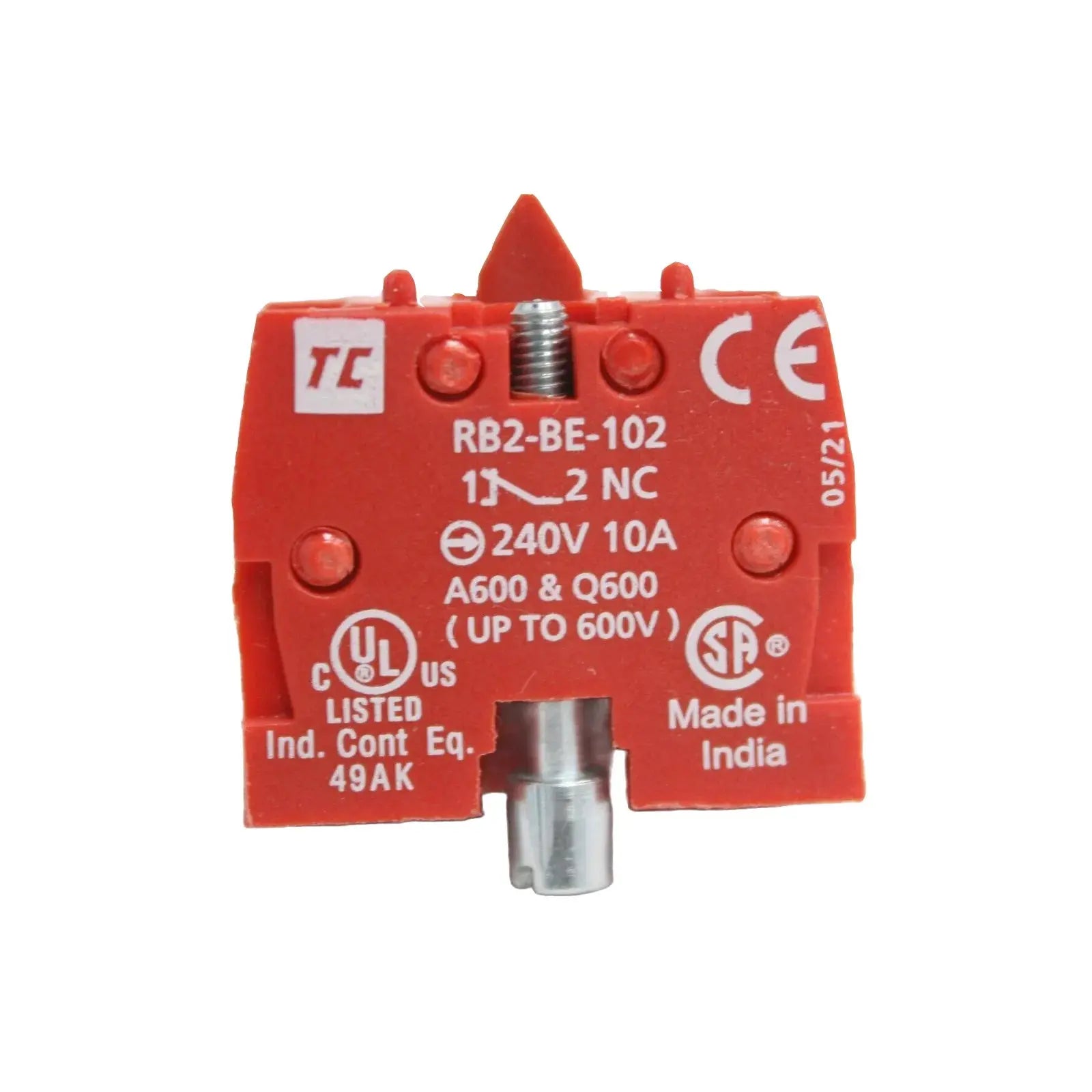
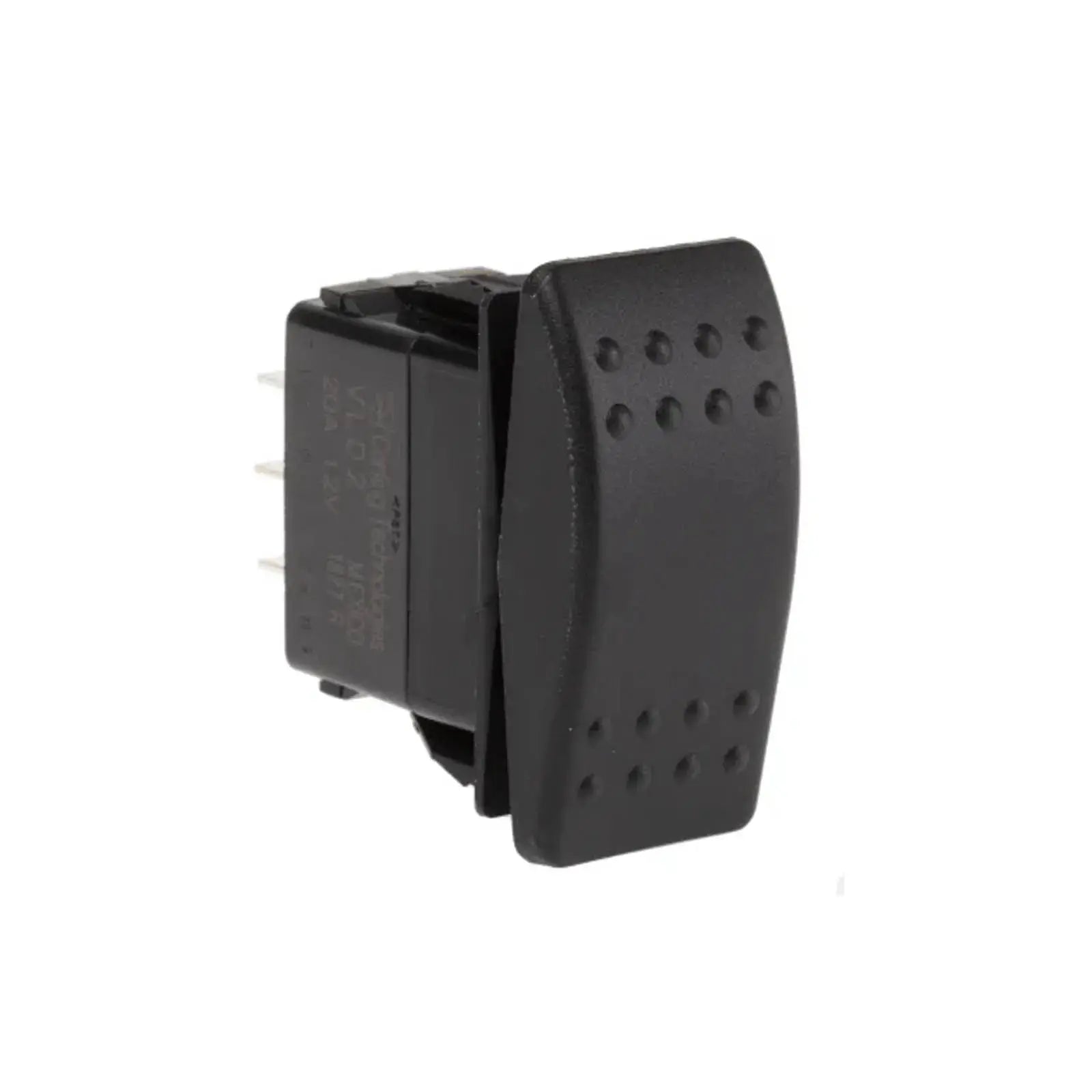
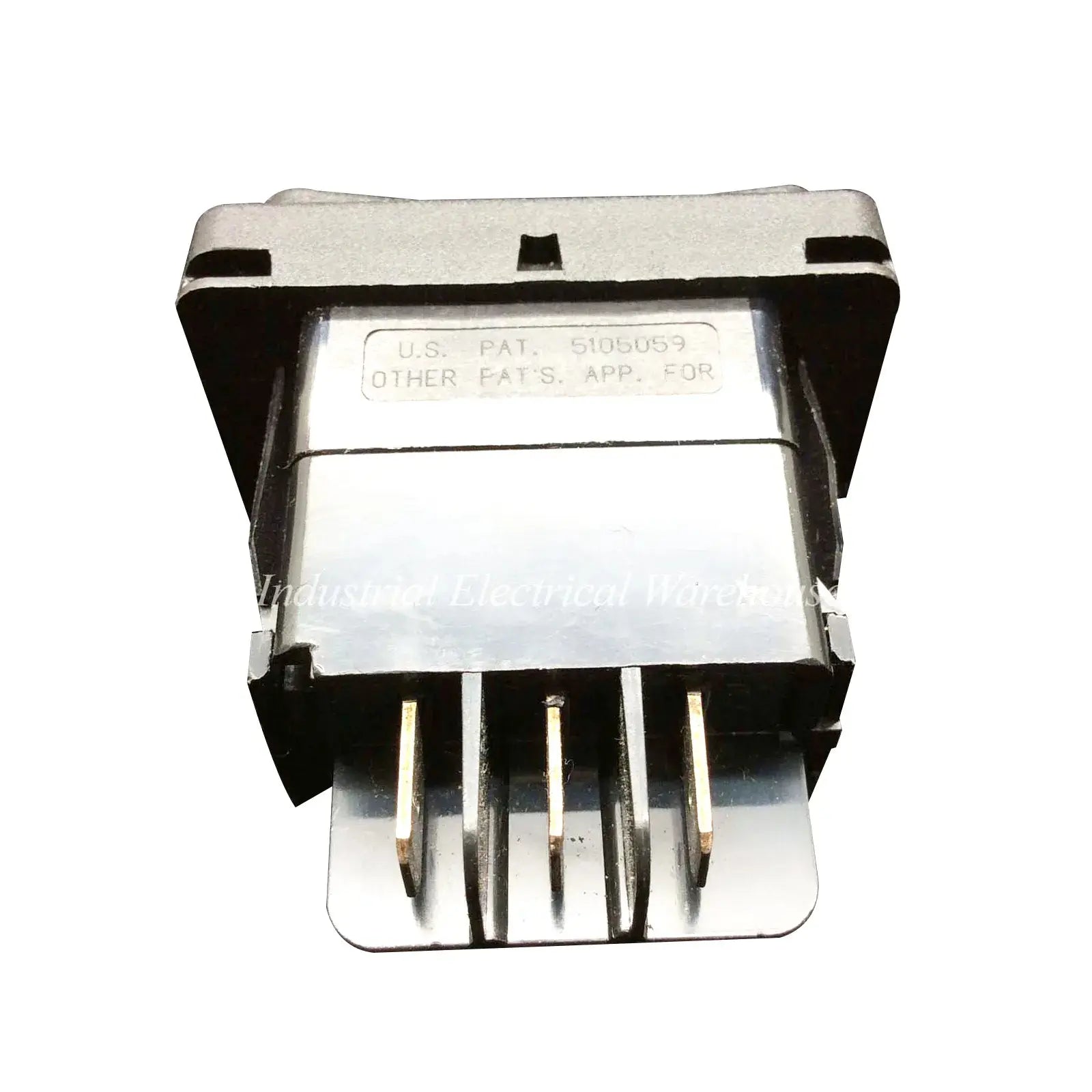
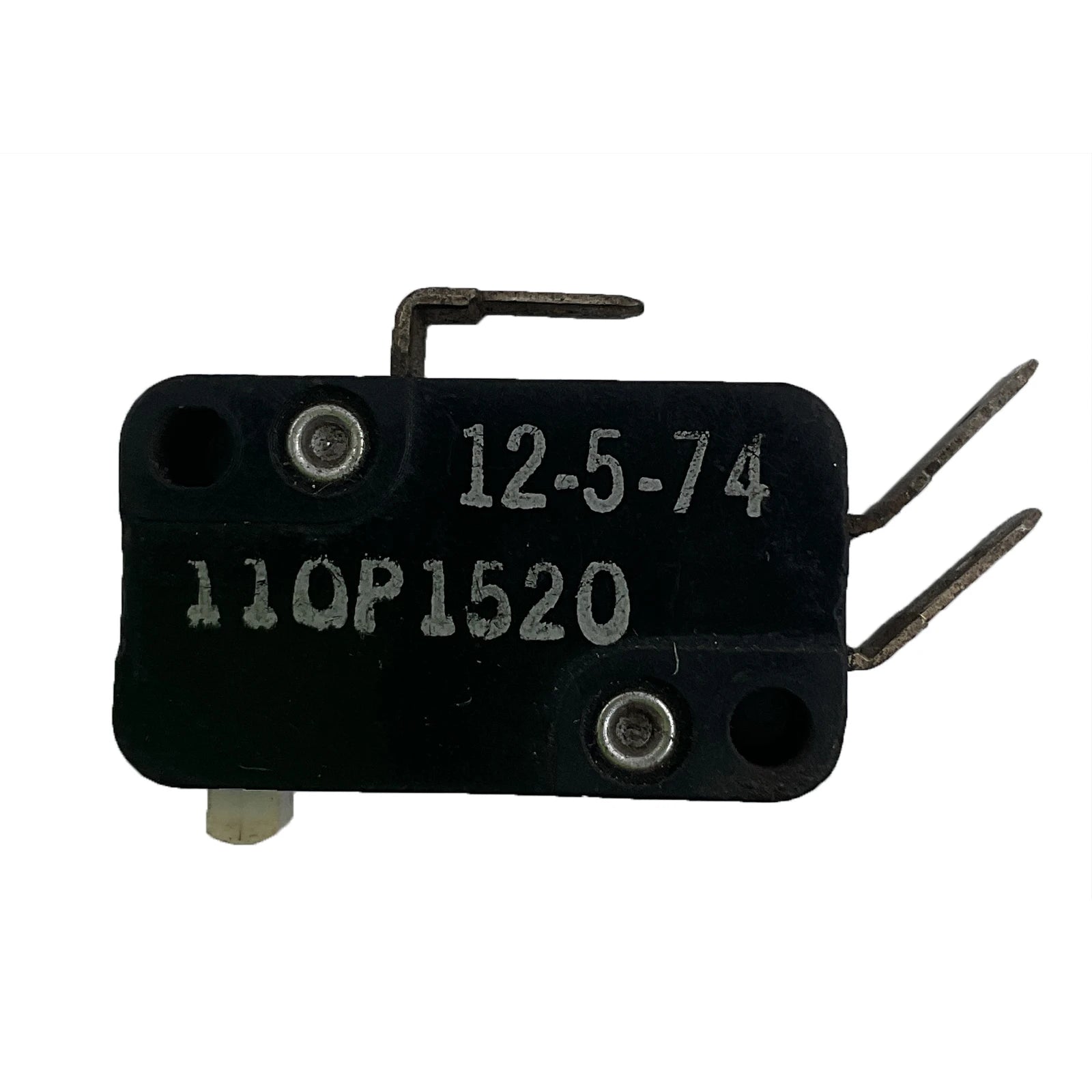
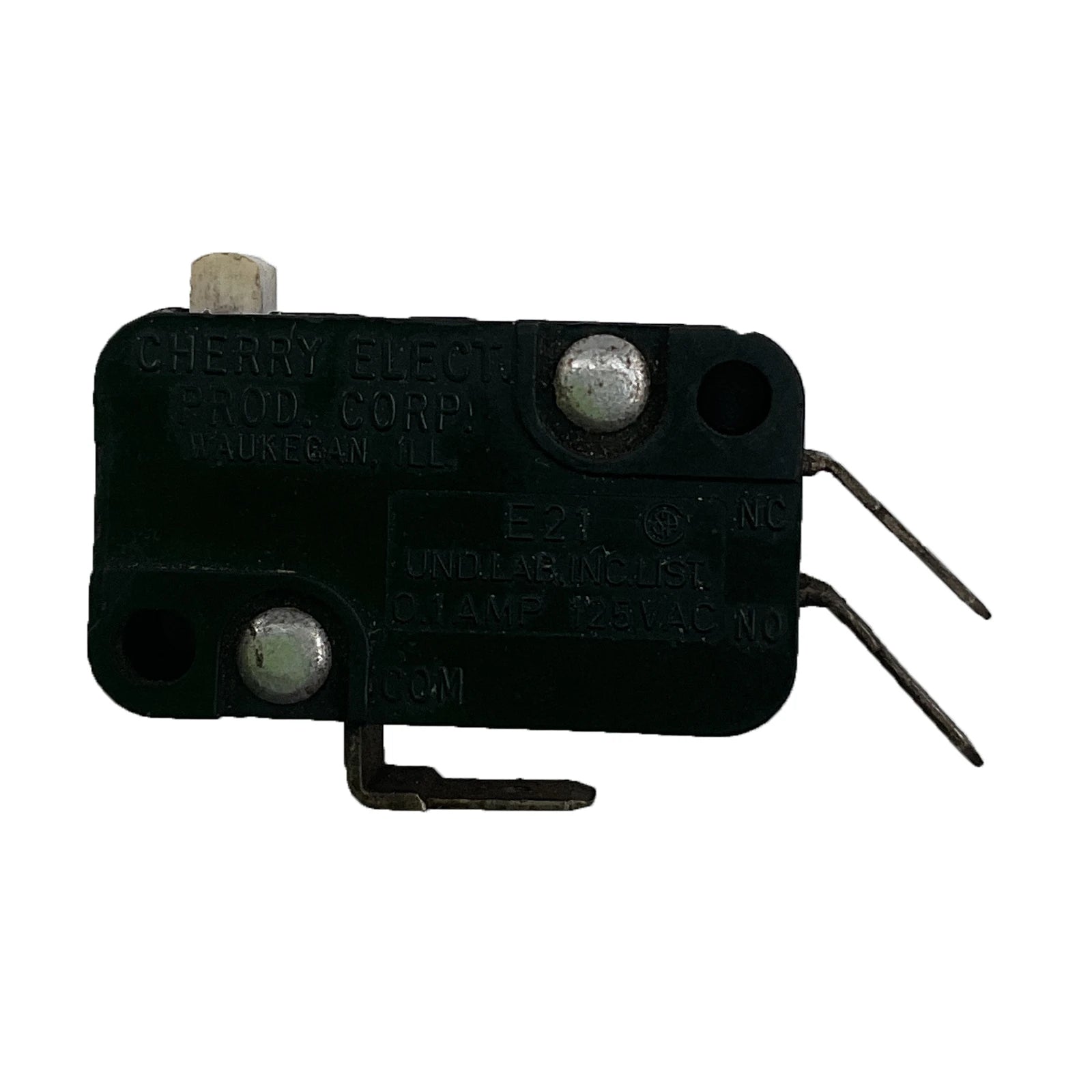
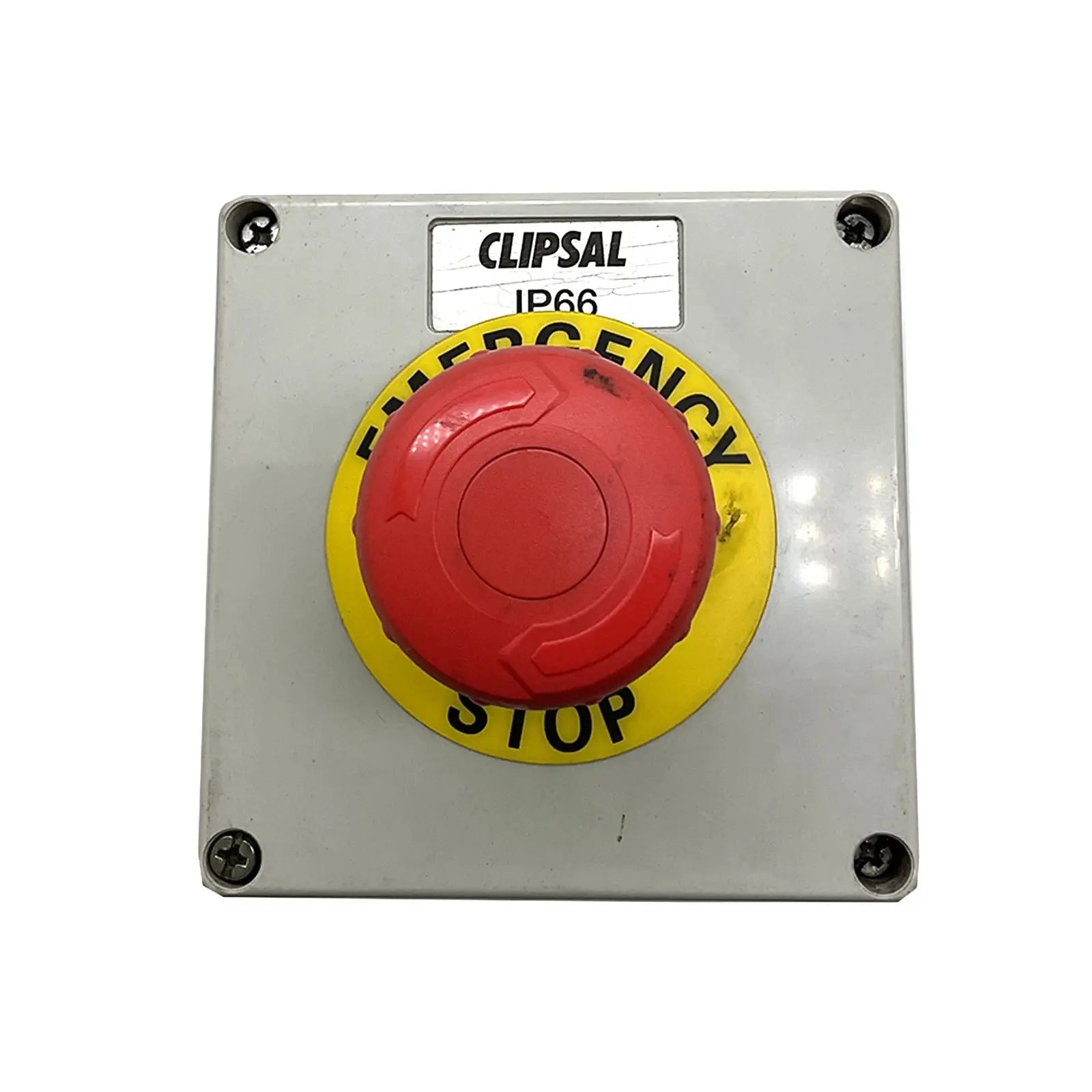
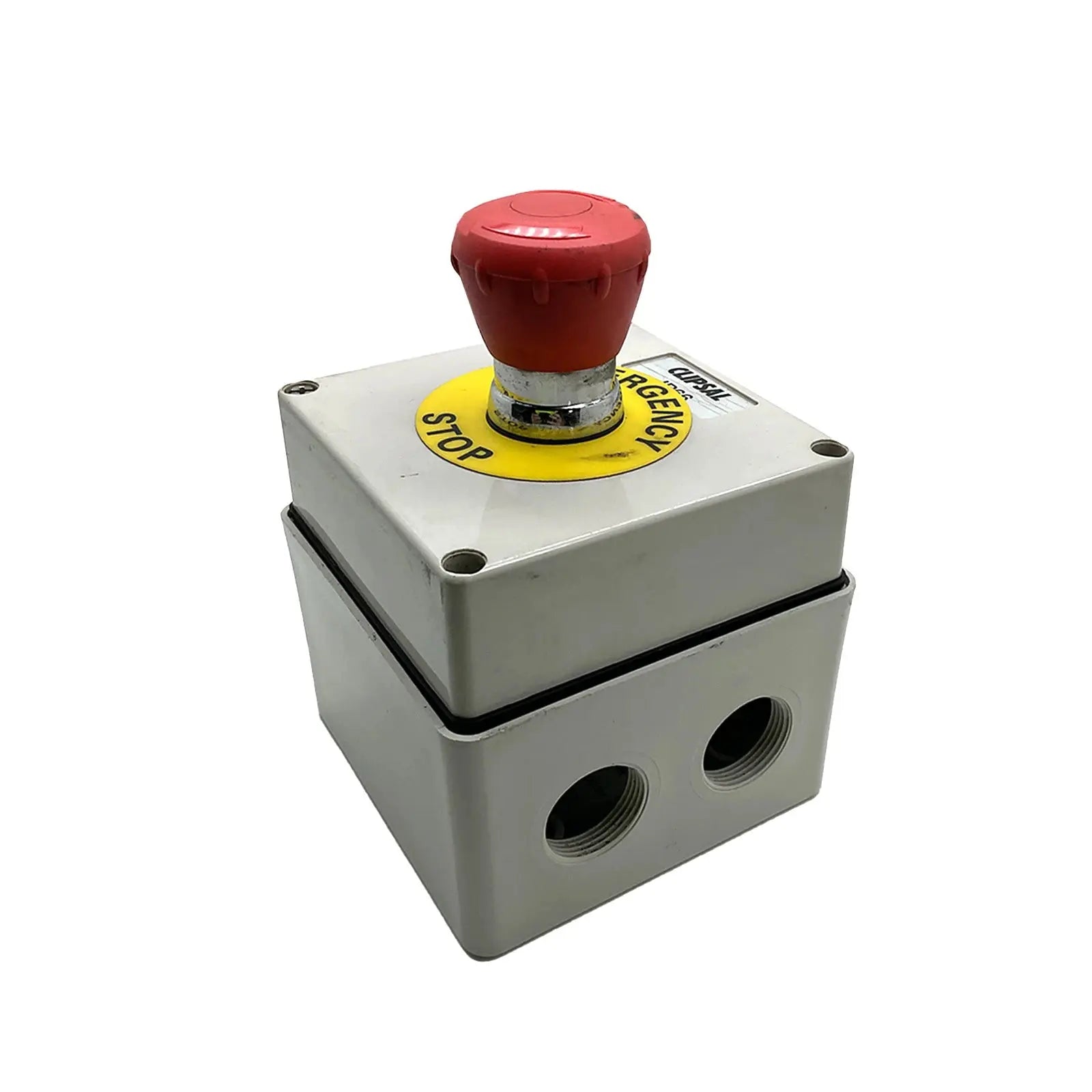
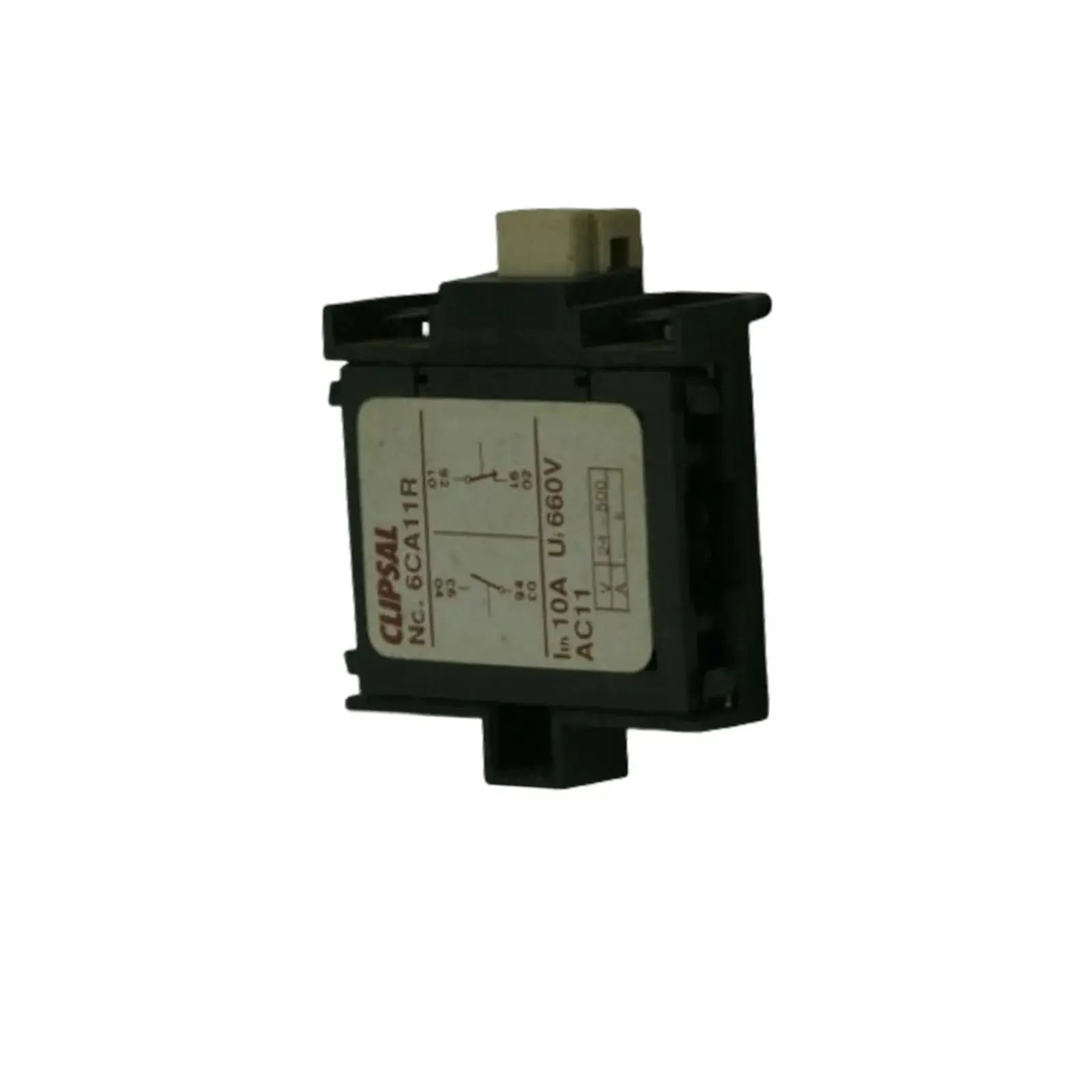

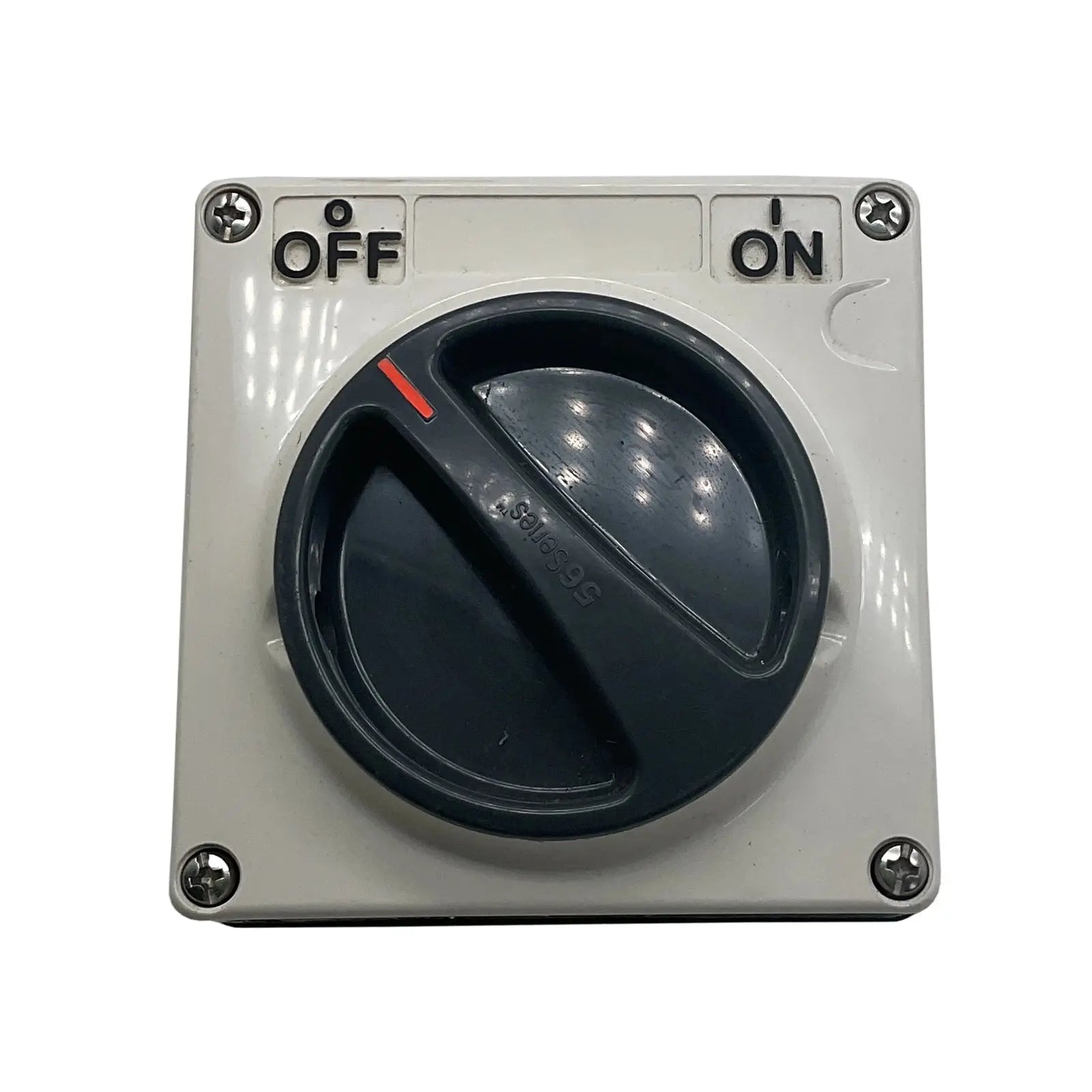
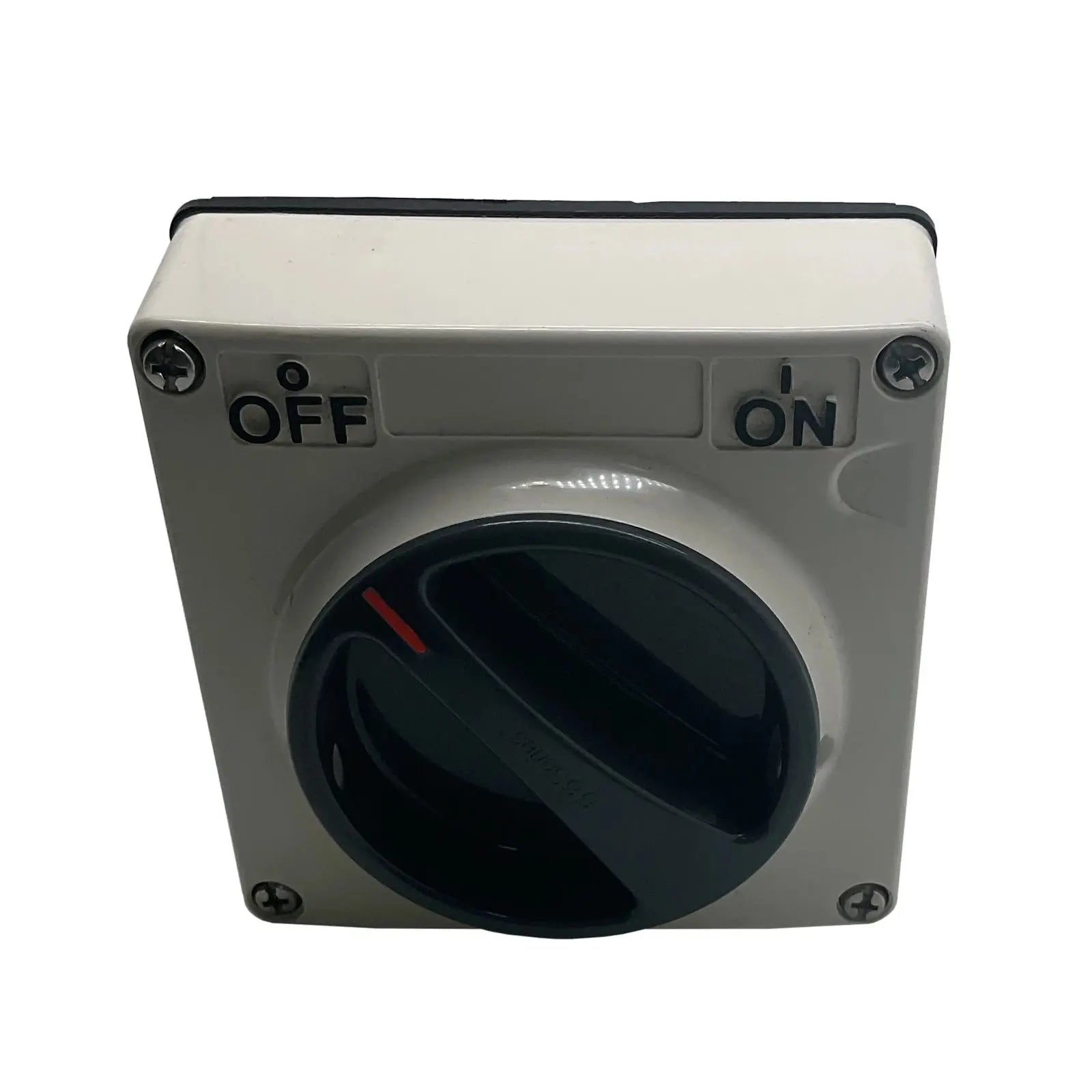
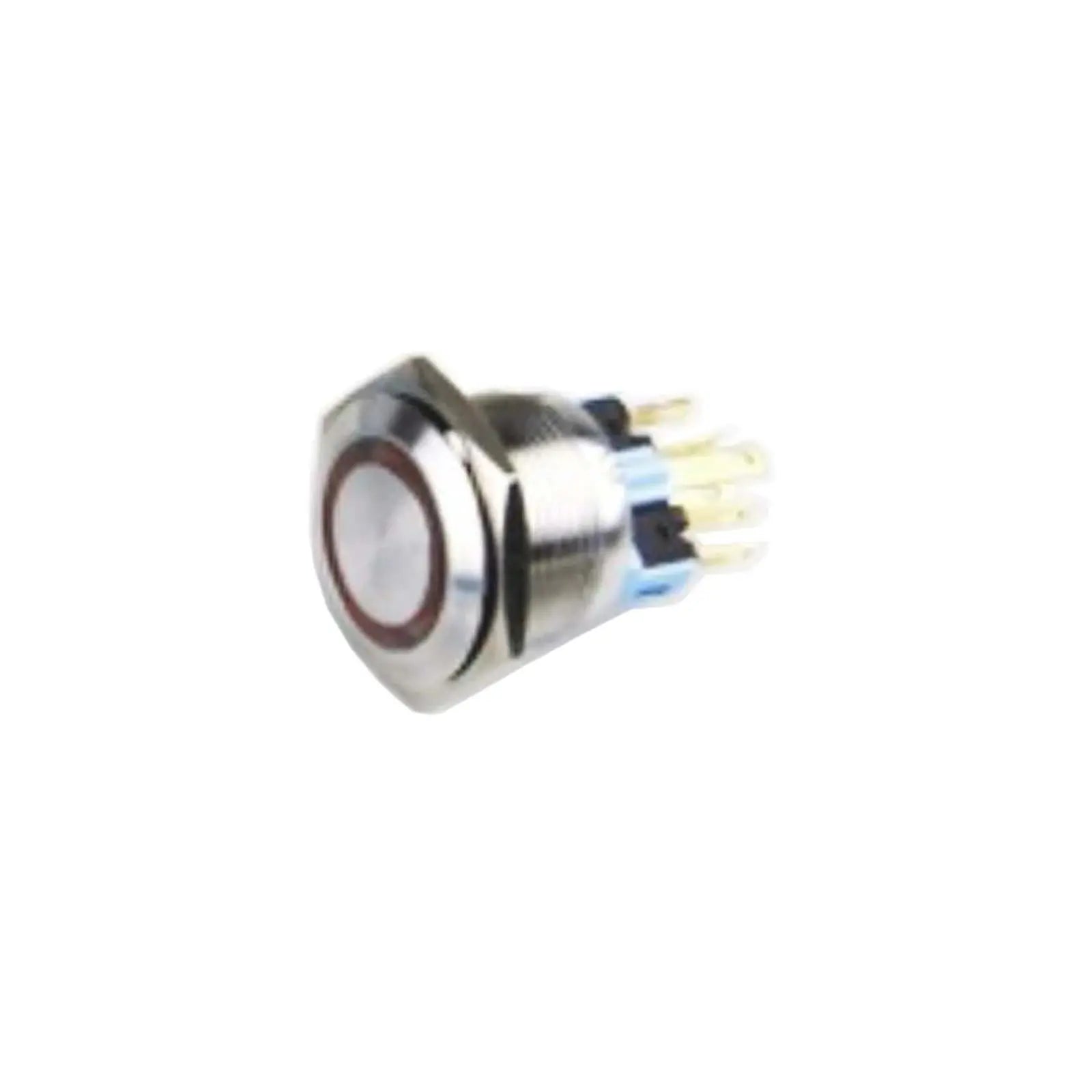

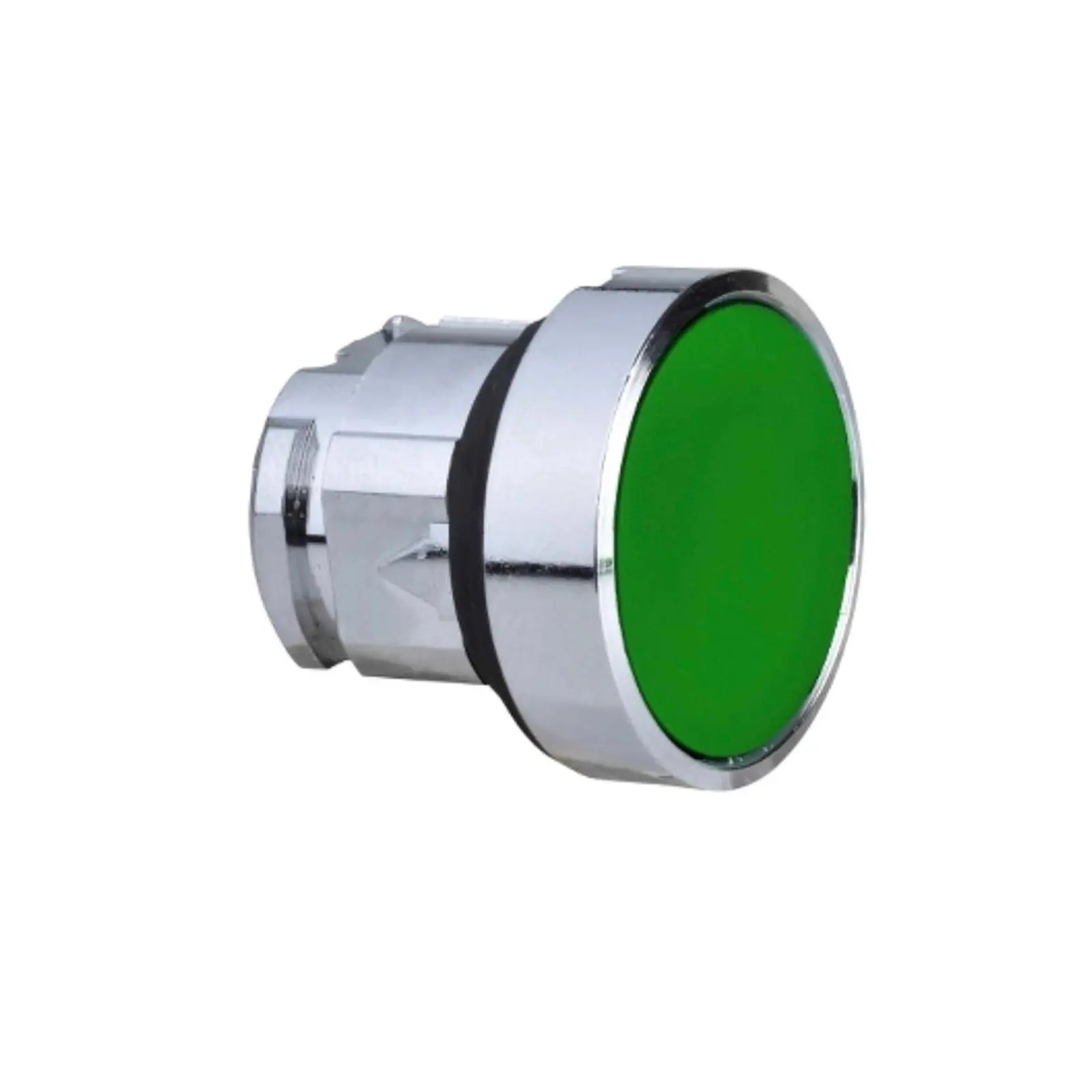

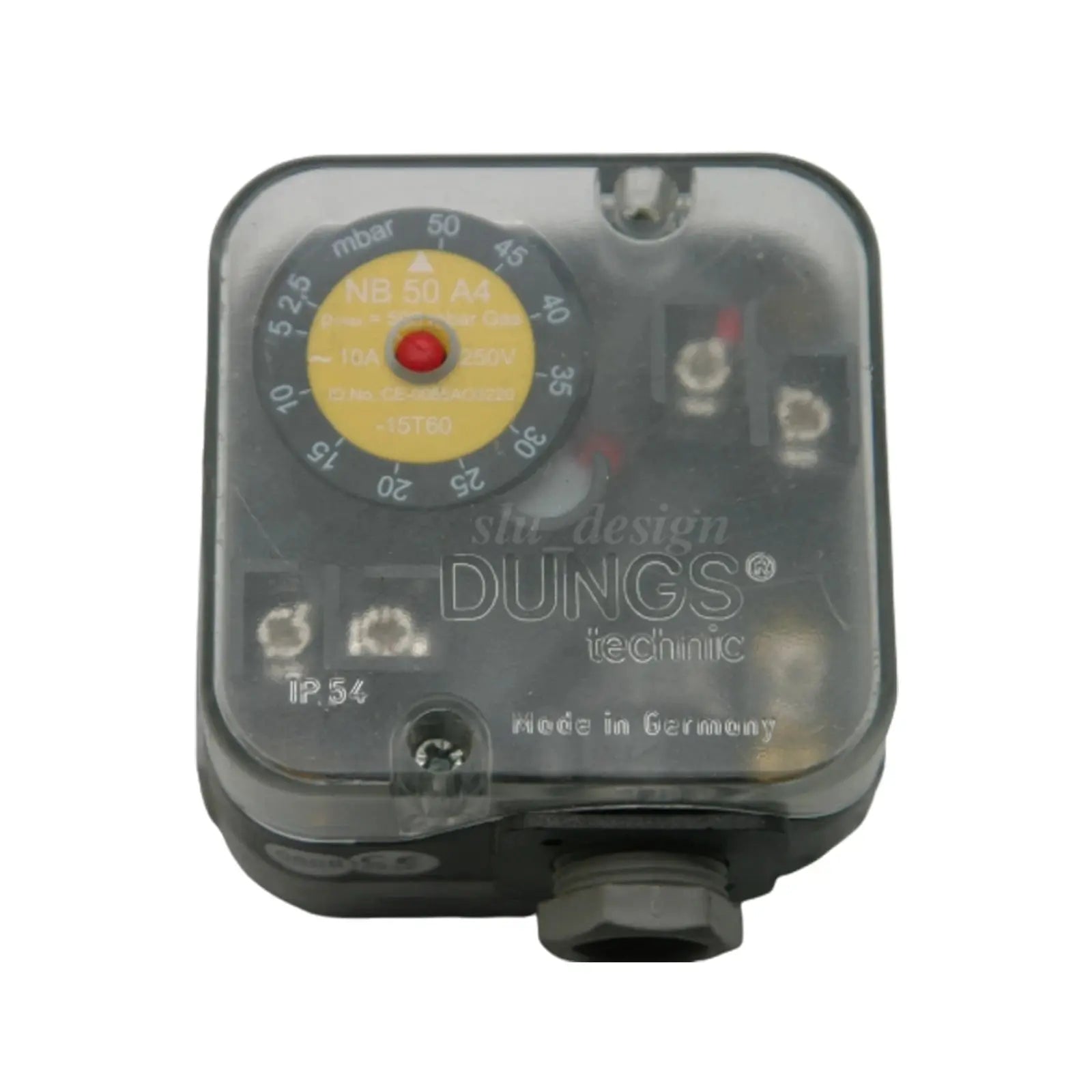
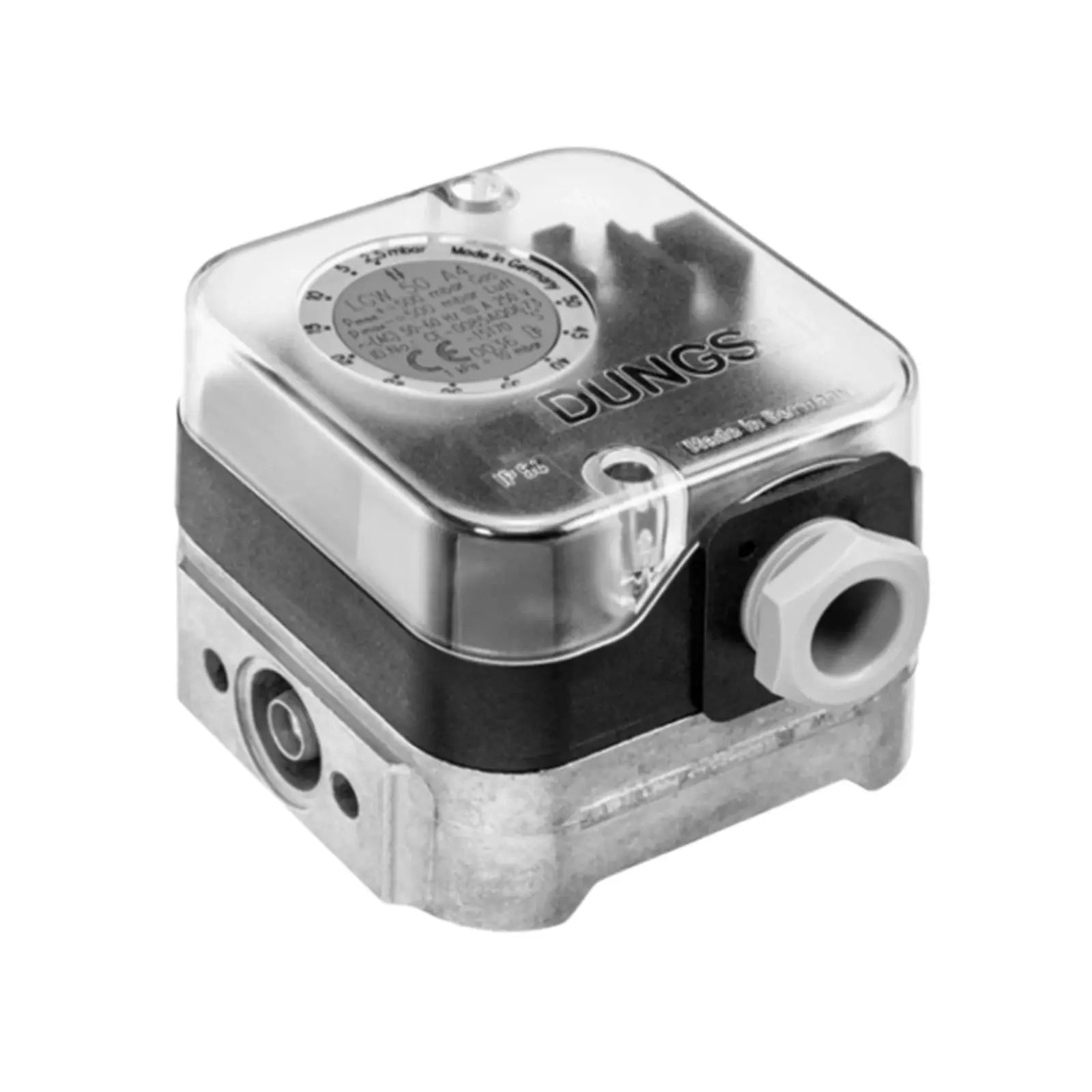
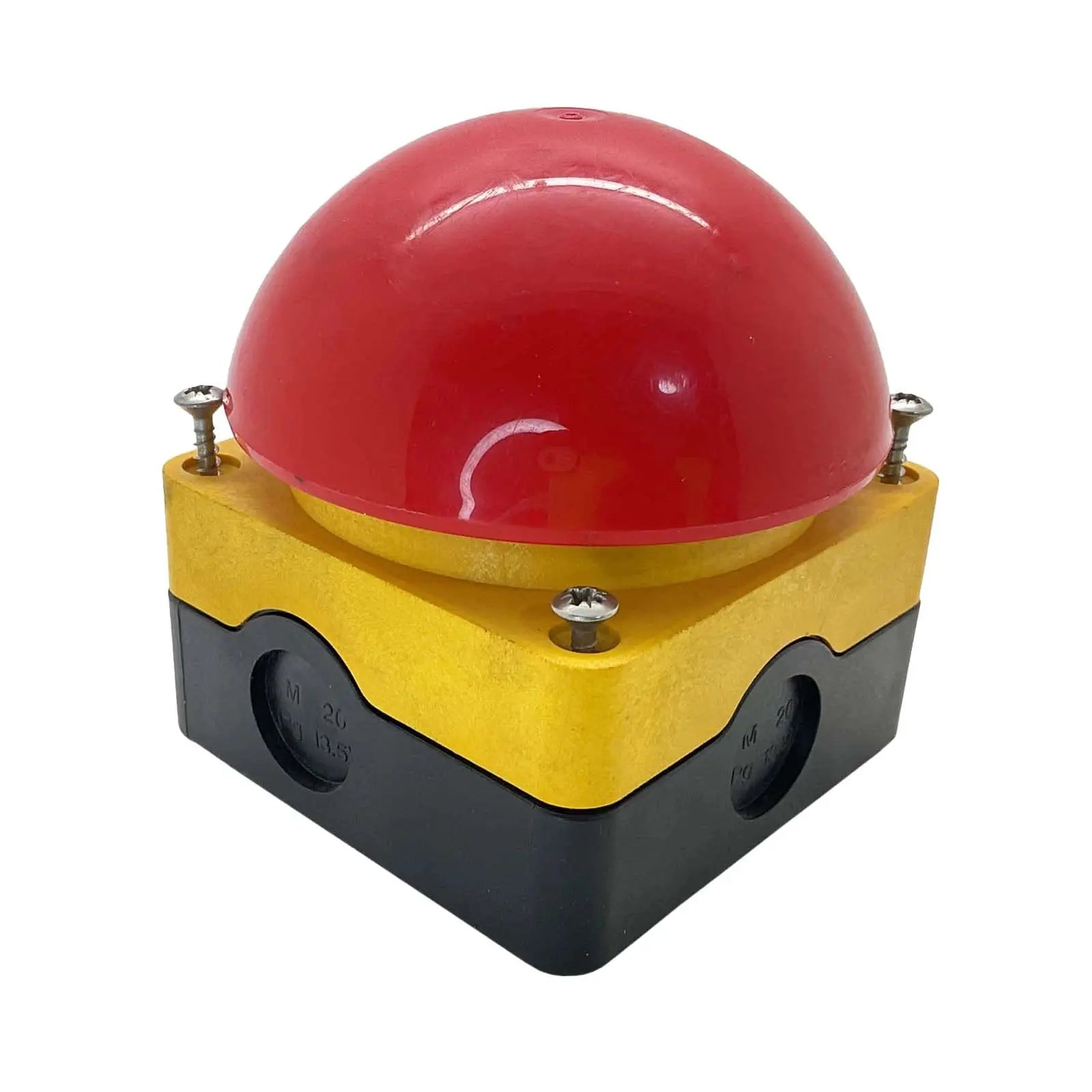
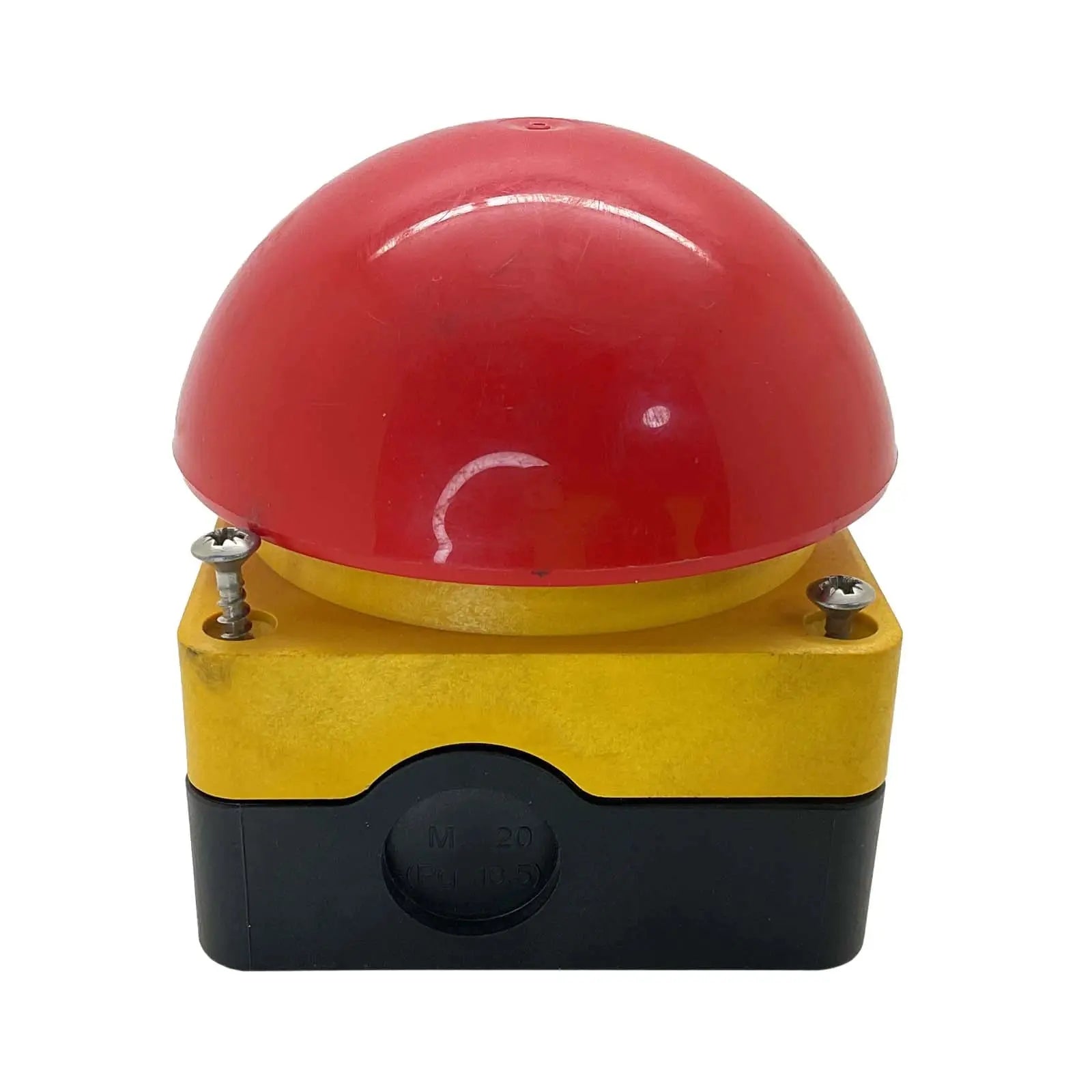
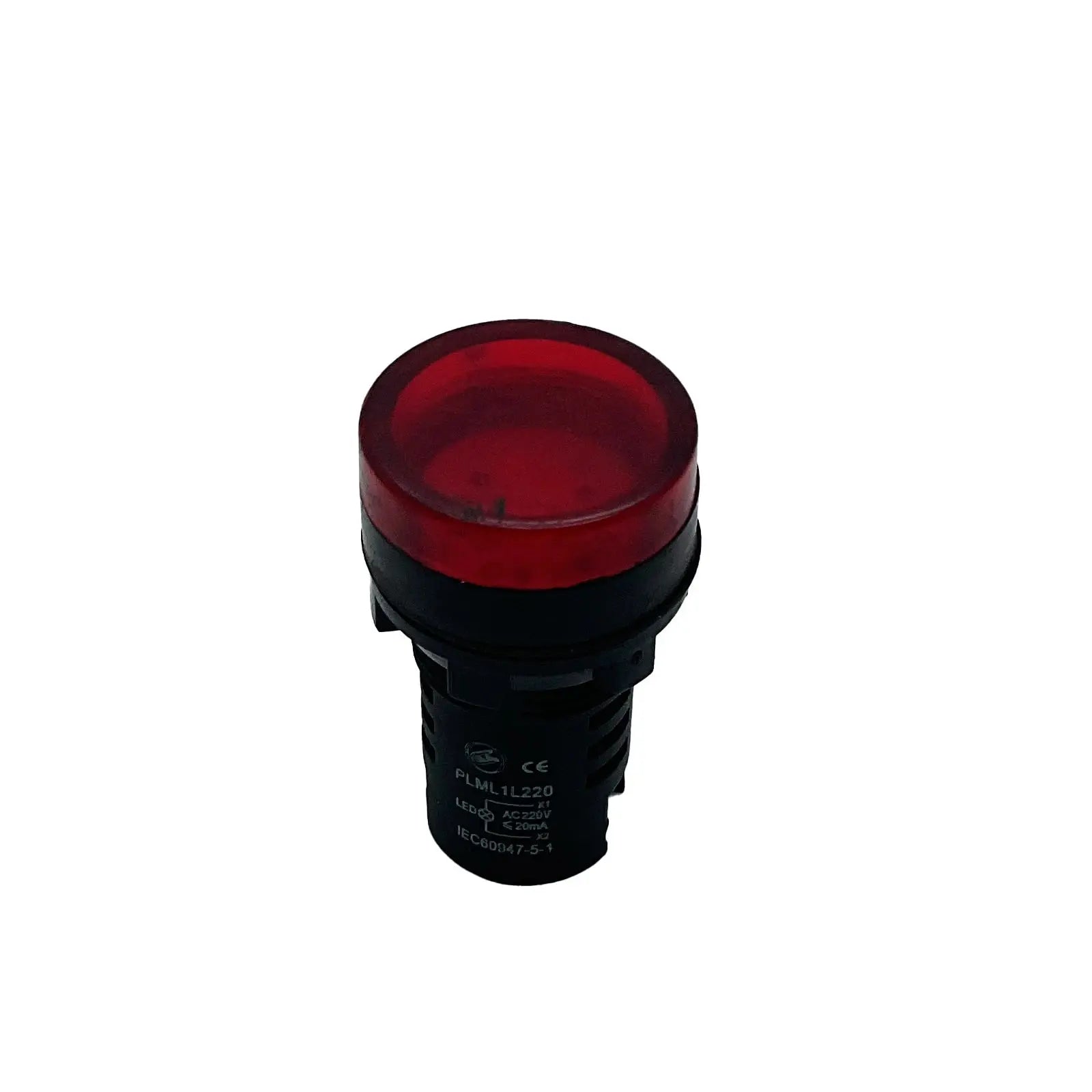
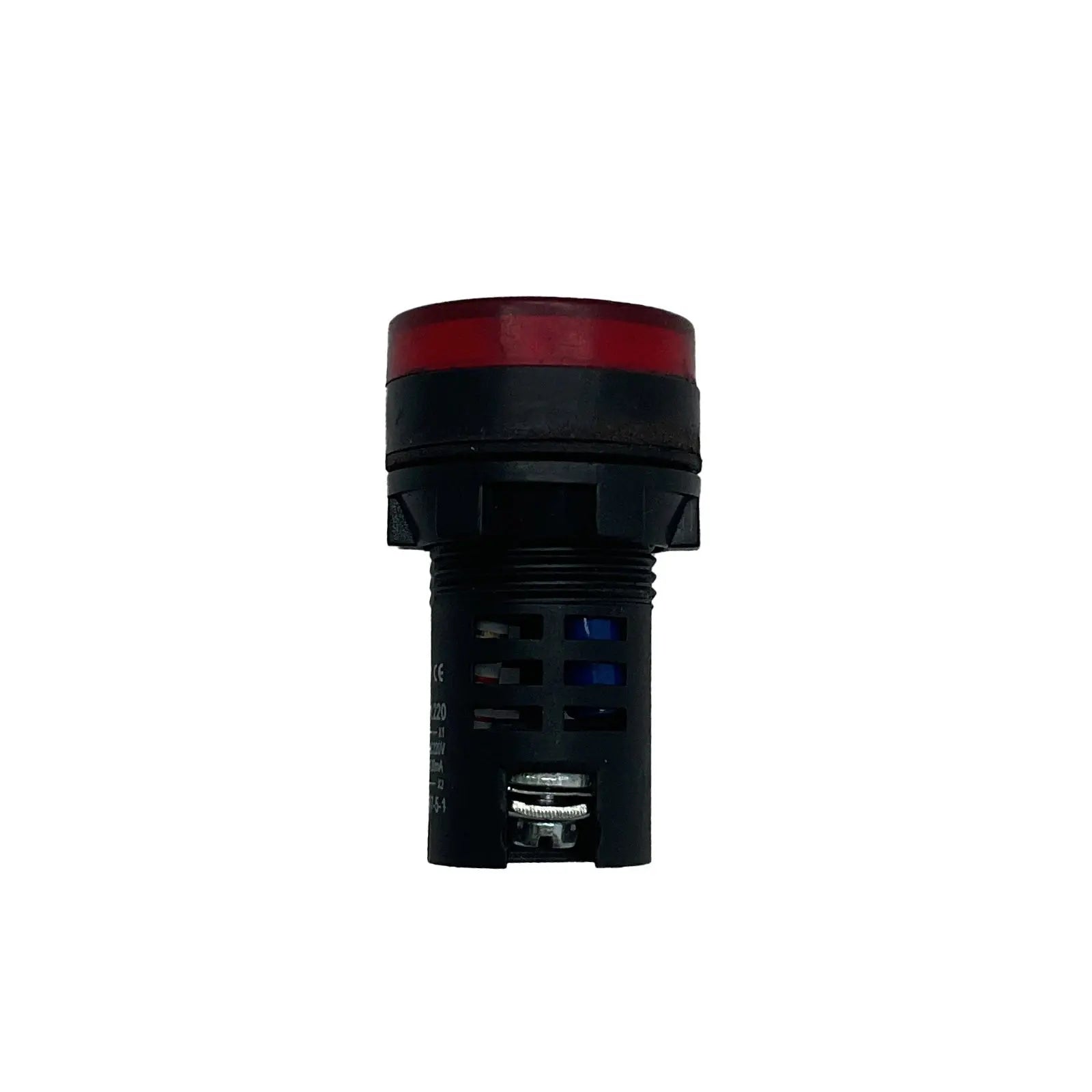
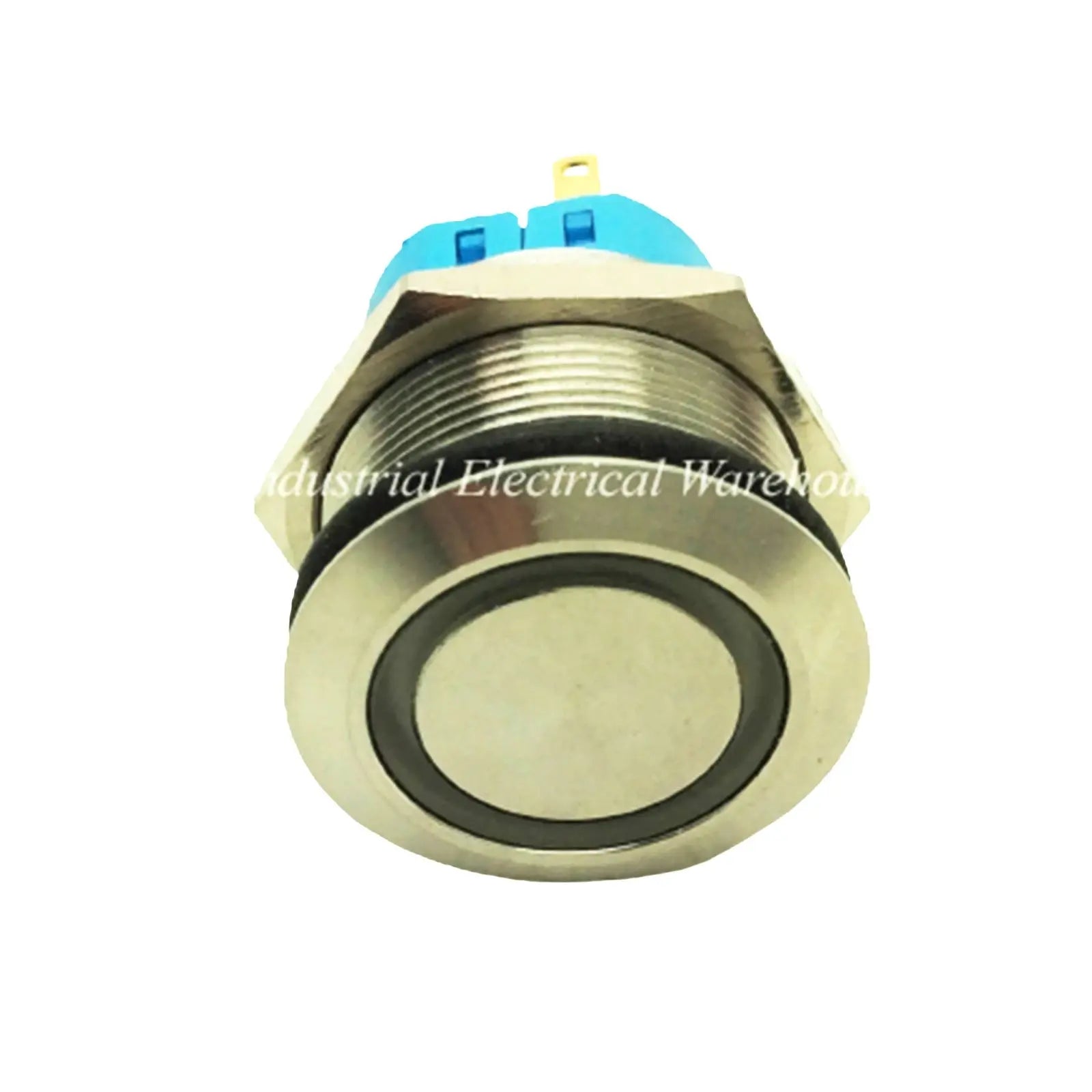

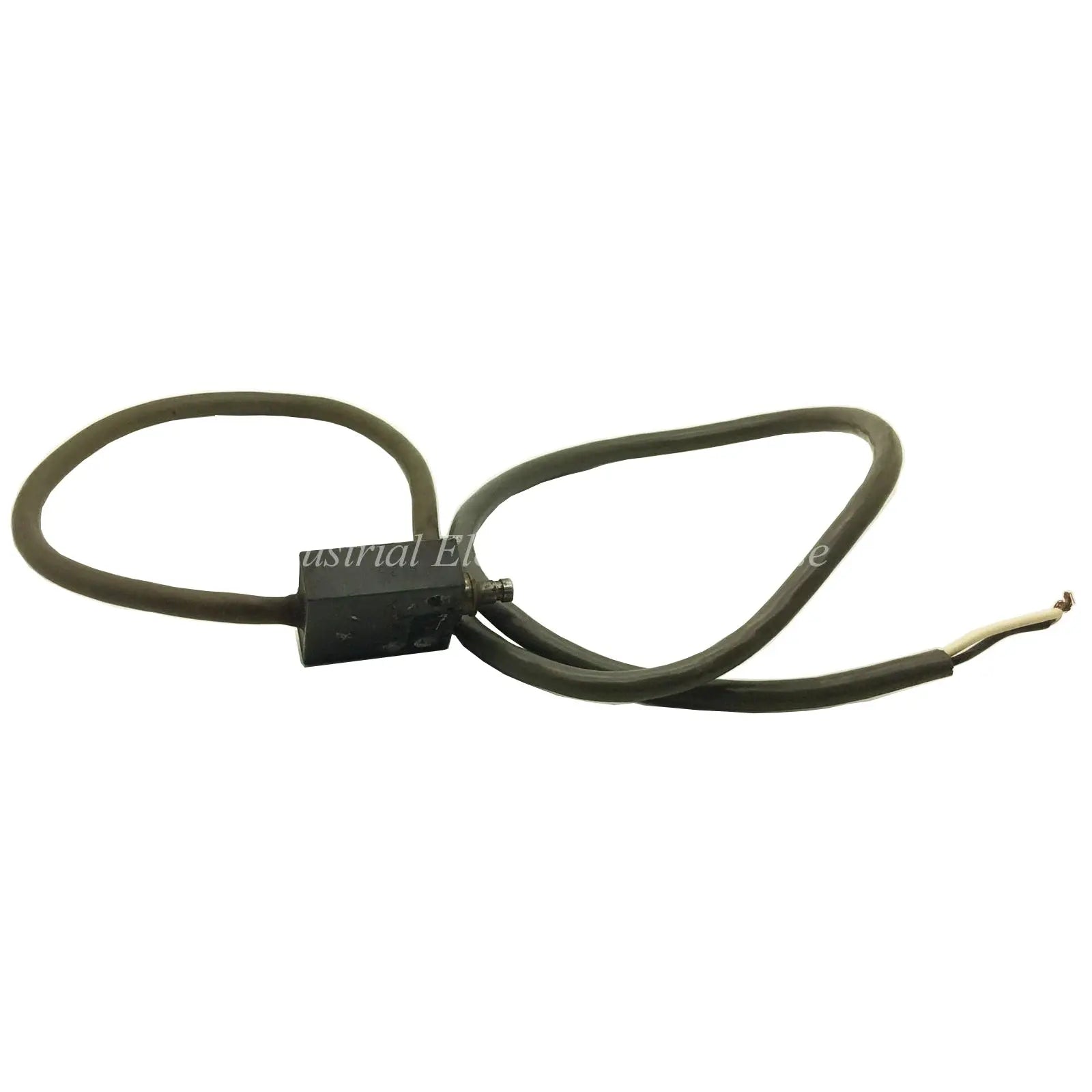
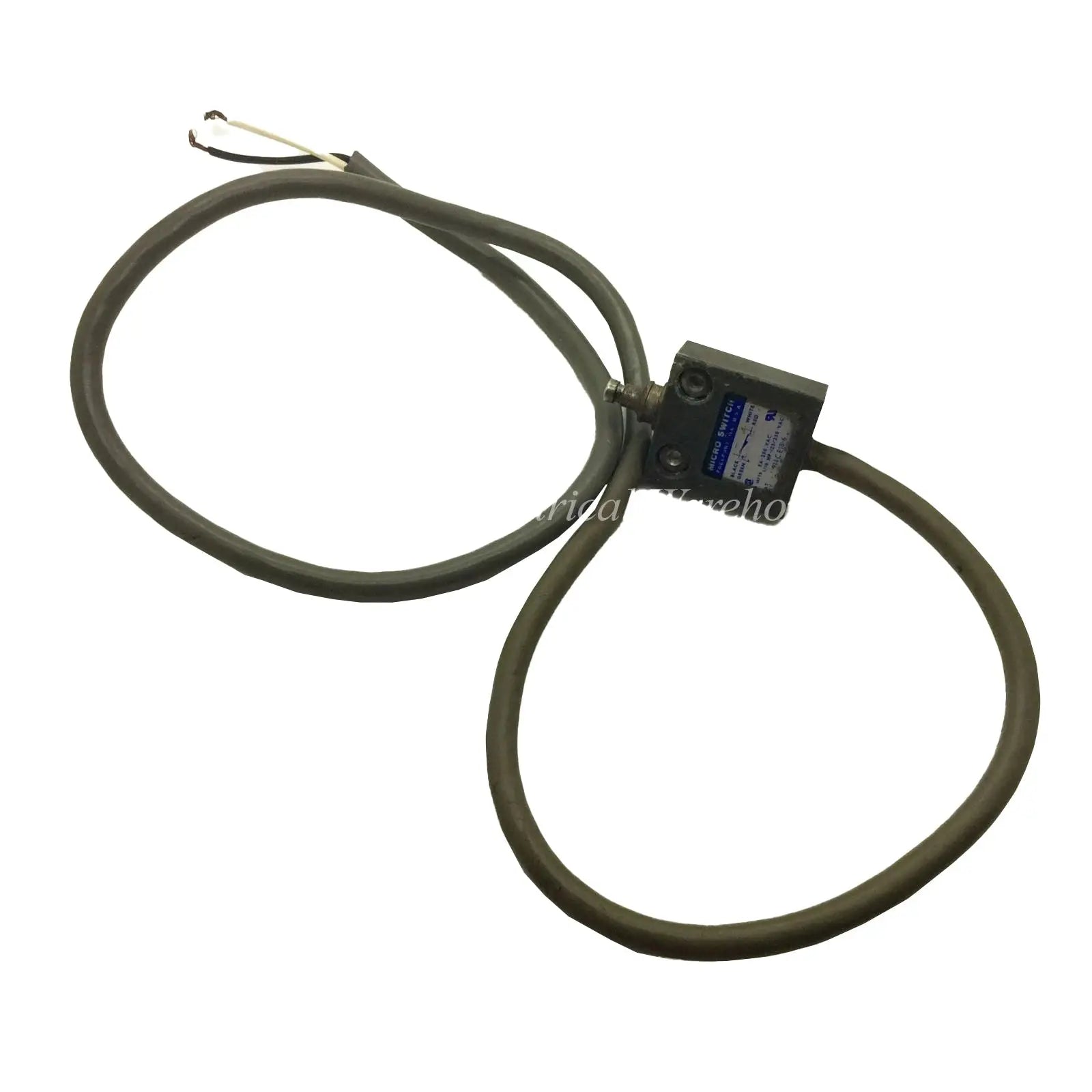
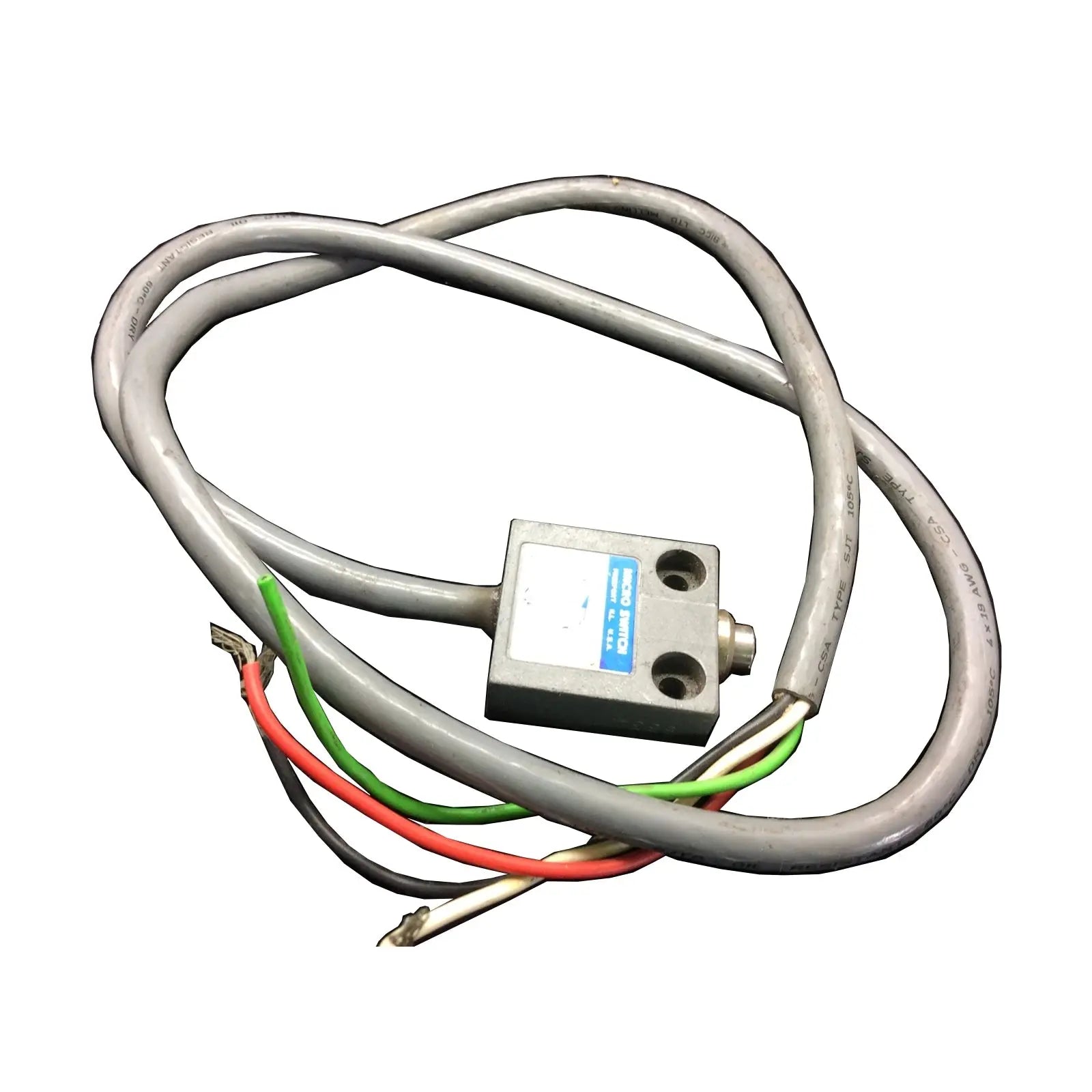
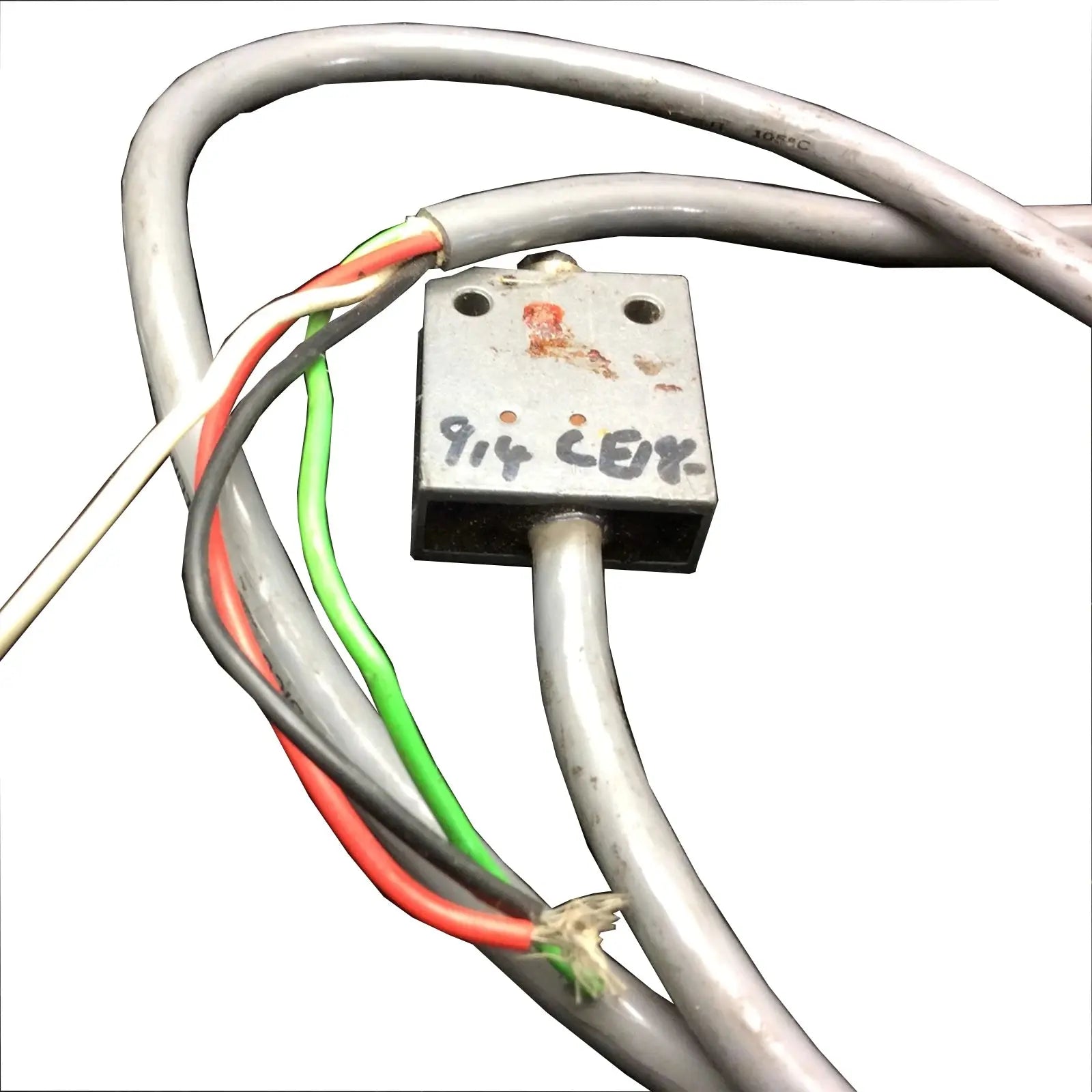
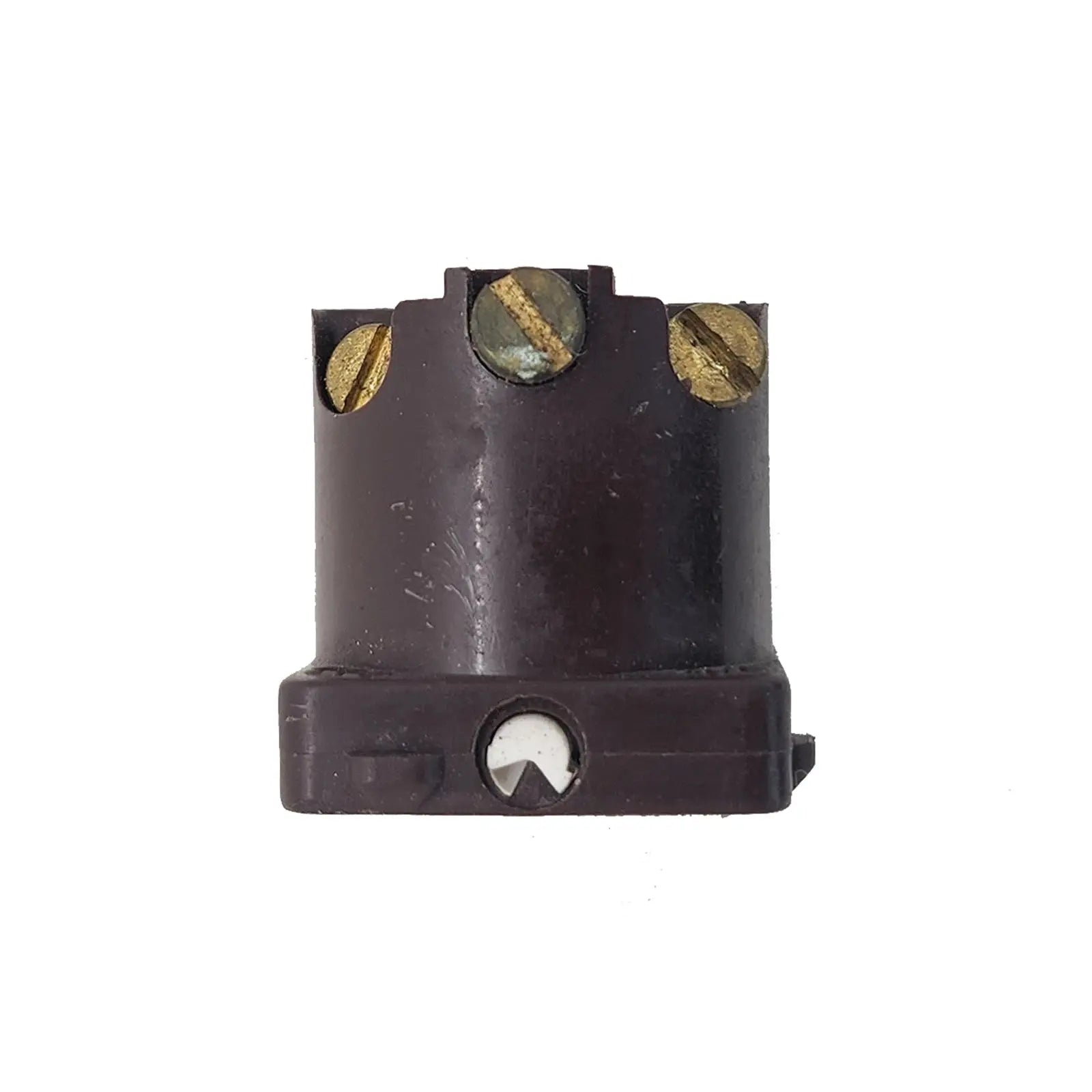
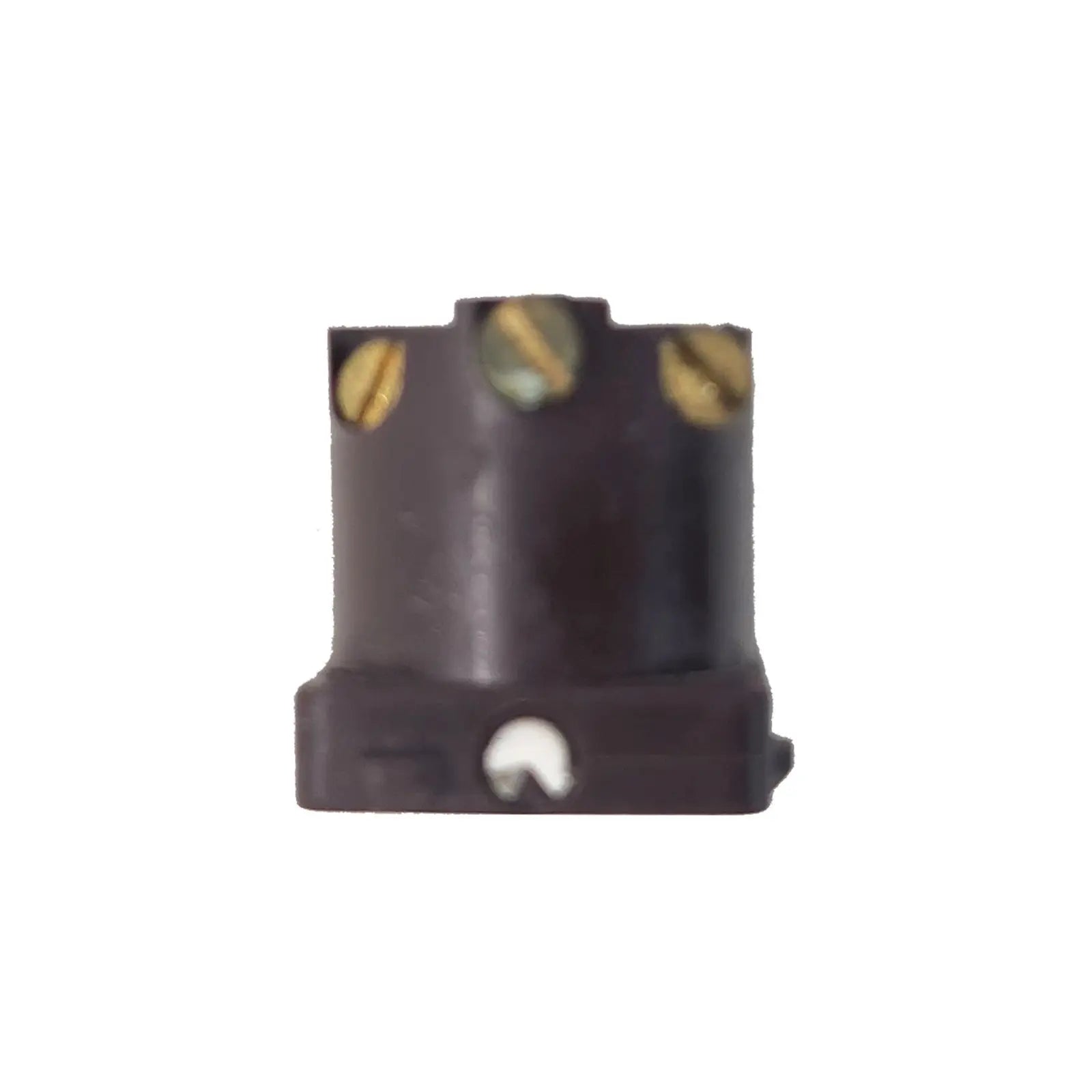
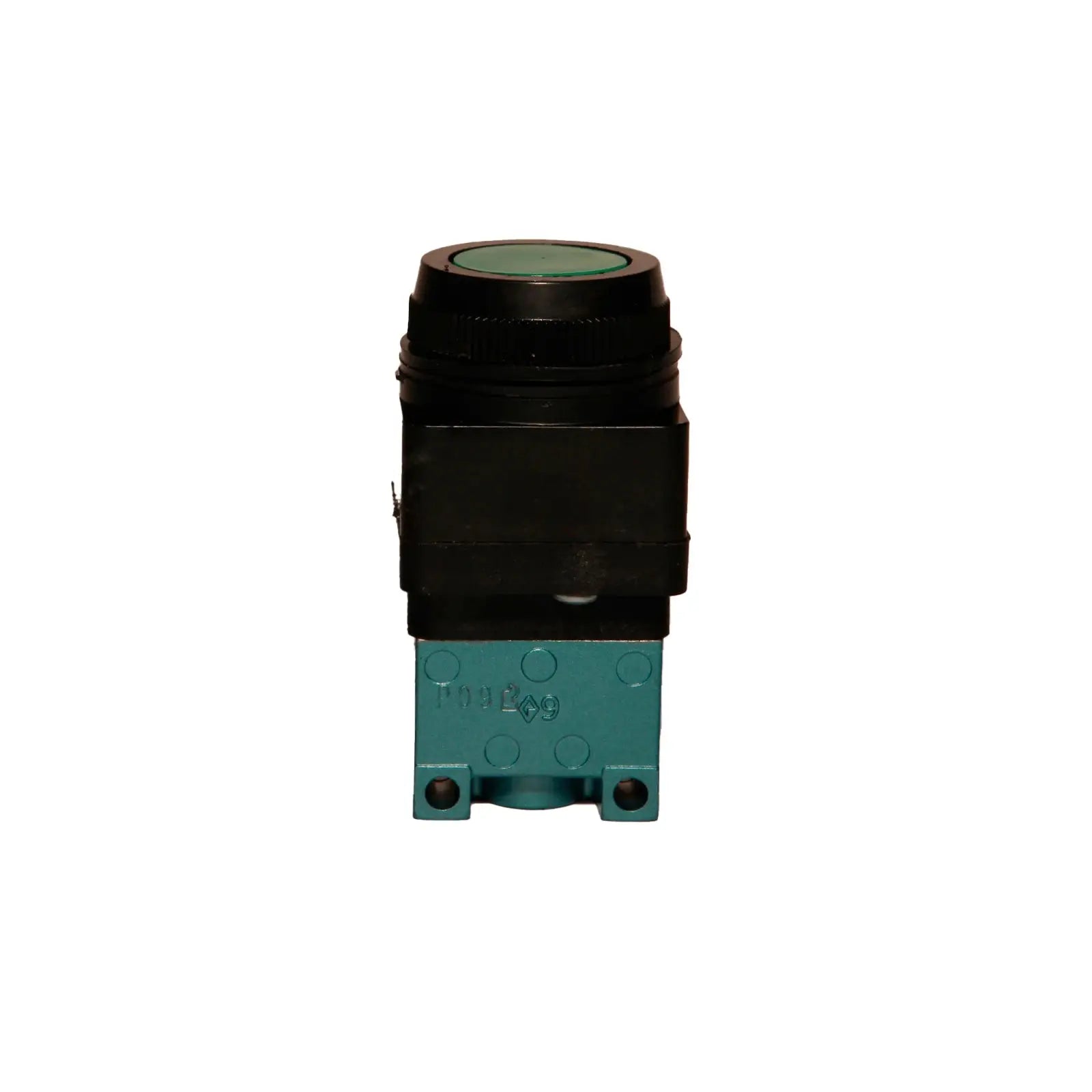

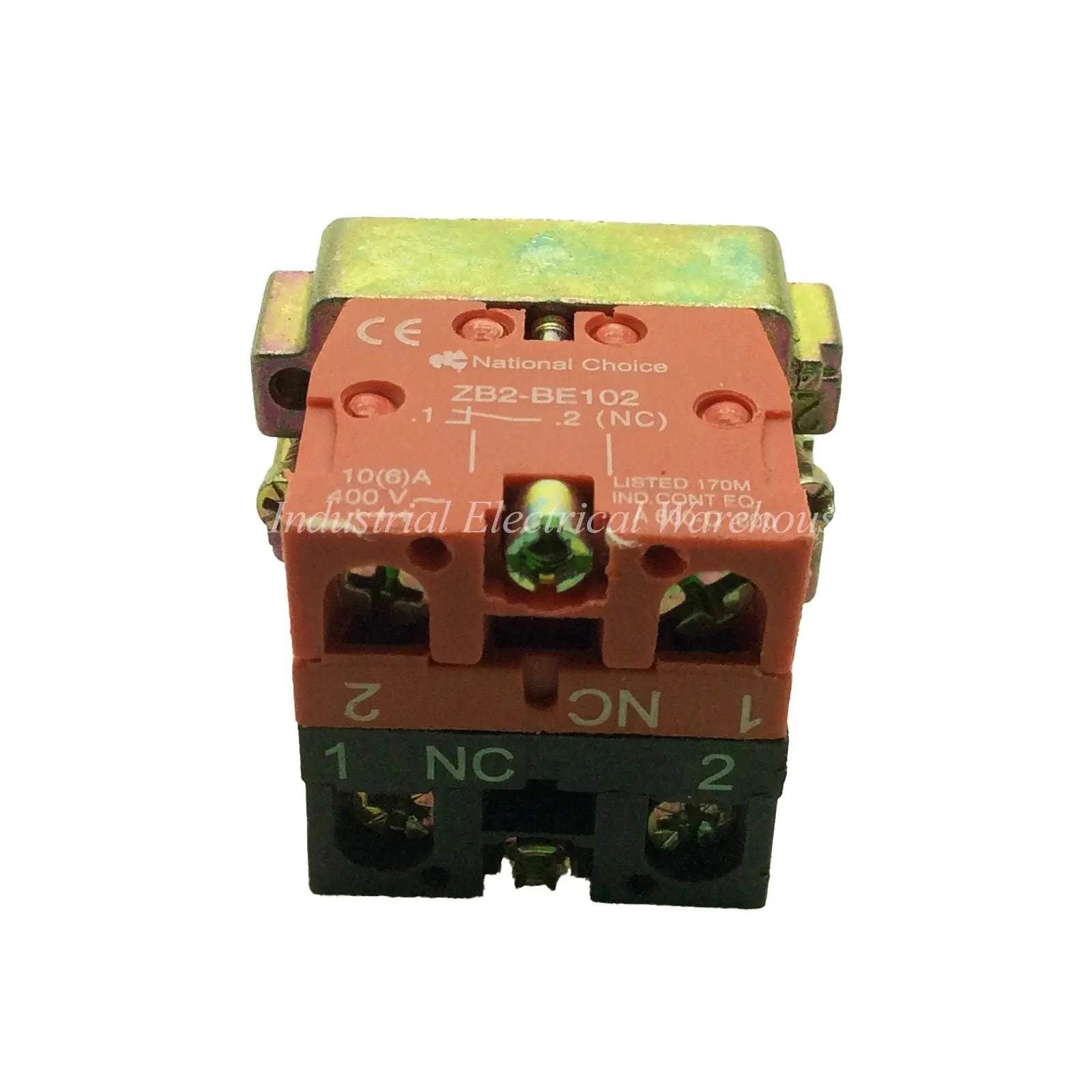

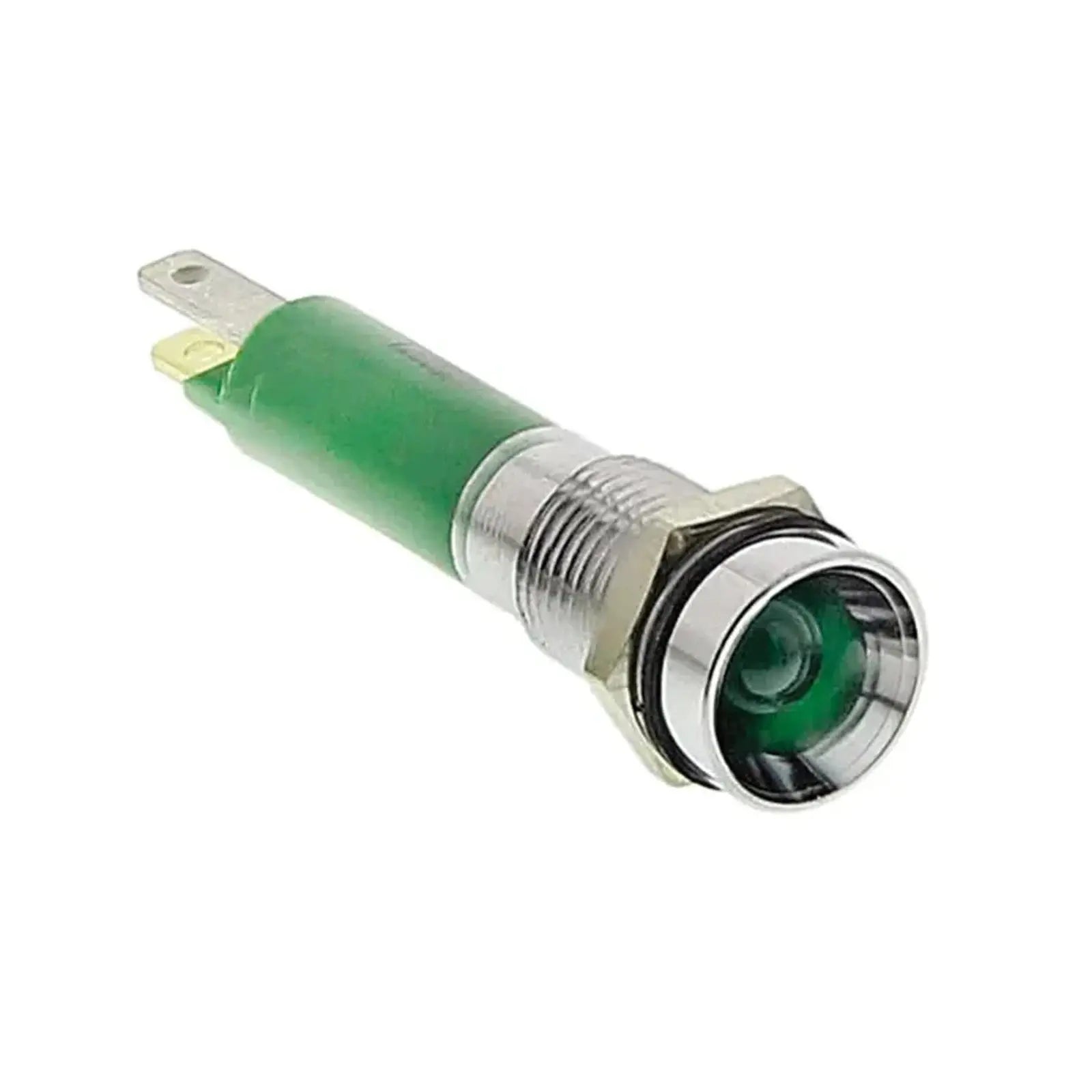
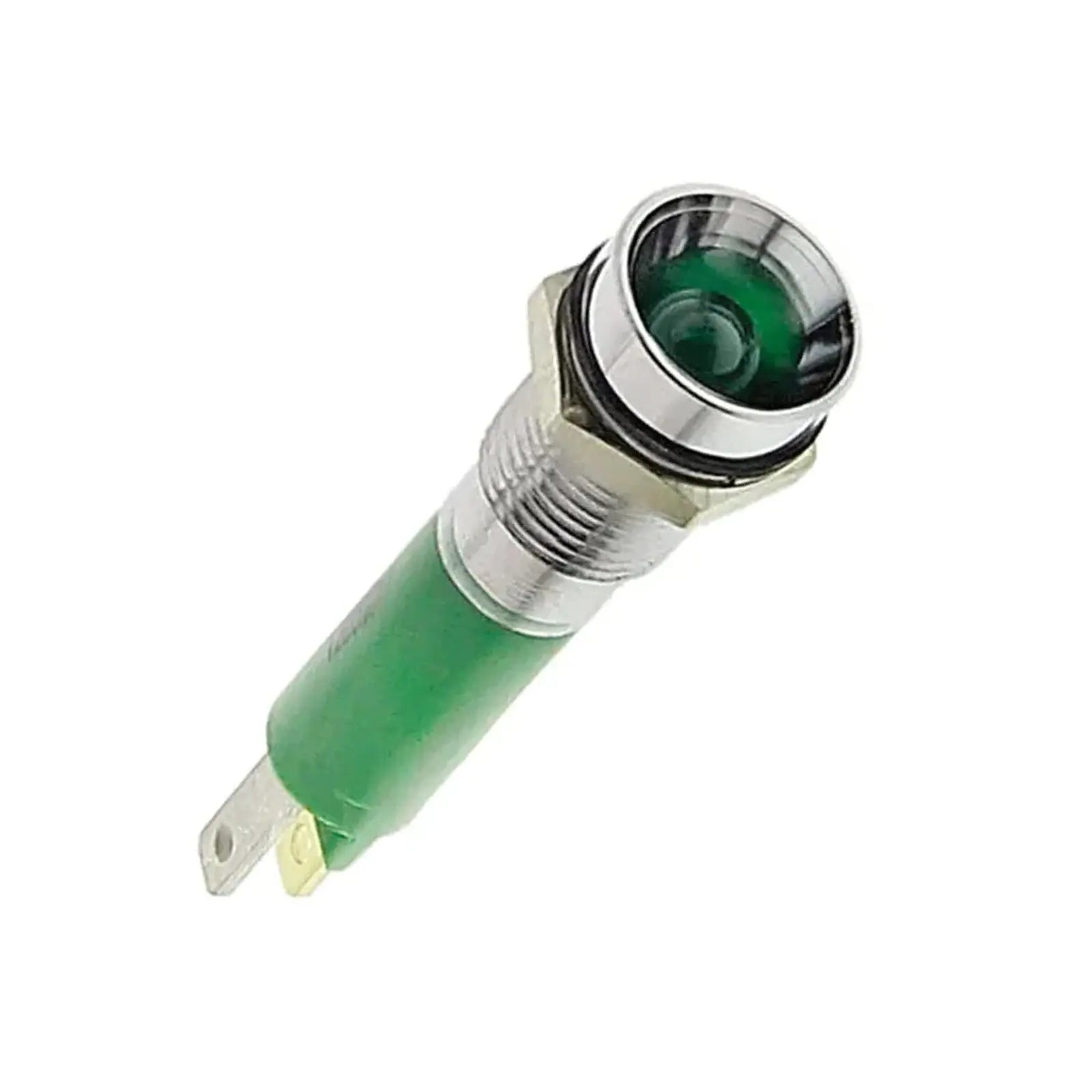
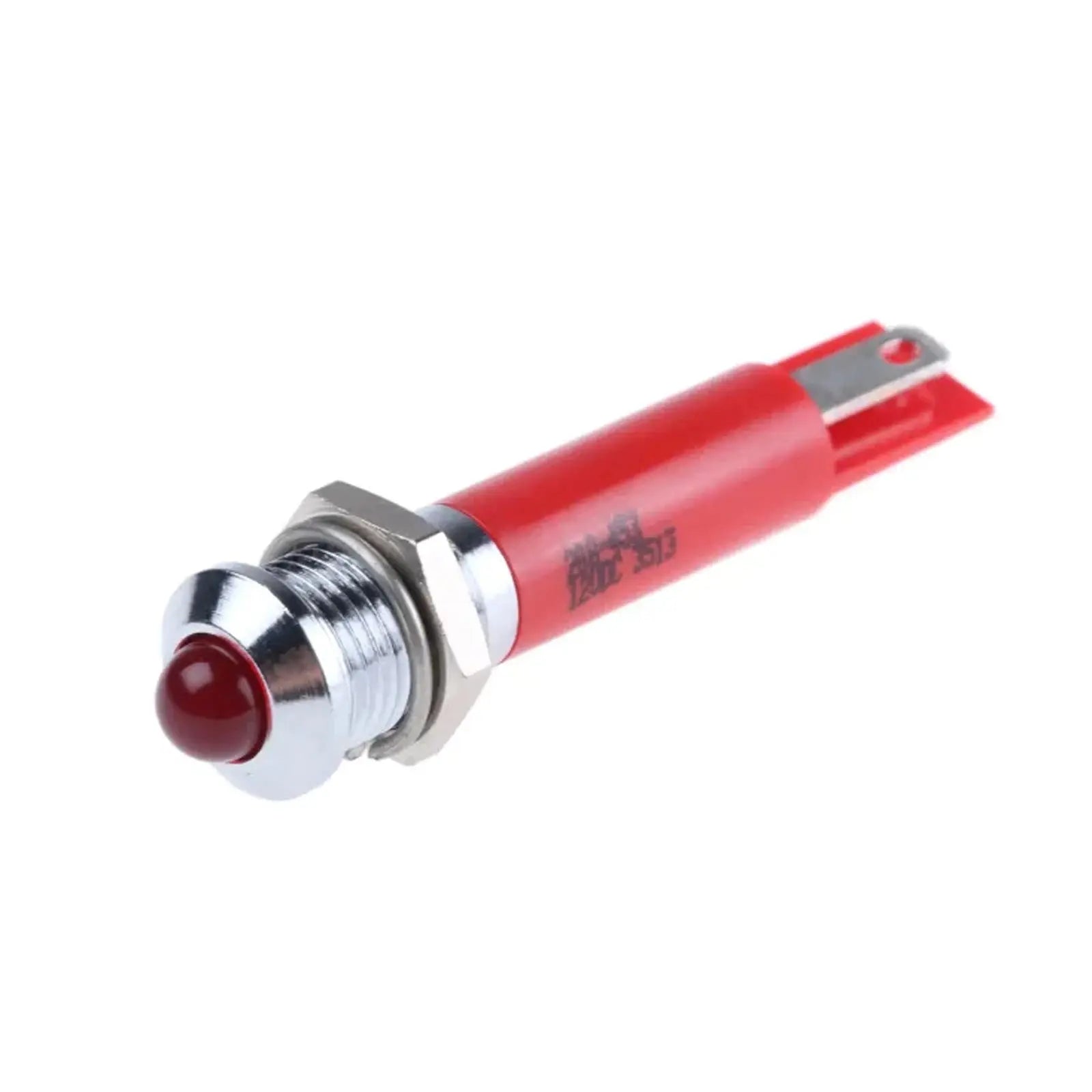
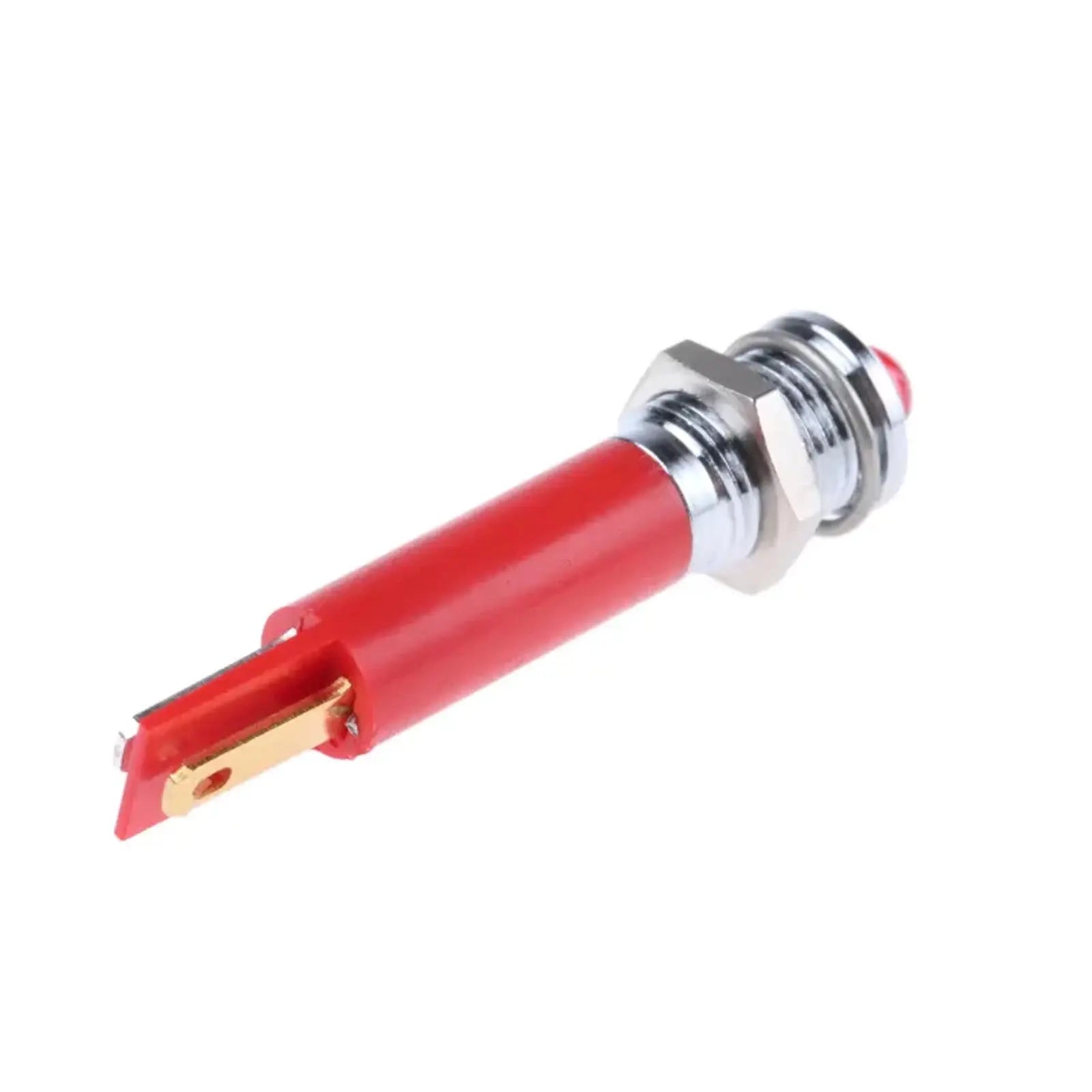
Descubra nuestra amplia gama de accesorios, incluyendo pulsadores e interruptores, diseñados para optimizar sus proyectos. Nuestra colección incluye componentes de alta calidad que garantizan fiabilidad y rendimiento. Tanto si actualiza sus sistemas como si construye nuevos, nuestros pulsadores e interruptores son la opción perfecta para cualquier aplicación.
¿Por qué elegir nuestros pulsadores e interruptores?
Nuestros pulsadores e interruptores se fabrican con precisión y durabilidad. Son adecuados para diversas aplicaciones, desde maquinaria industrial hasta electrónica de consumo. Con un enfoque en la calidad, nuestros productos ofrecen un rendimiento duradero y facilidad de uso.
Explore nuestra selección para encontrar la opción perfecta para sus necesidades. Ofrecemos una variedad de estilos, tamaños y funcionalidades que se adaptan a sus necesidades específicas. Nuestra interfaz intuitiva facilita la búsqueda y selección de los componentes adecuados para su proyecto.
Cómo seleccionar los pulsadores e interruptores adecuados
Elegir los pulsadores e interruptores adecuados implica considerar factores como la aplicación, el entorno y el diseño. Nuestras descripciones y especificaciones detalladas de los productos le ayudarán a tomar decisiones informadas. Además, nuestro equipo de atención al cliente está disponible para ayudarle con cualquier pregunta que pueda tener.
Mejore sus proyectos con nuestros accesorios confiables y eficientes. Nuestro compromiso con la calidad le garantiza los mejores productos disponibles. Explore nuestra colección hoy mismo y experimente la diferencia en rendimiento y confiabilidad.
¿Necesita pedidos al por mayor o recomendaciones de expertos sobre botones pulsadores e interruptores?
¿Busca pedidos al por mayor de pulsadores e interruptores o necesita ayuda para elegir la solución industrial adecuada? Nuestro equipo está aquí para ayudarle con presupuestos personalizados, recomendaciones de productos y asesoramiento técnico. Ya sea electricista, contratista o empresario, ofrecemos soluciones a medida para satisfacer sus necesidades.
📩 ¡ Contáctanos o chatea con nosotros en vivo para obtener asistencia instantánea!
¡Explora nuestra colección de ofertas de locura mensual!
¡No te pierdas los grandes ahorros en nuestra tienda! Descubre las mejores ofertas en:
¡Explora estas categorías ahora y aprovecha las mejores ofertas antes de que se acaben!
- Todos los productos de nuestra gama : productos de primera calidad seleccionados especialmente para usted.
- Los más vendidos : los favoritos de los clientes y los artículos más demandados.
- Ofertas y rebajas especiales de Watts : descuentos por tiempo limitado en productos imprescindibles.
- Watts New – Recién llegados y las últimas innovaciones.
-
Todas las colecciones : explora todo lo que tenemos para ofrecer.
¡Explora estas categorías ahora y aprovecha las mejores ofertas antes de que se acaben!
¡No olvides consultar nuestras grandes rebajas hasta agotar existencias!
Visto recientemente
Boletín informativo actual de Watts
Manténgase conectado con los últimos productos eléctricos industriales, ofertas exclusivas y actualizaciones de expertos.
Regístrate ahora y no te lo pierdas

